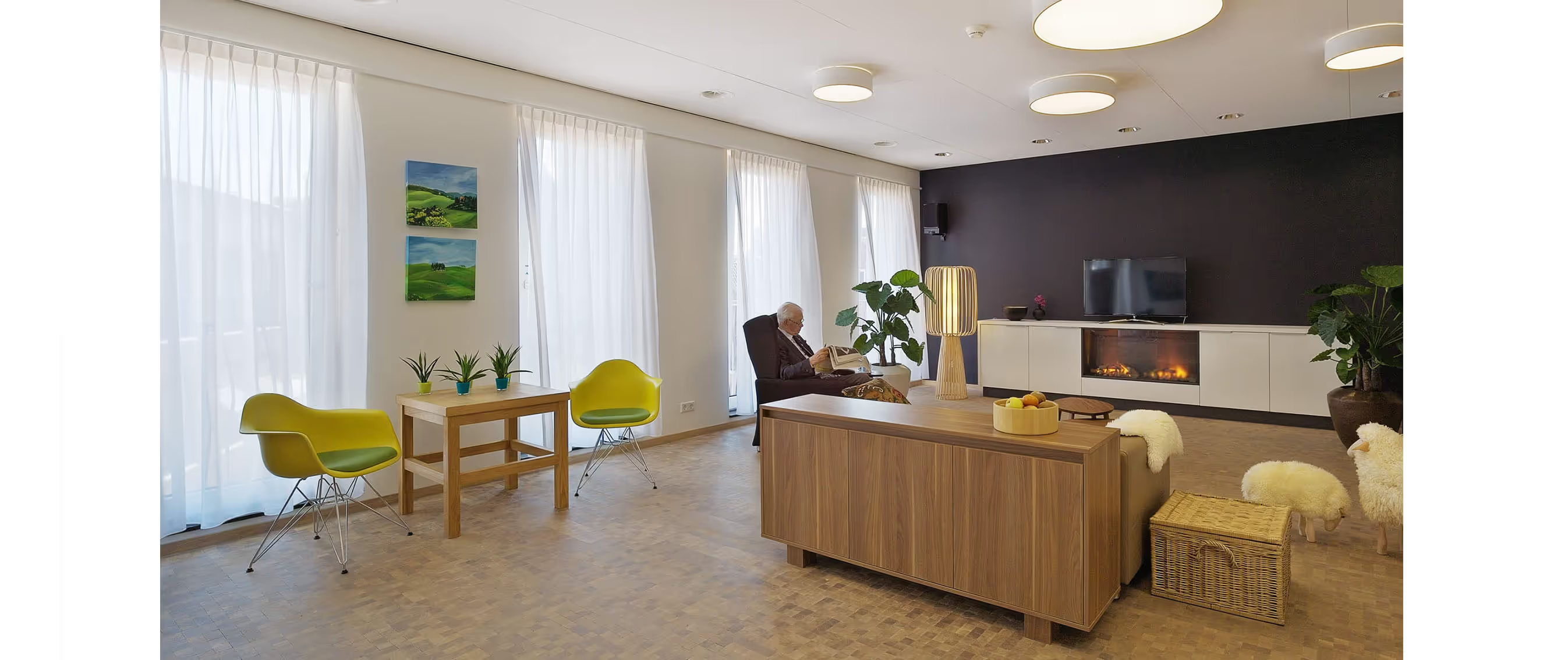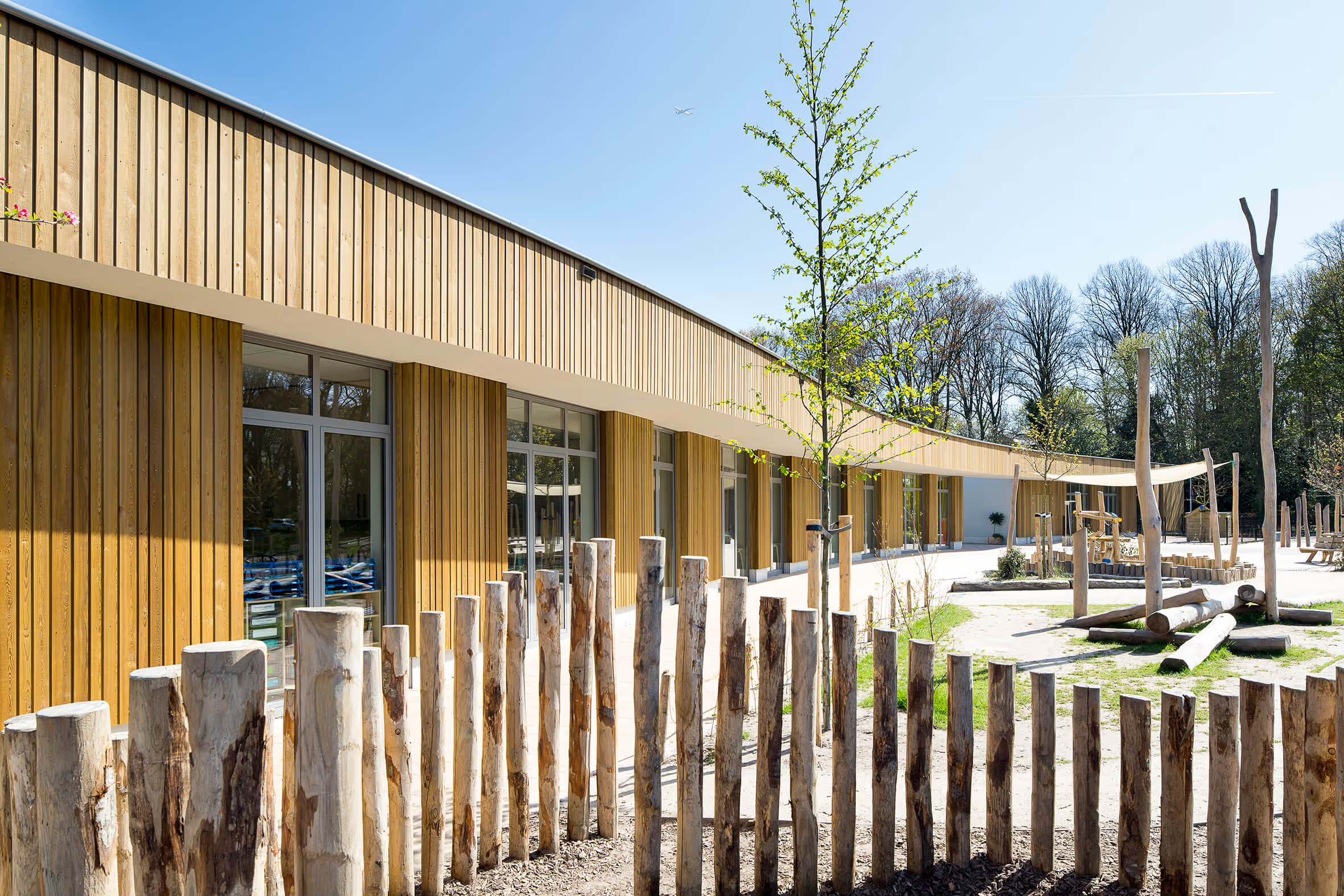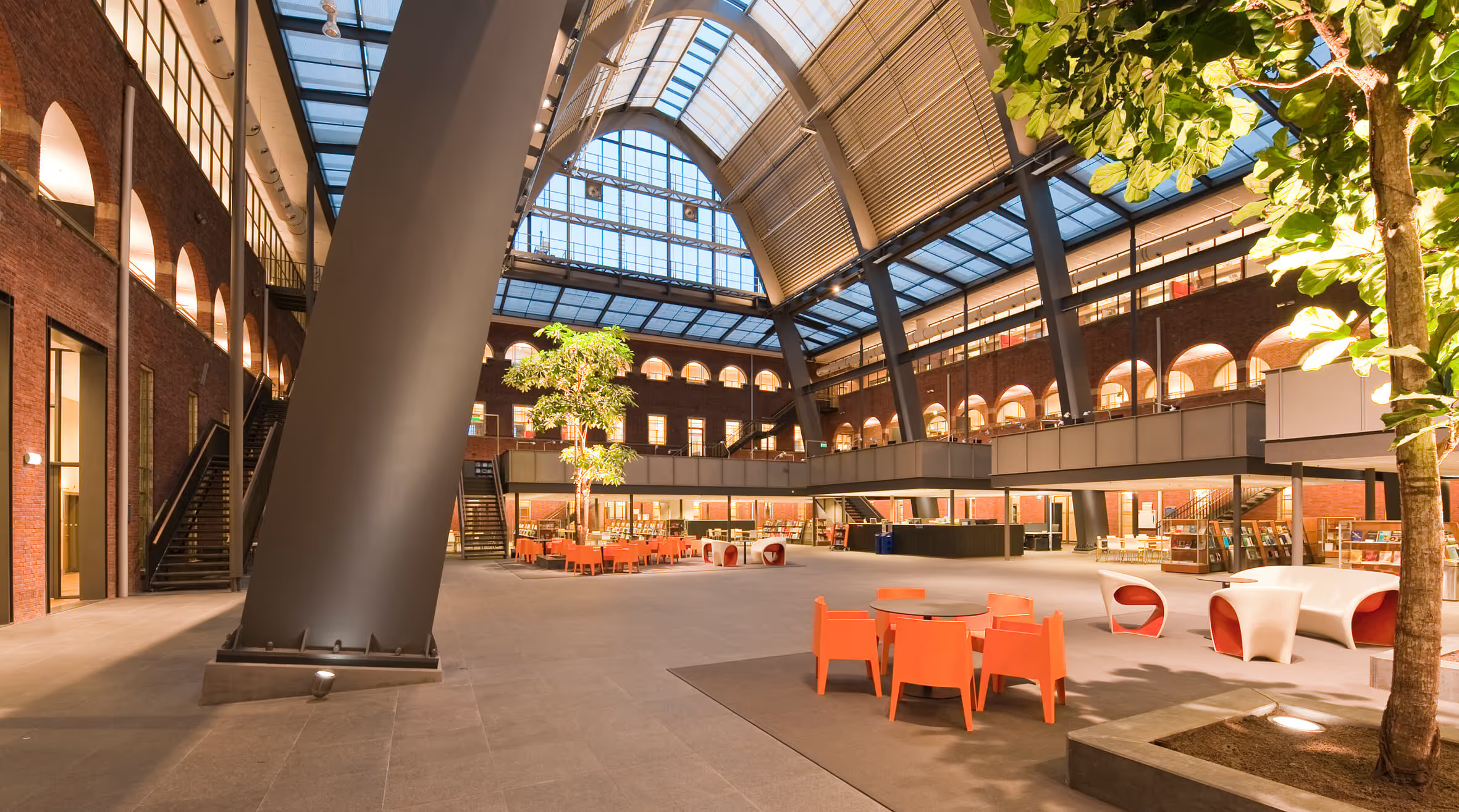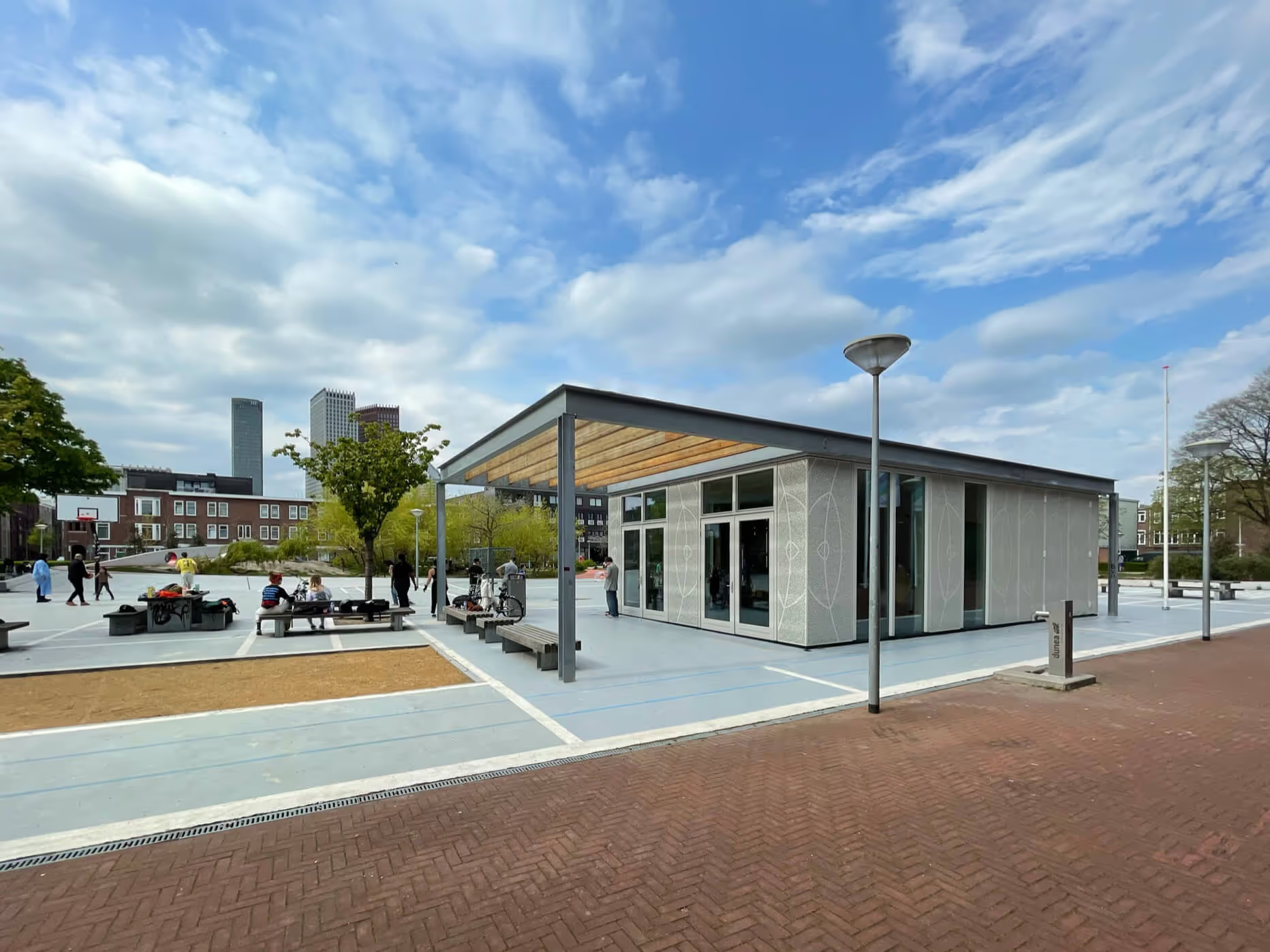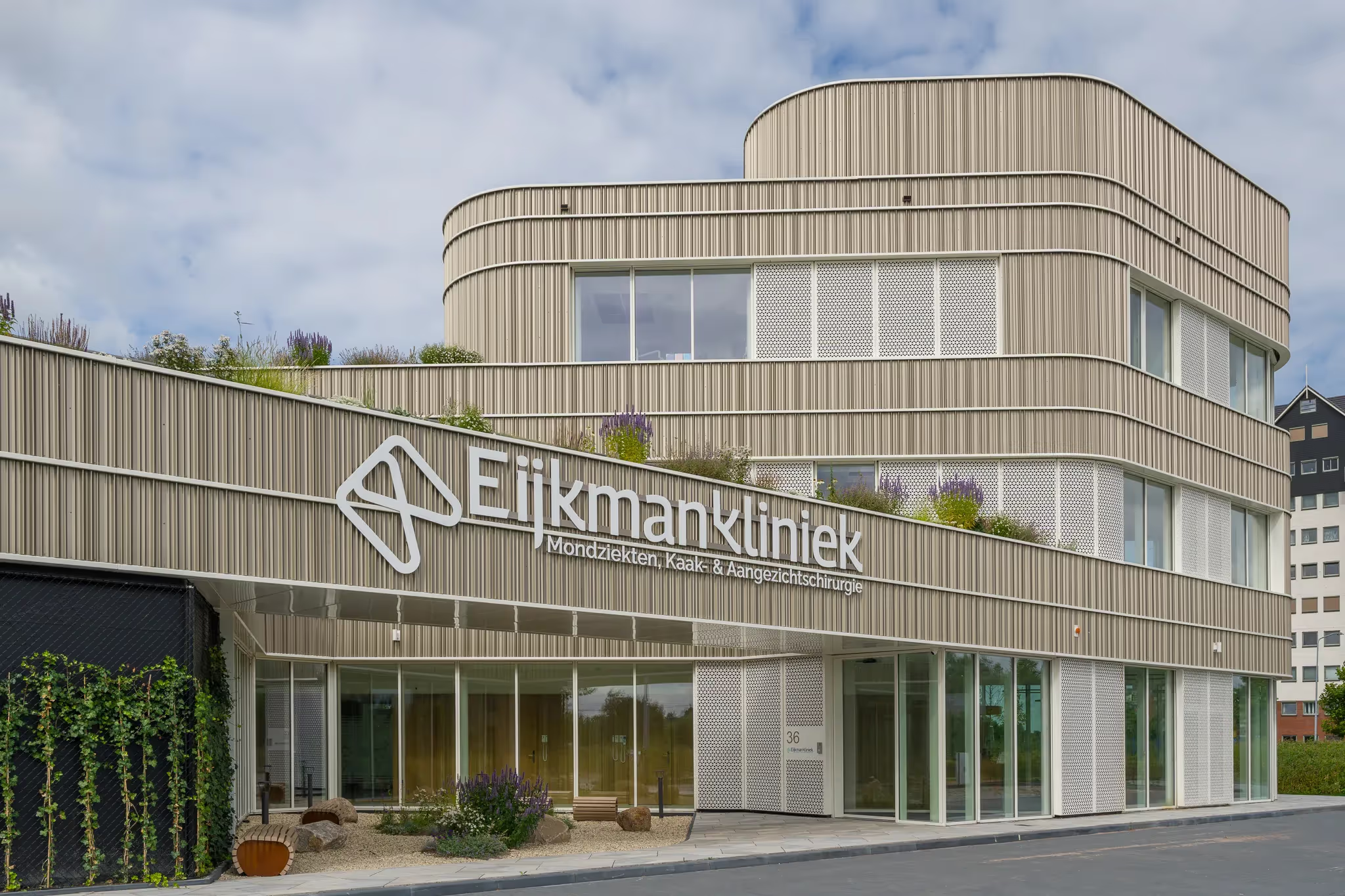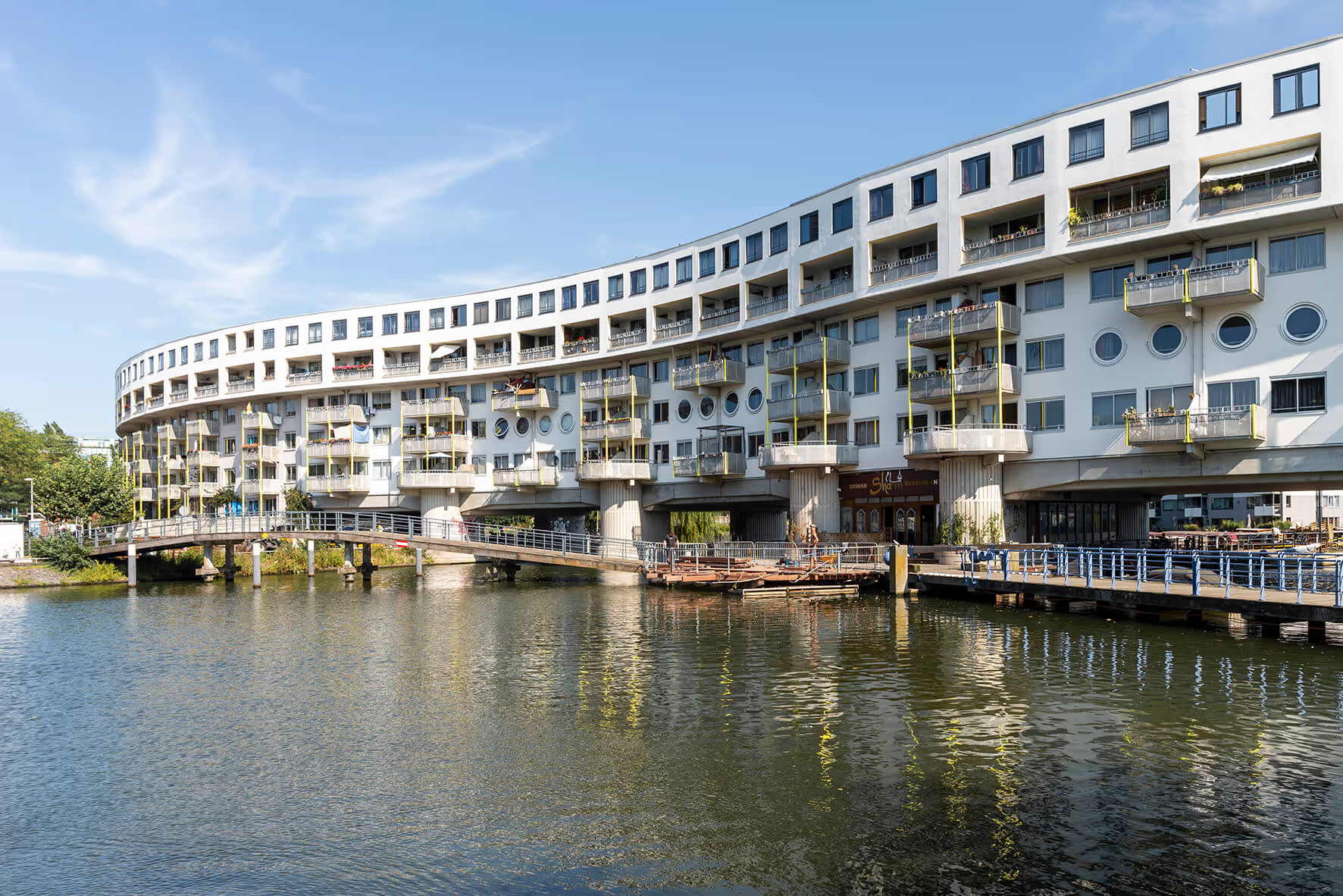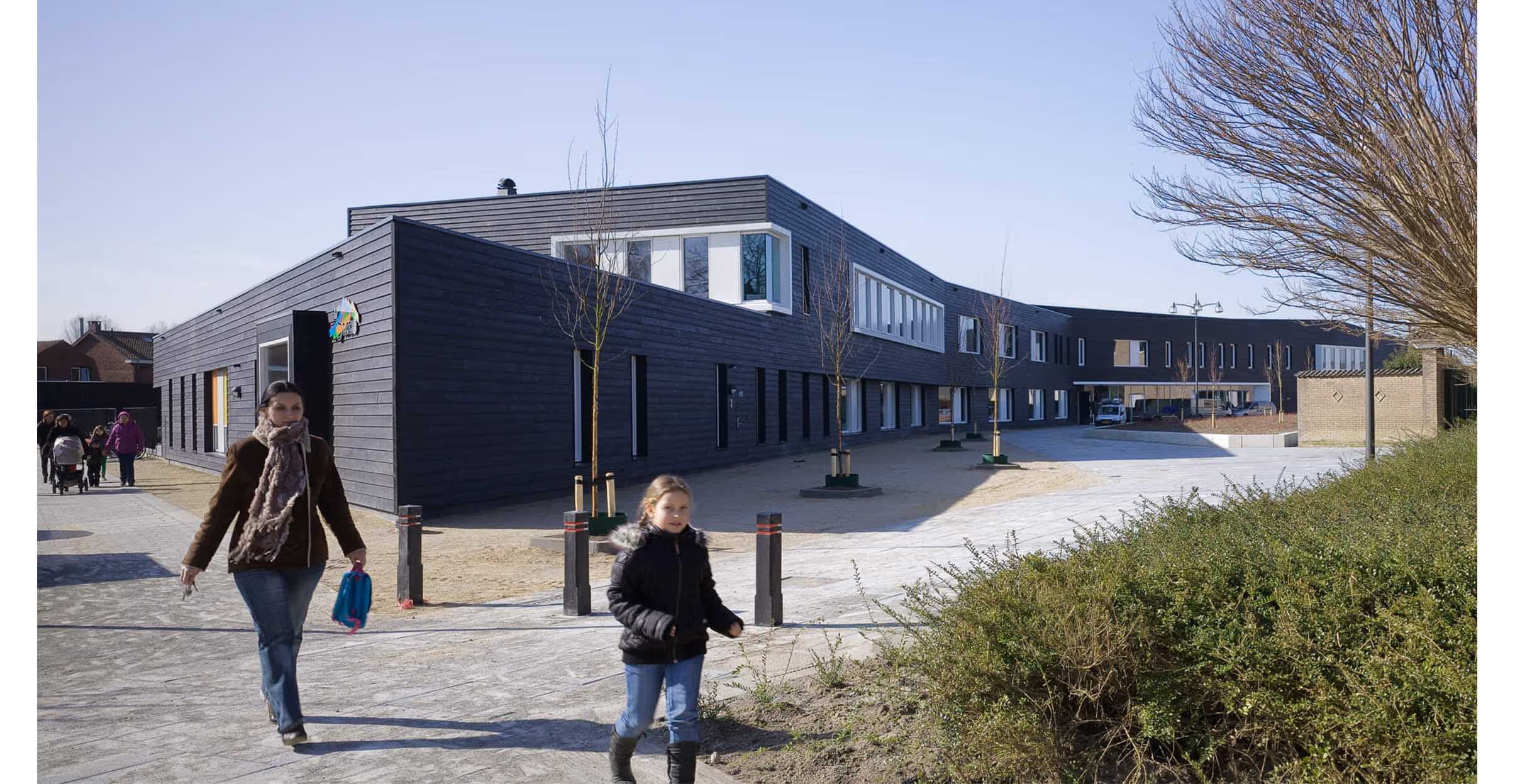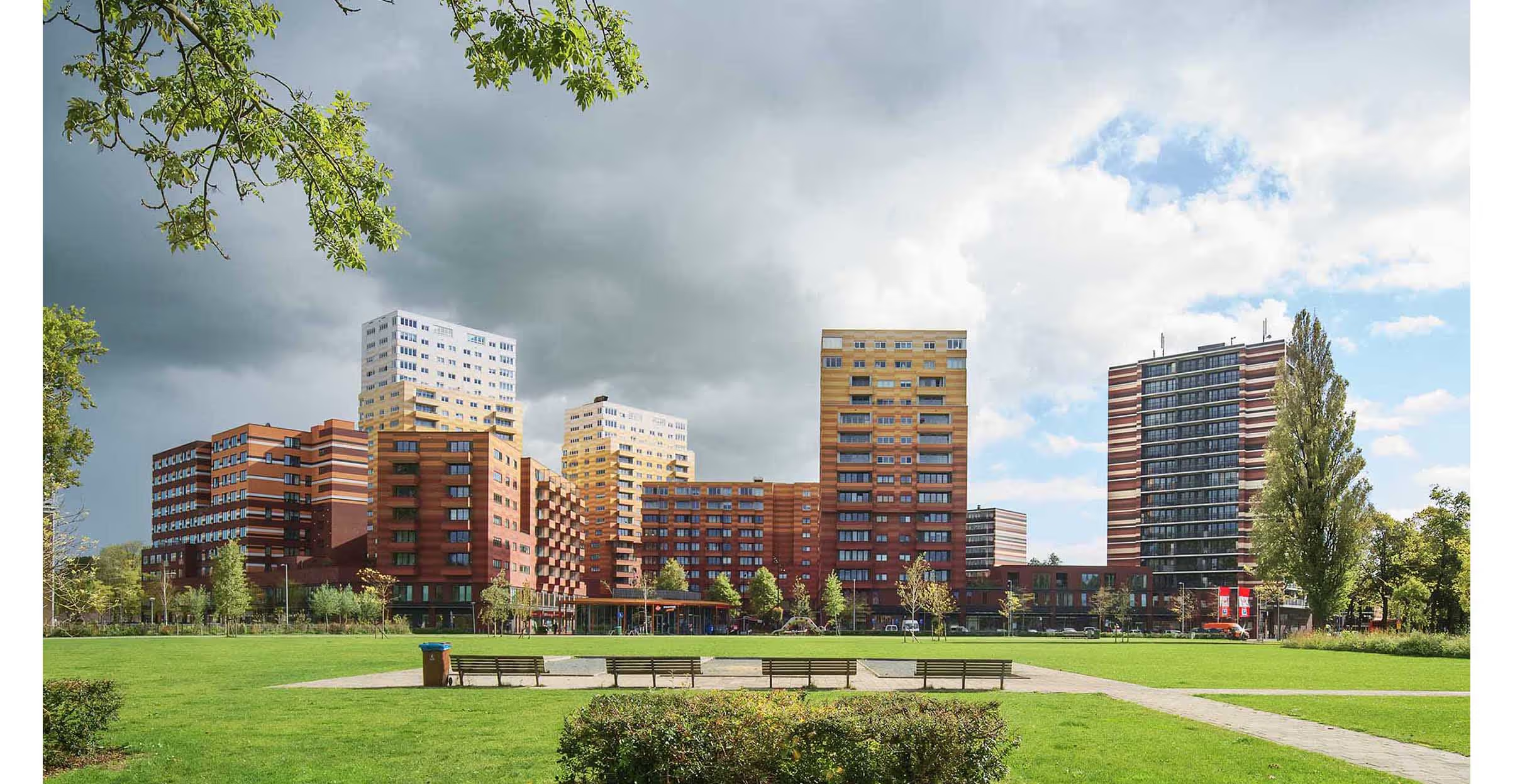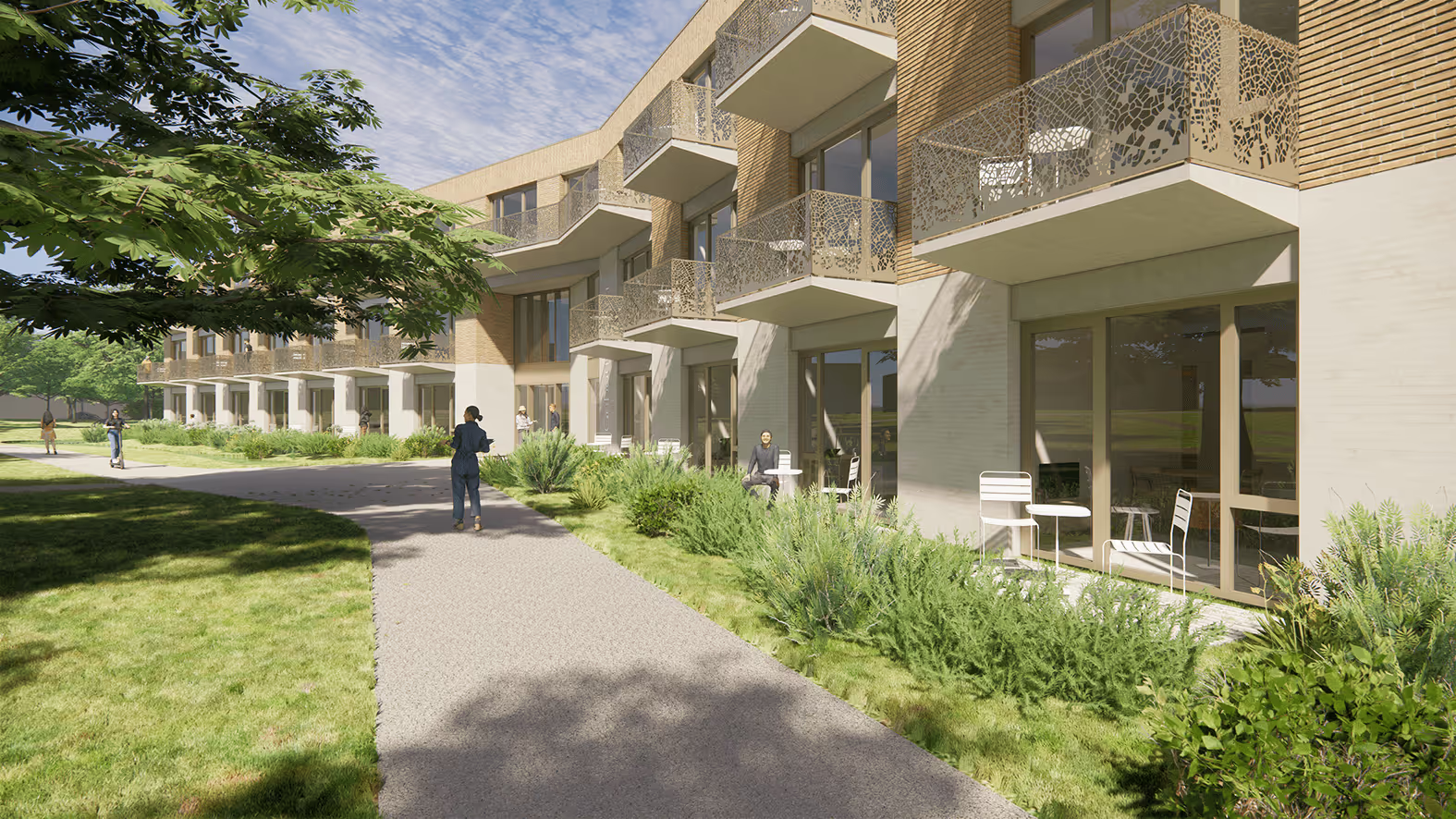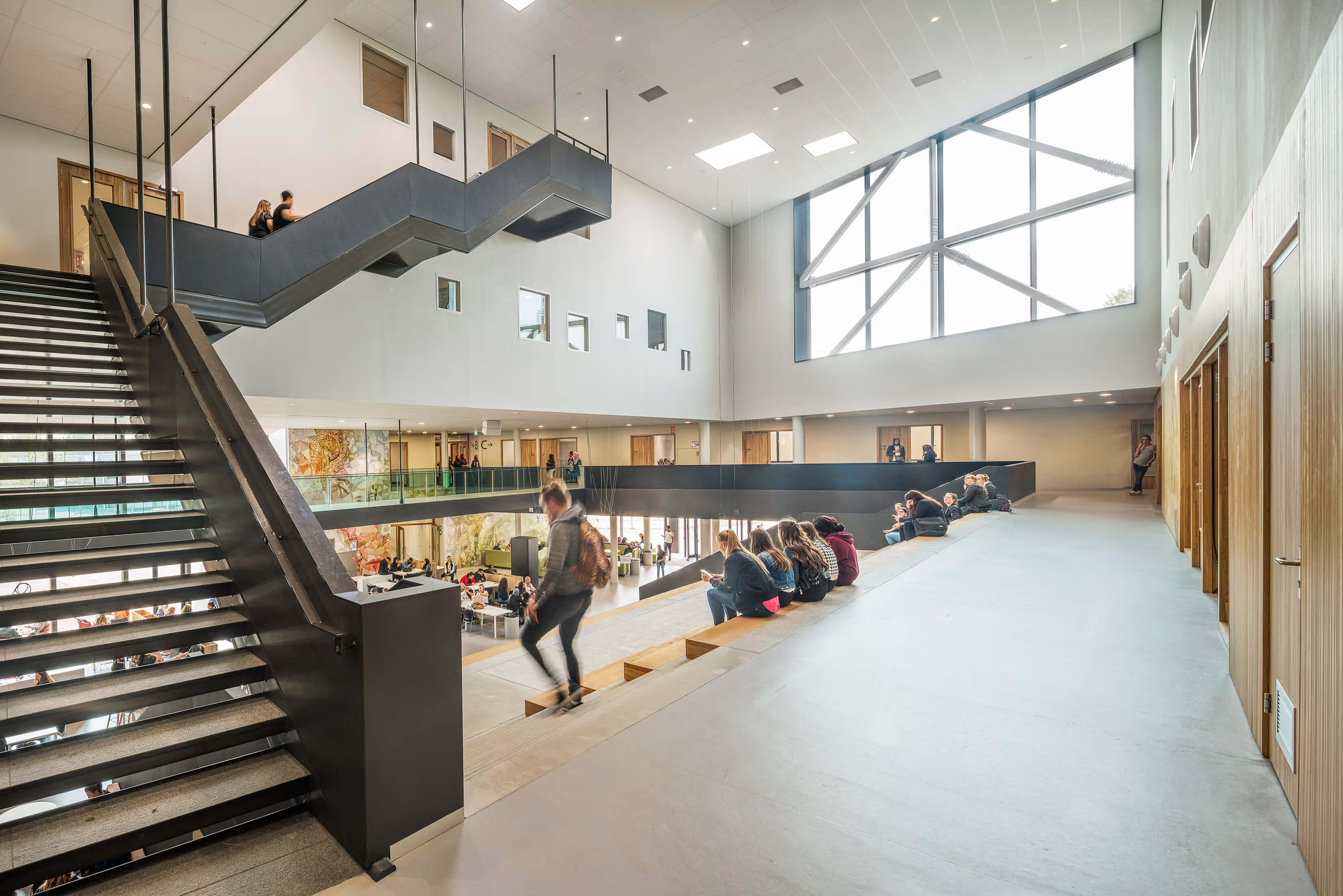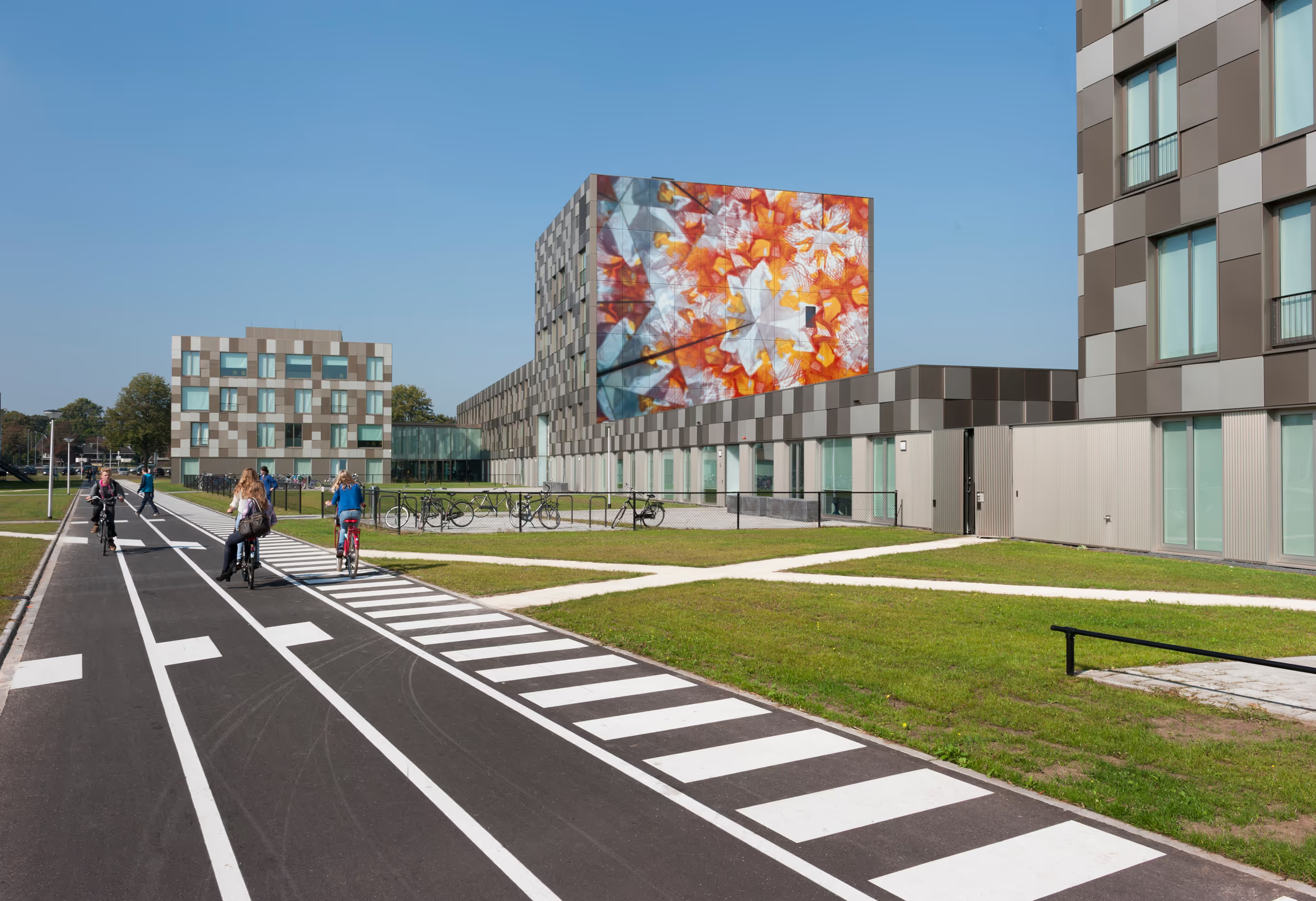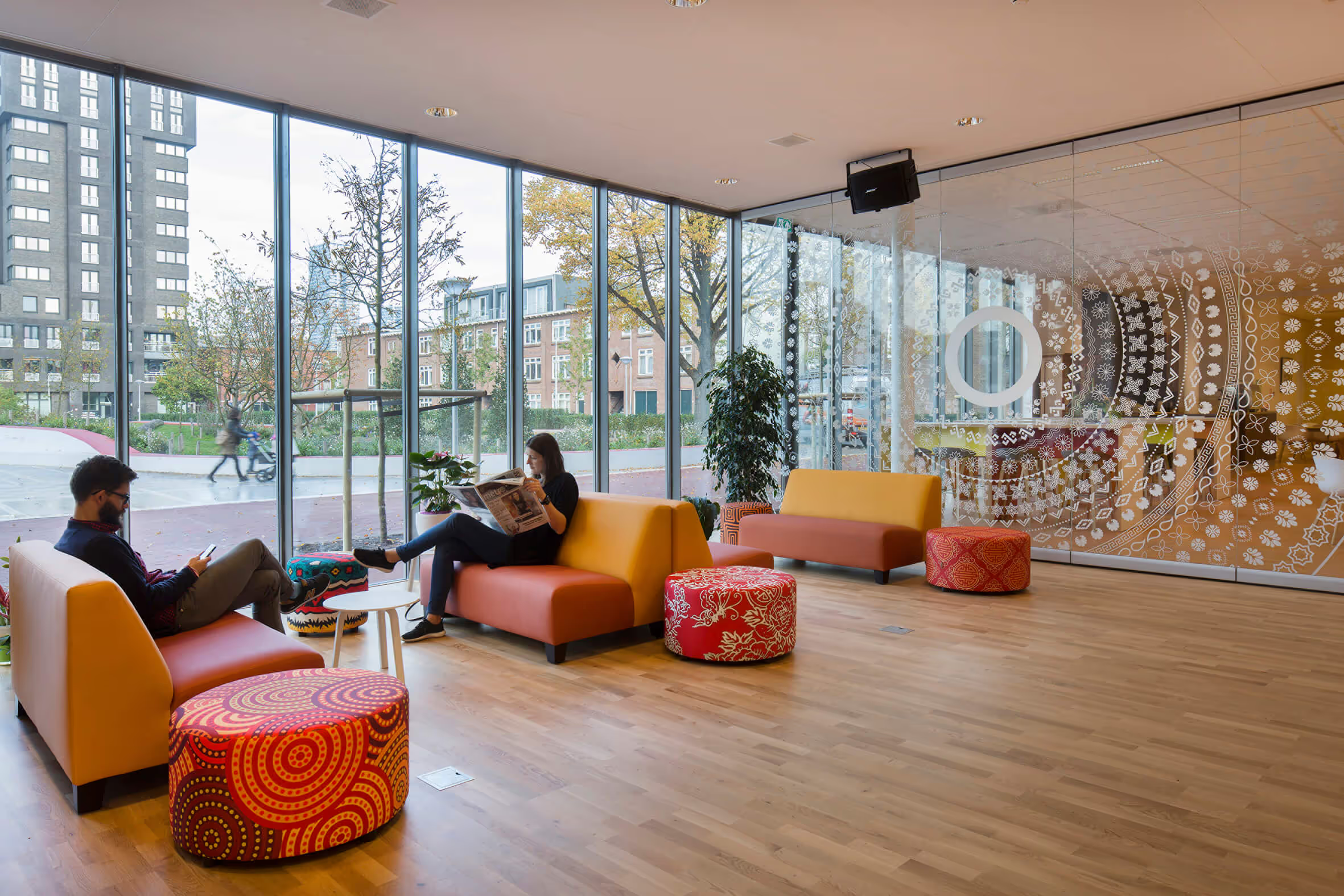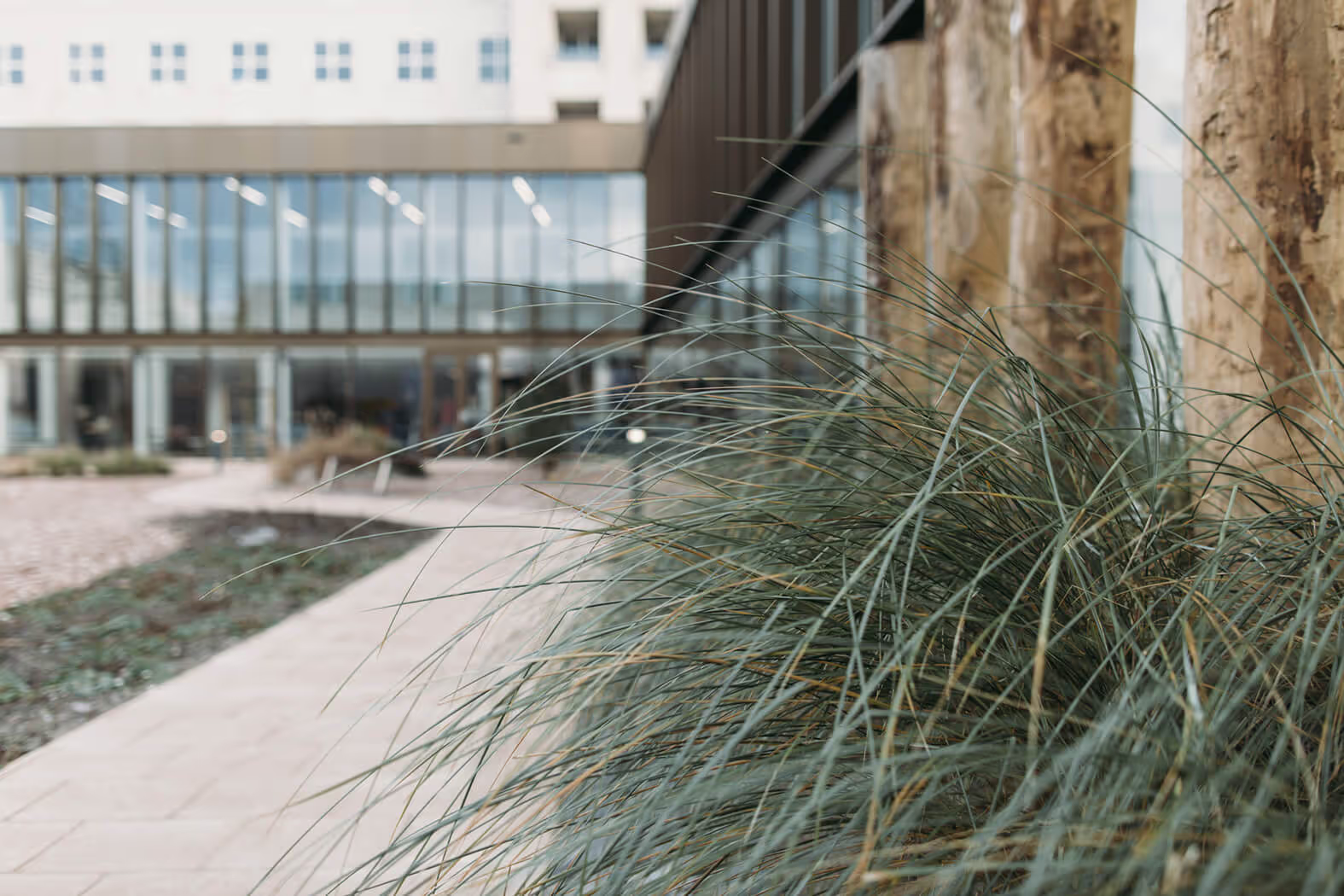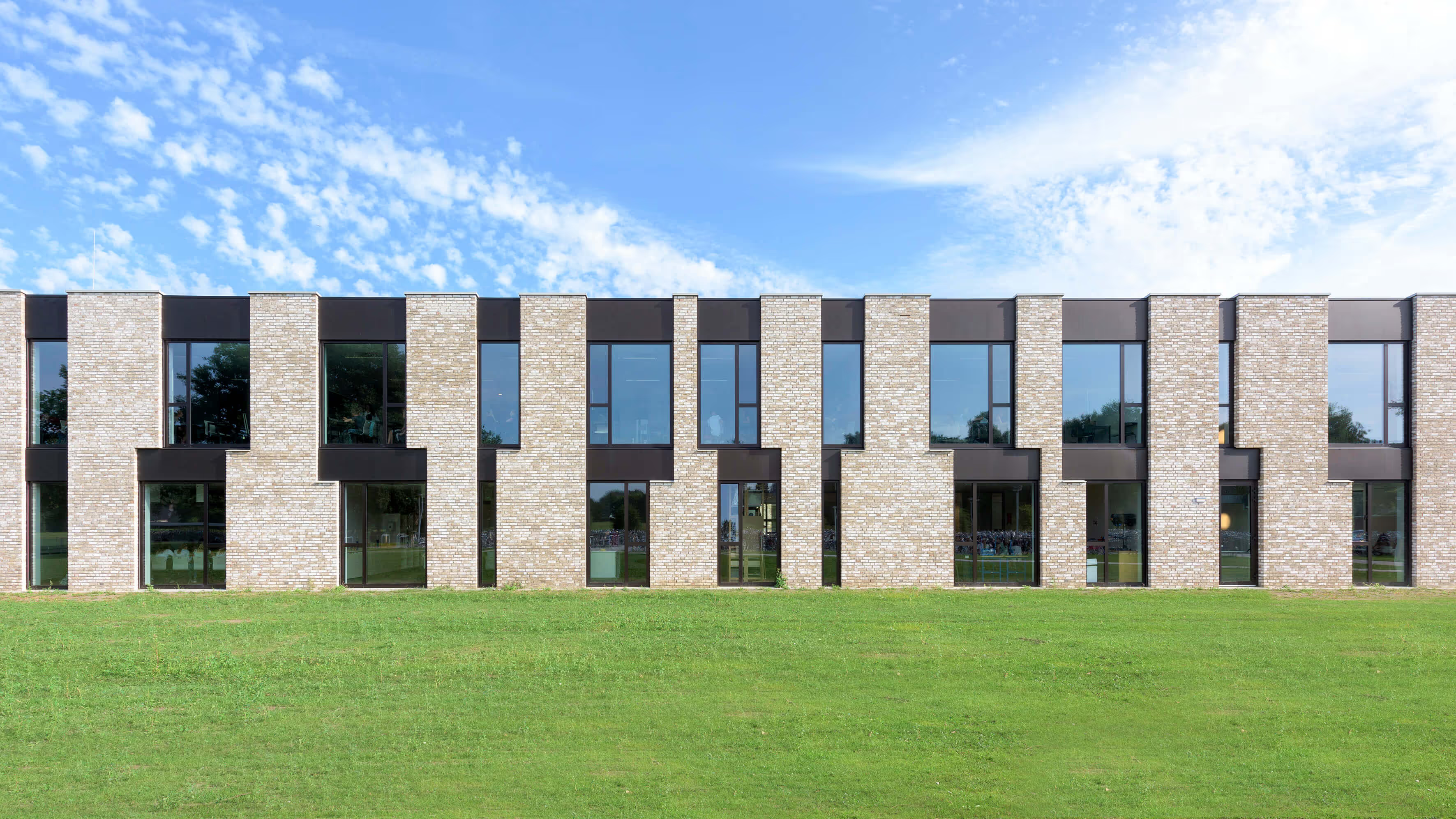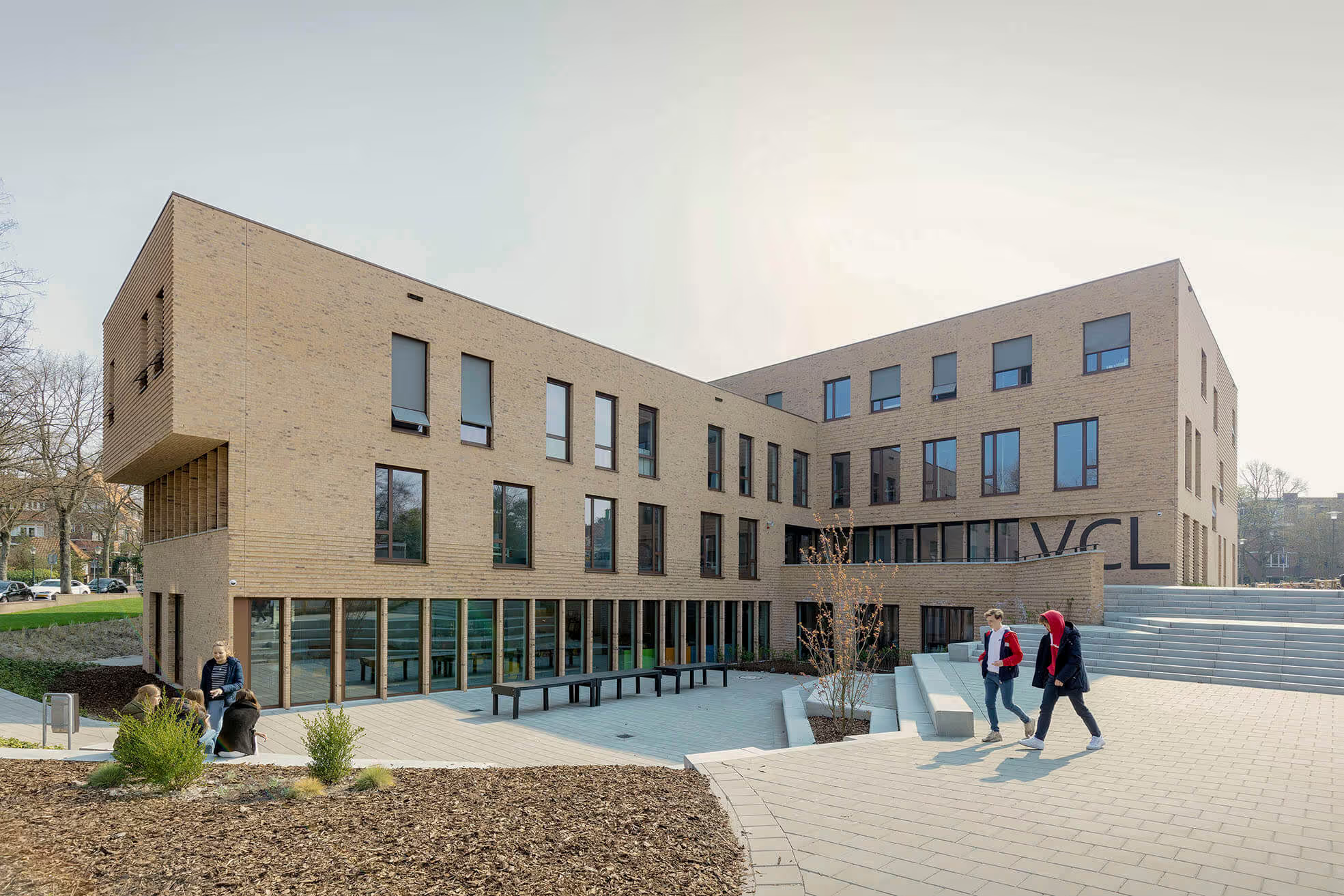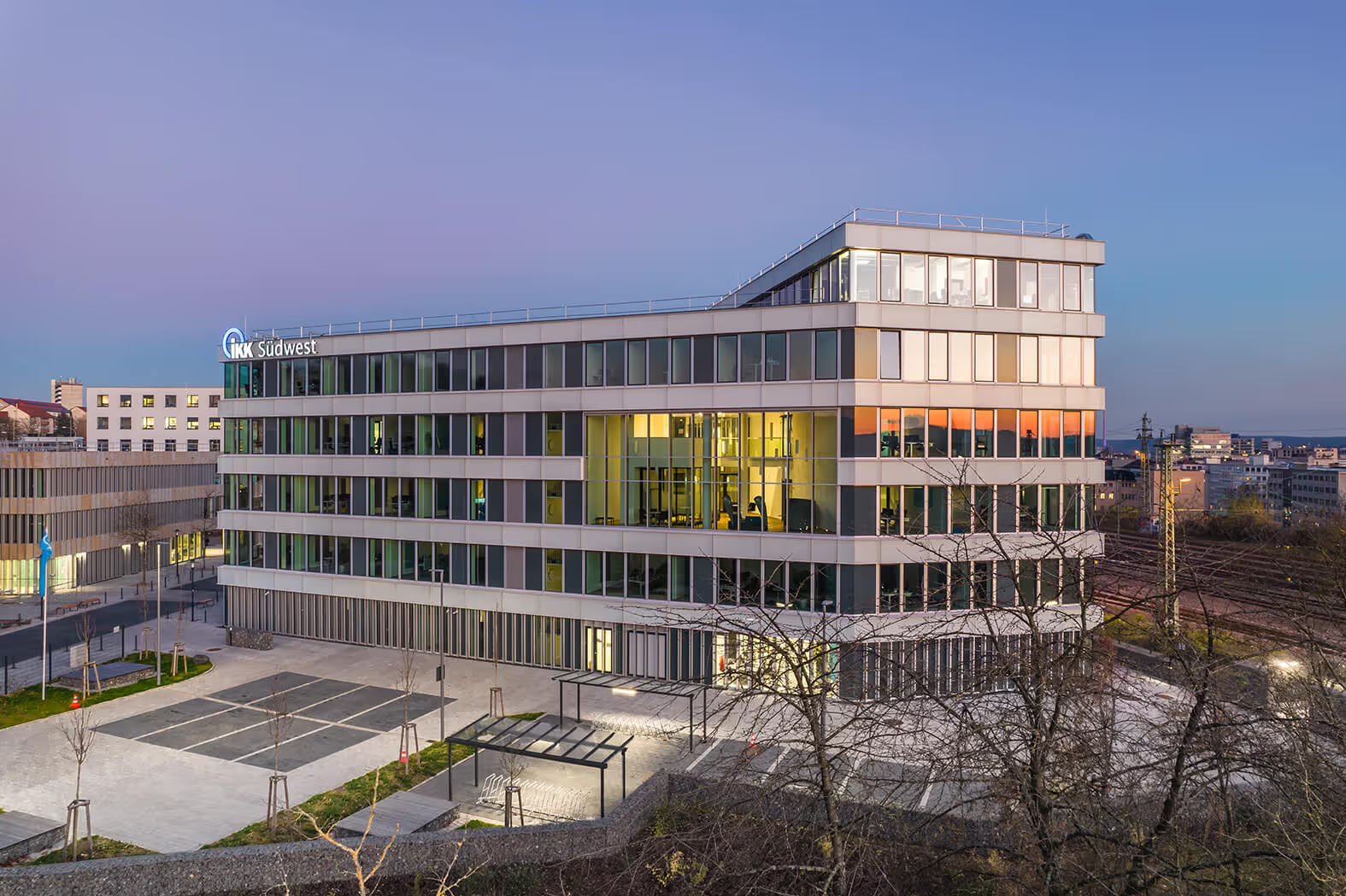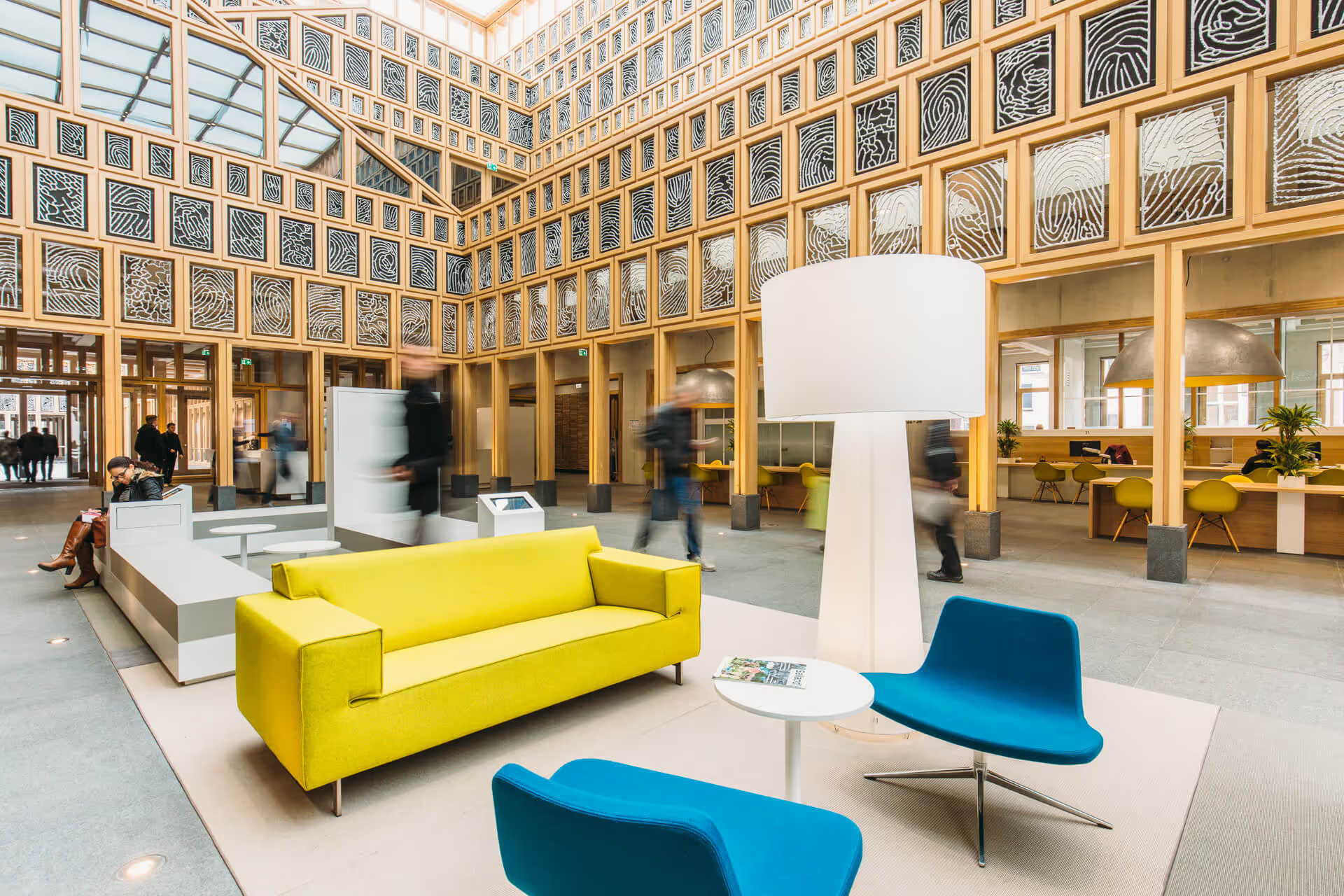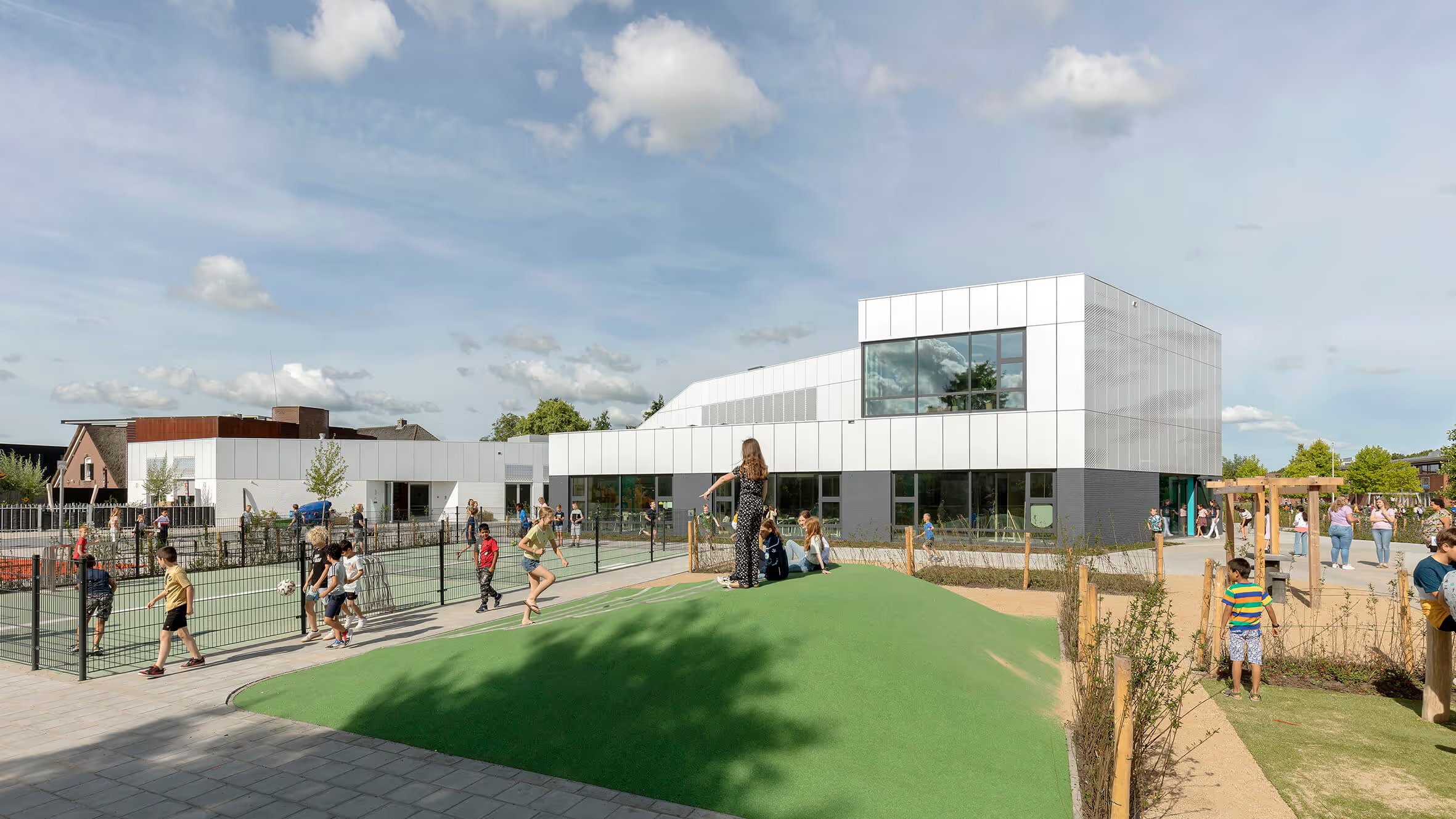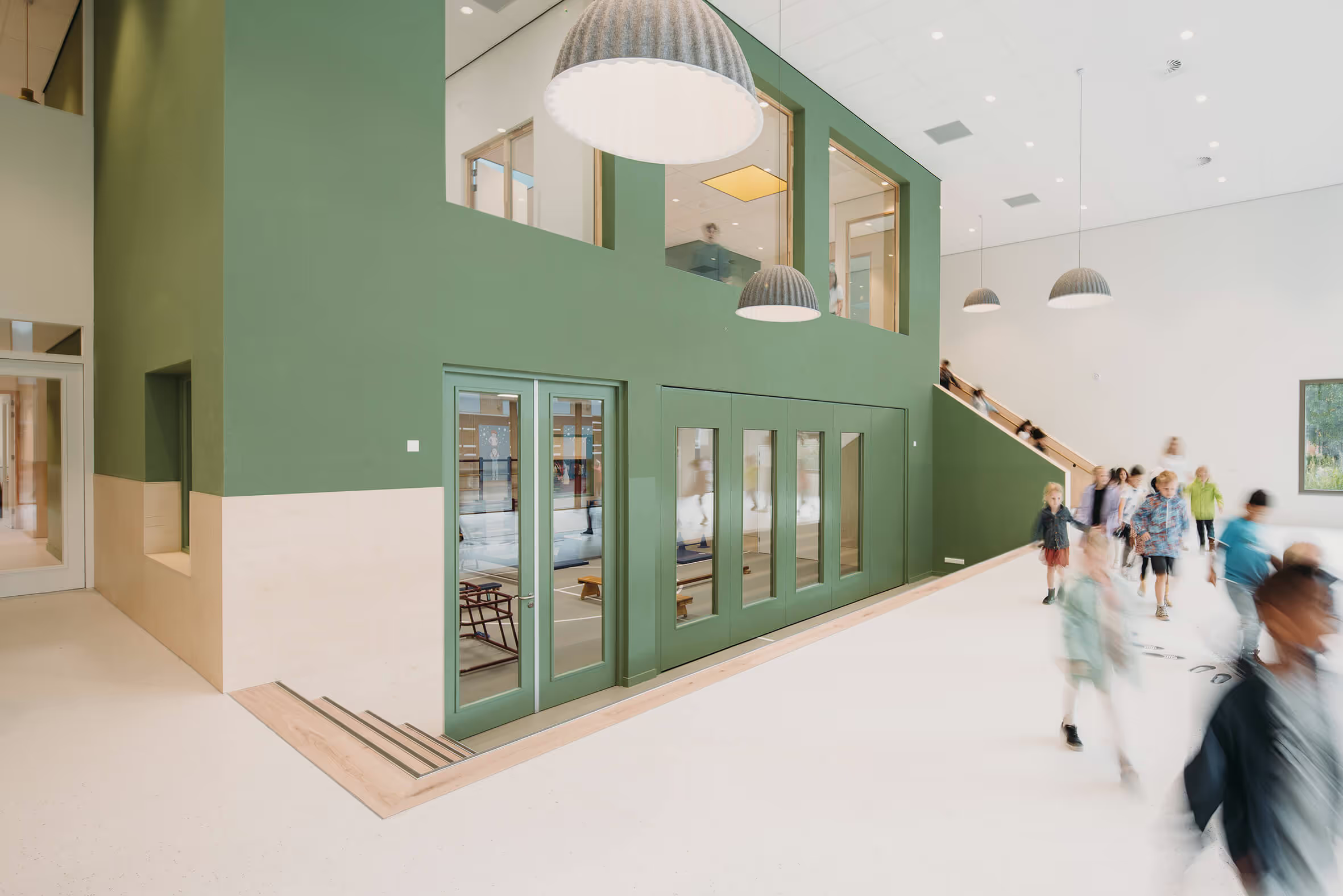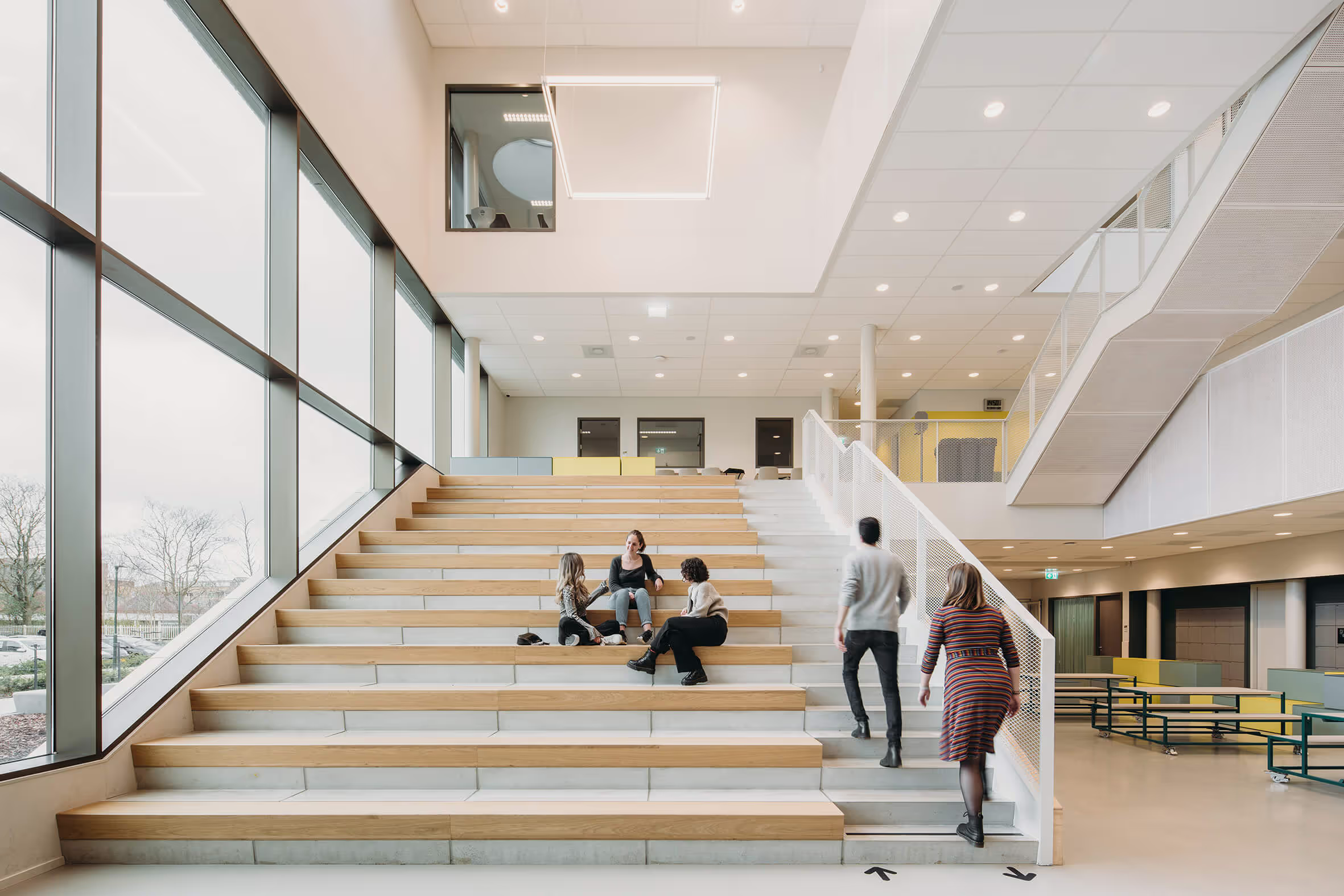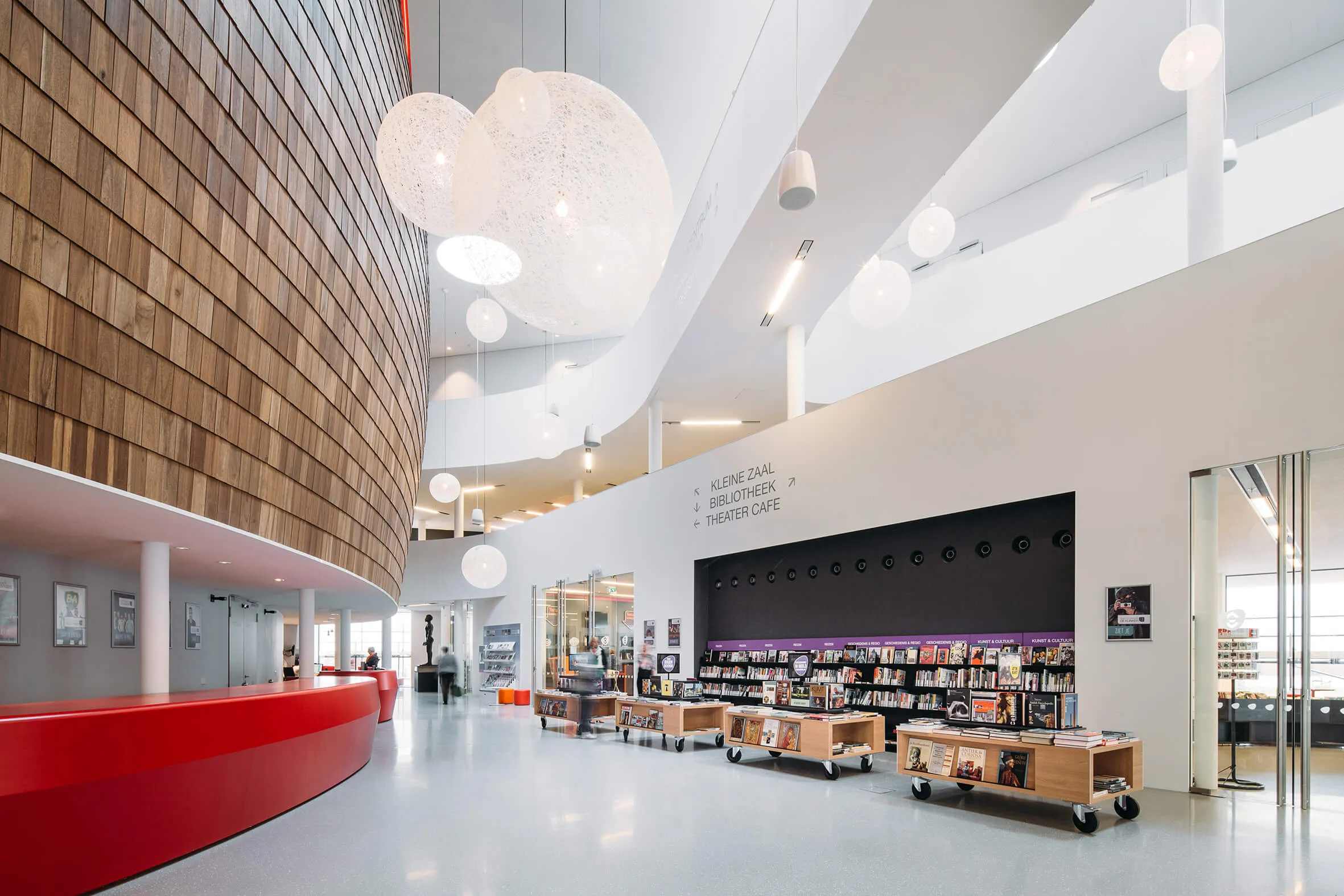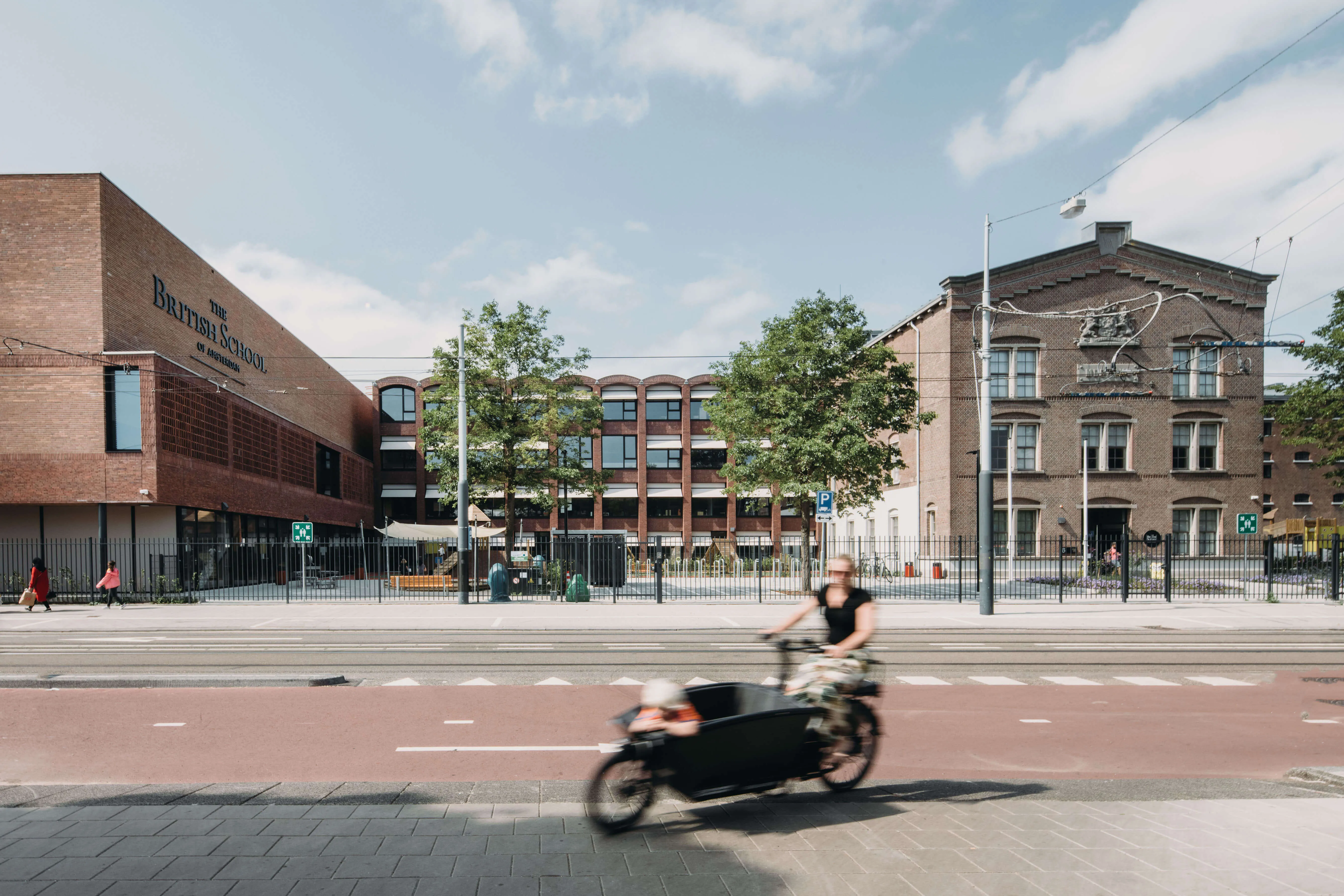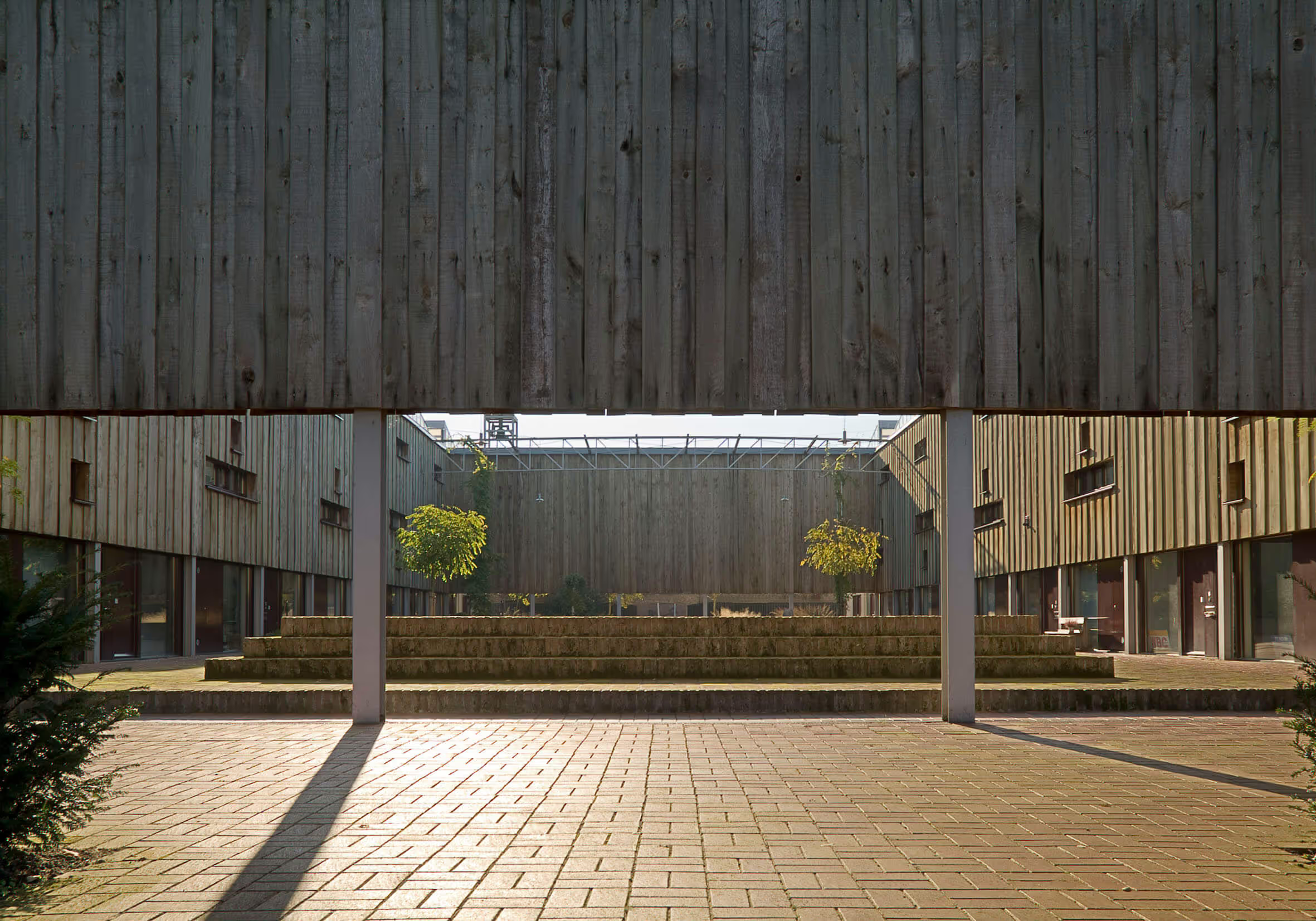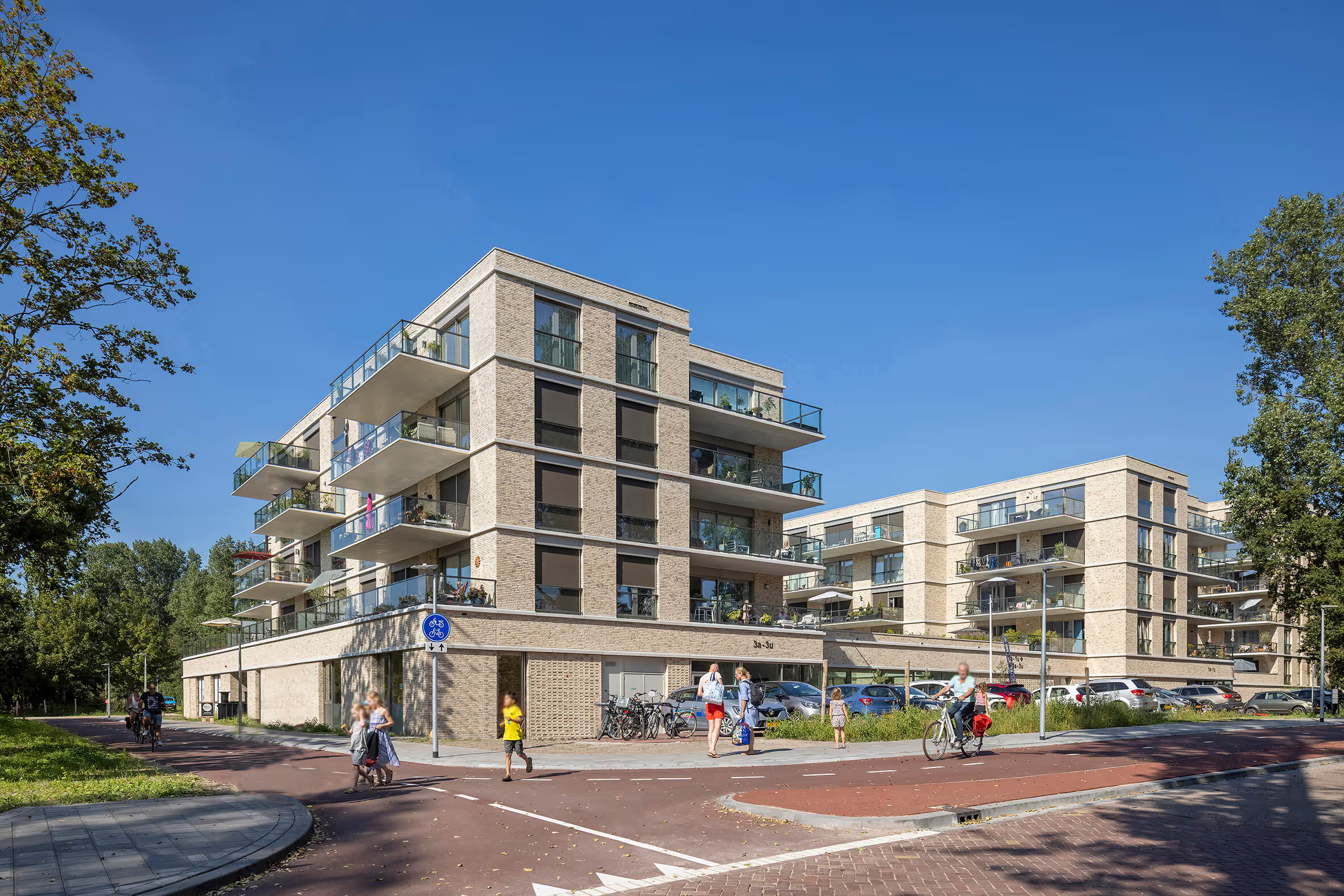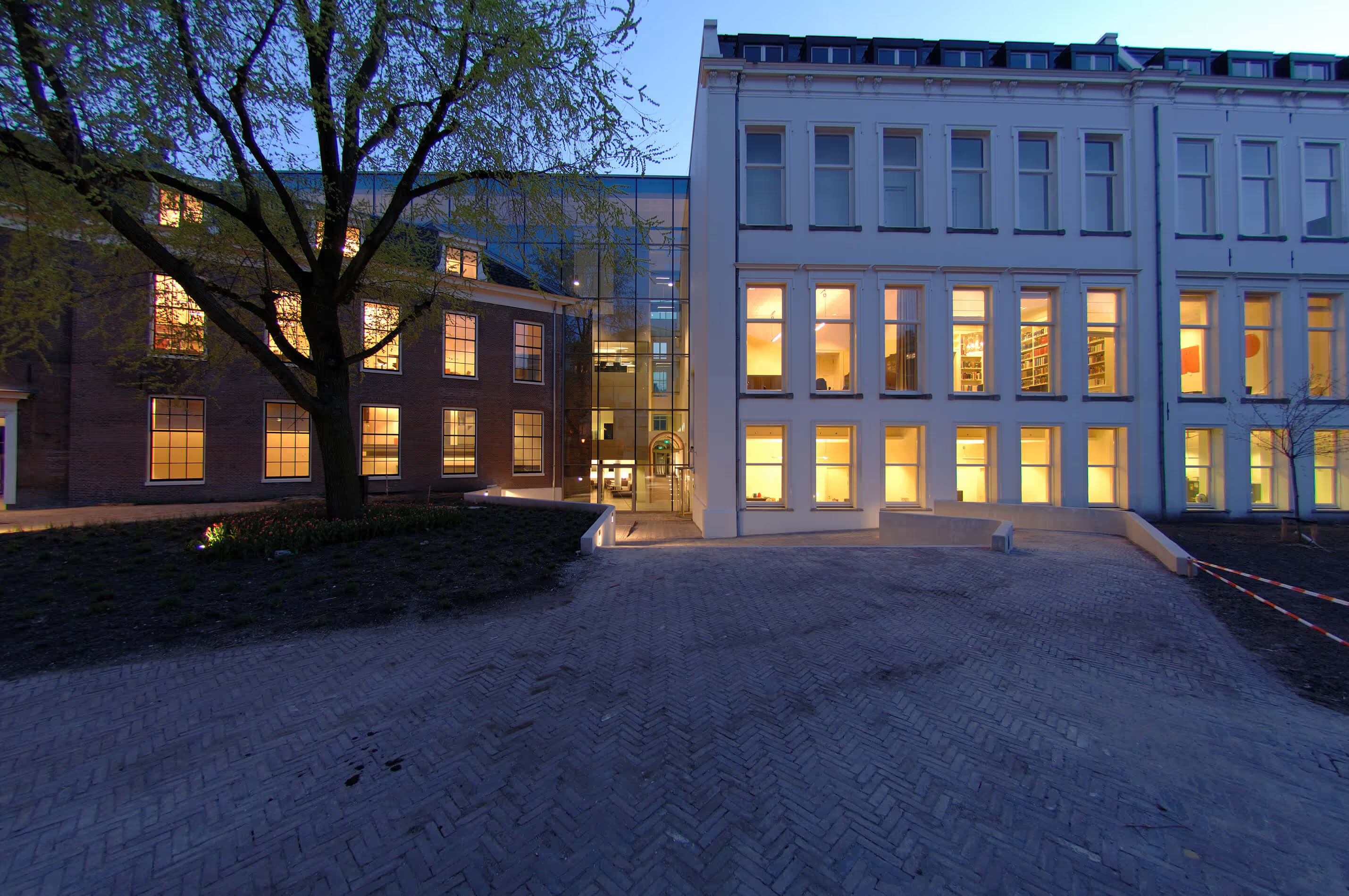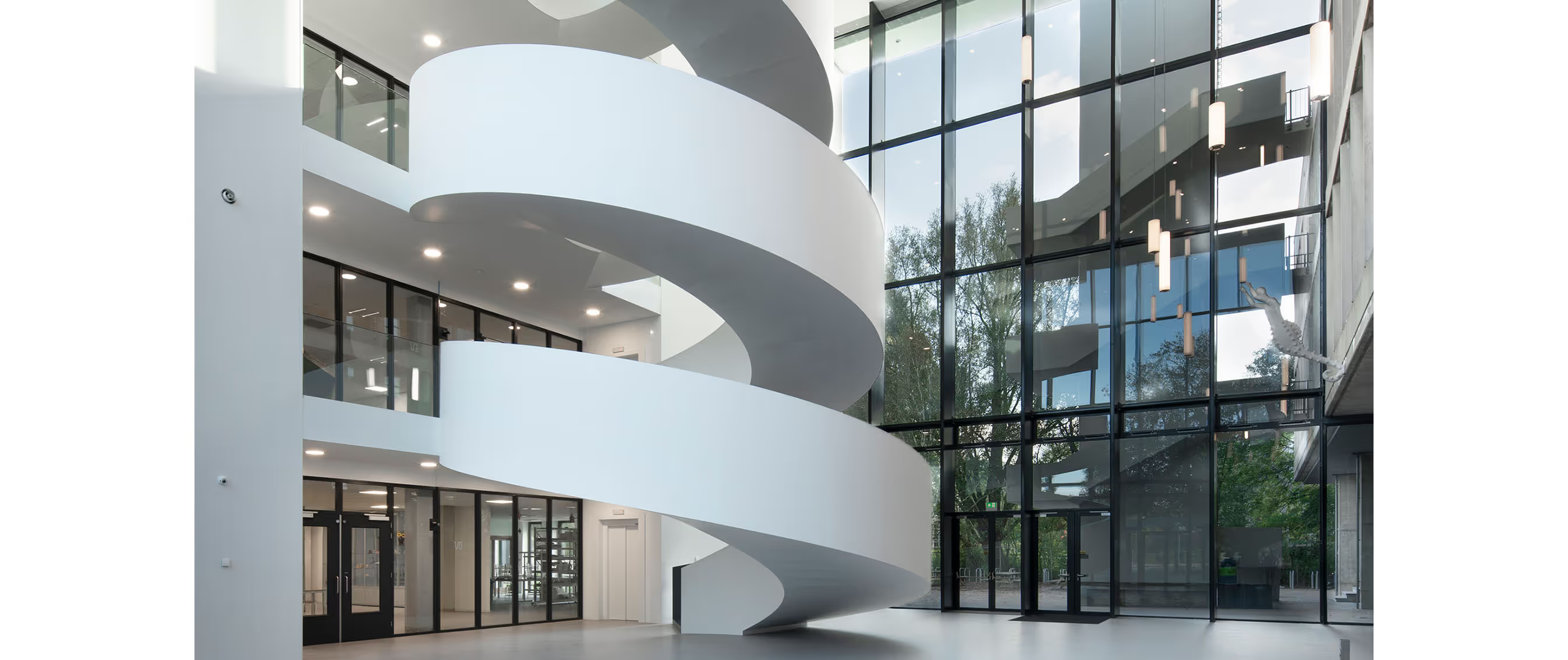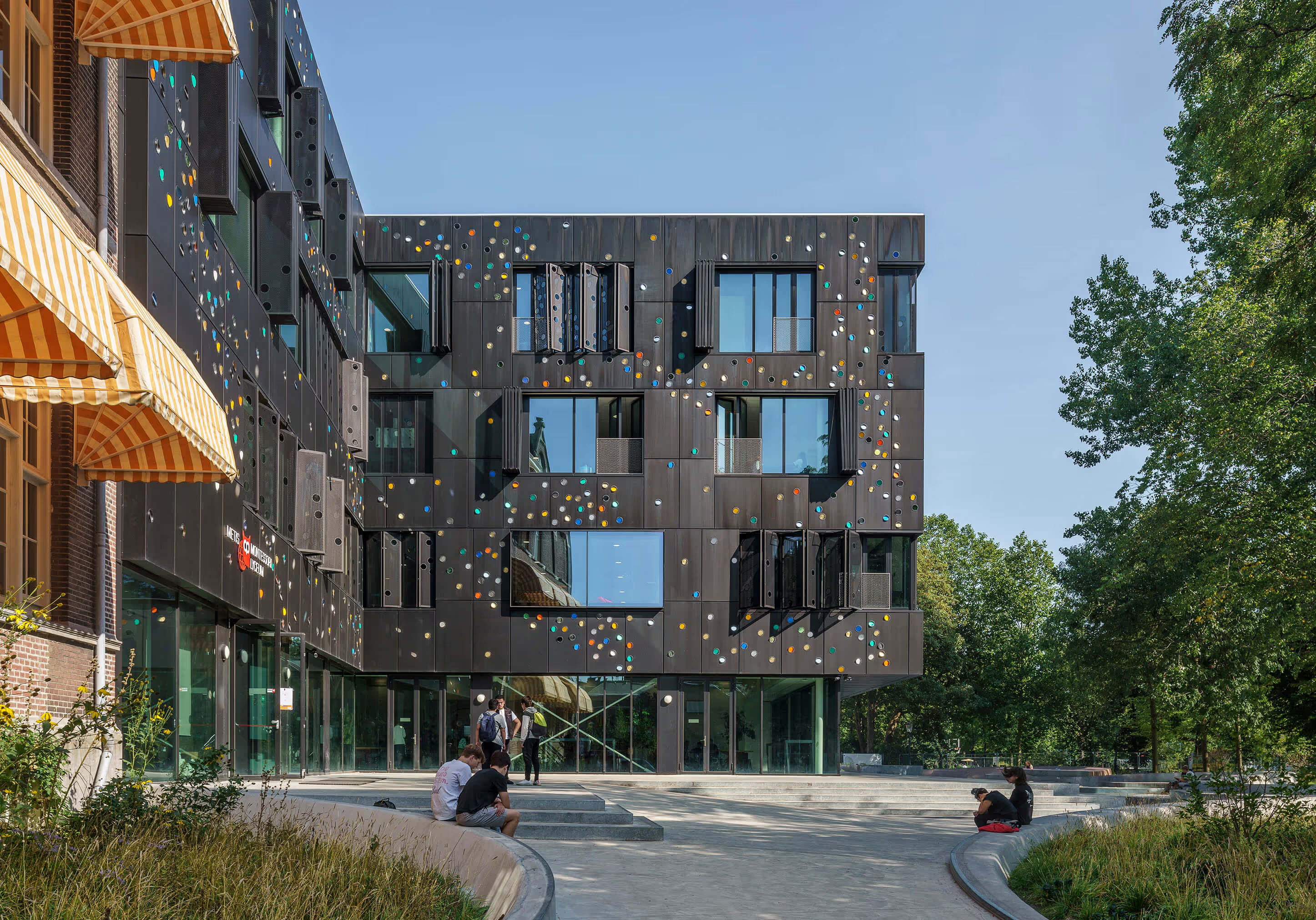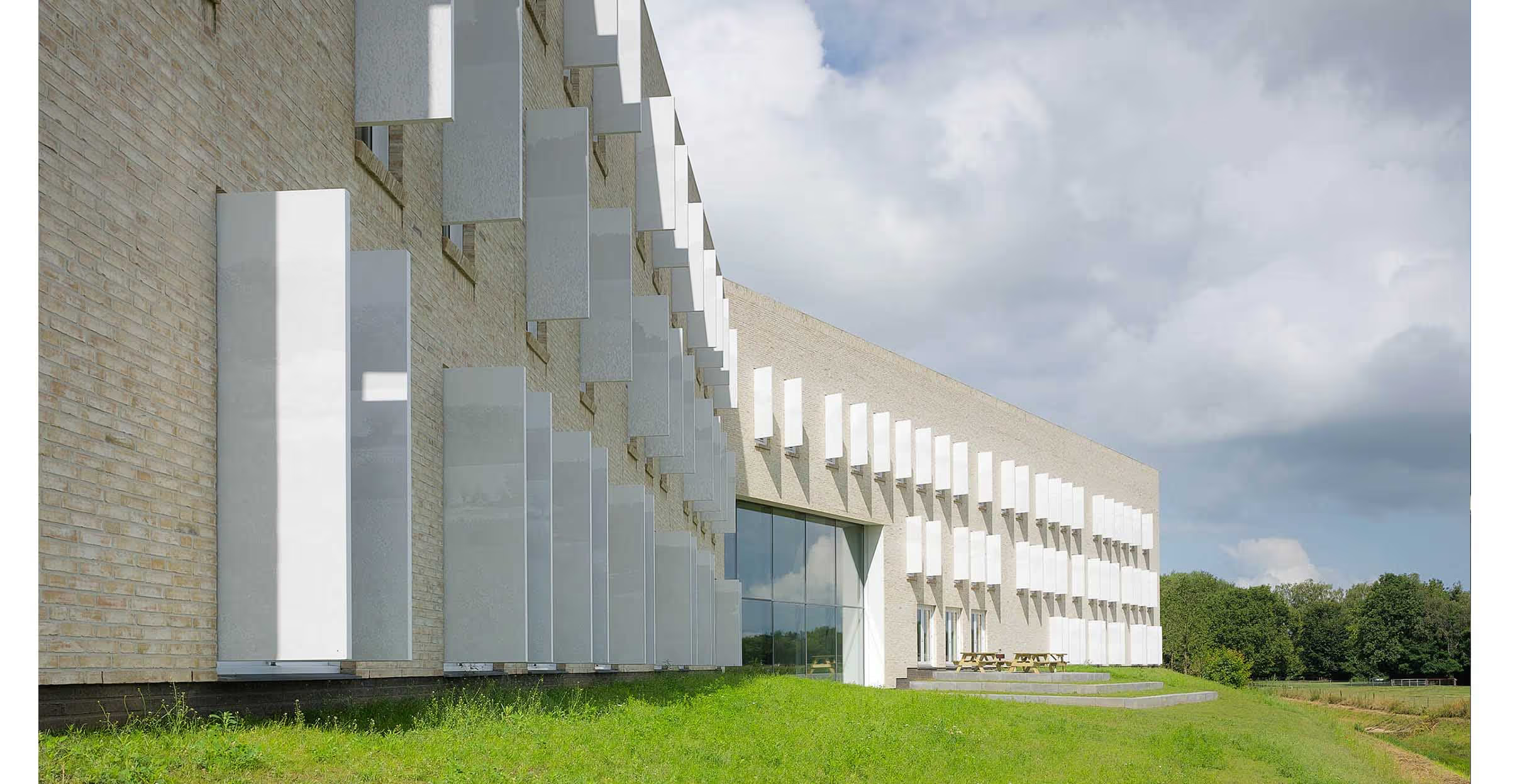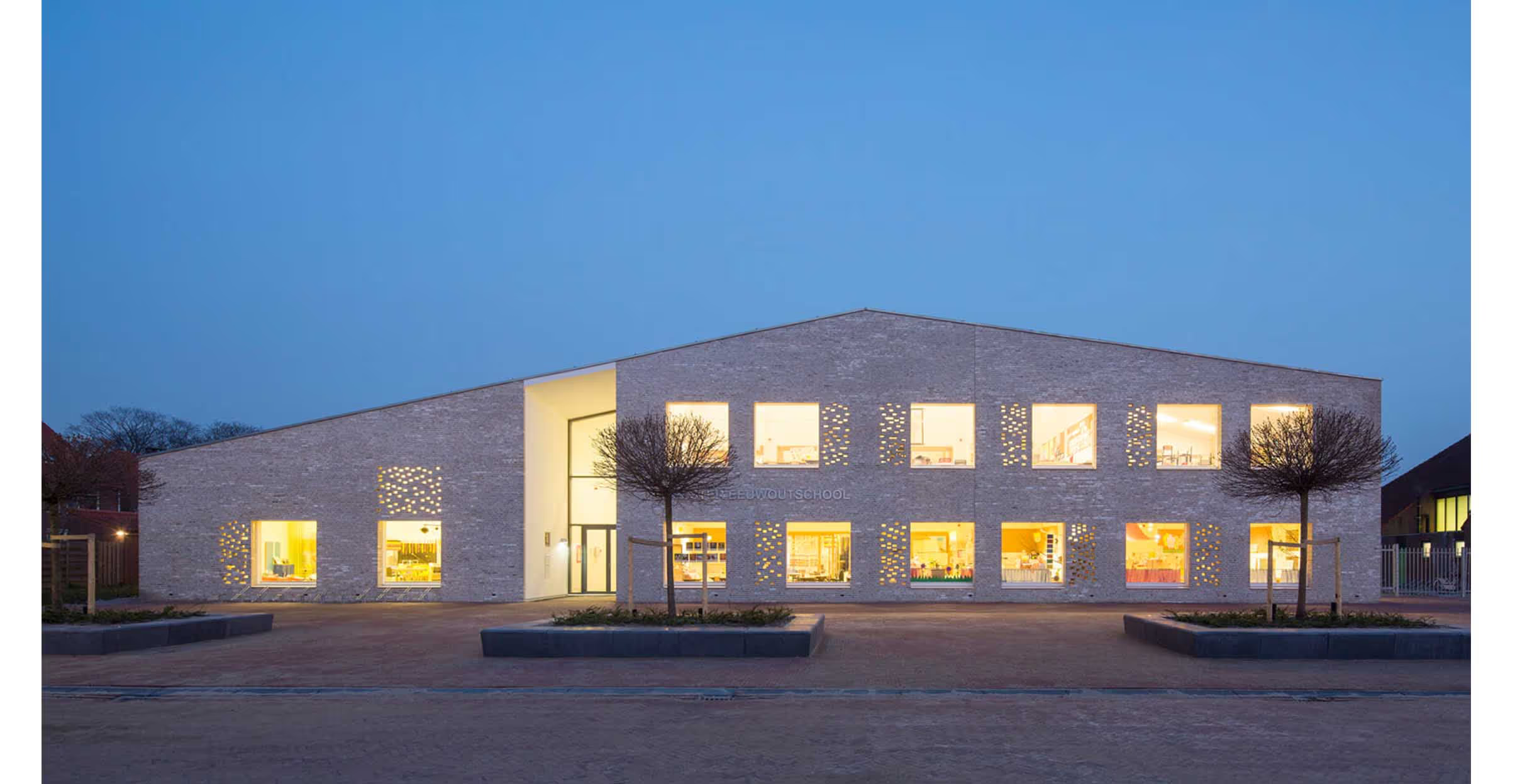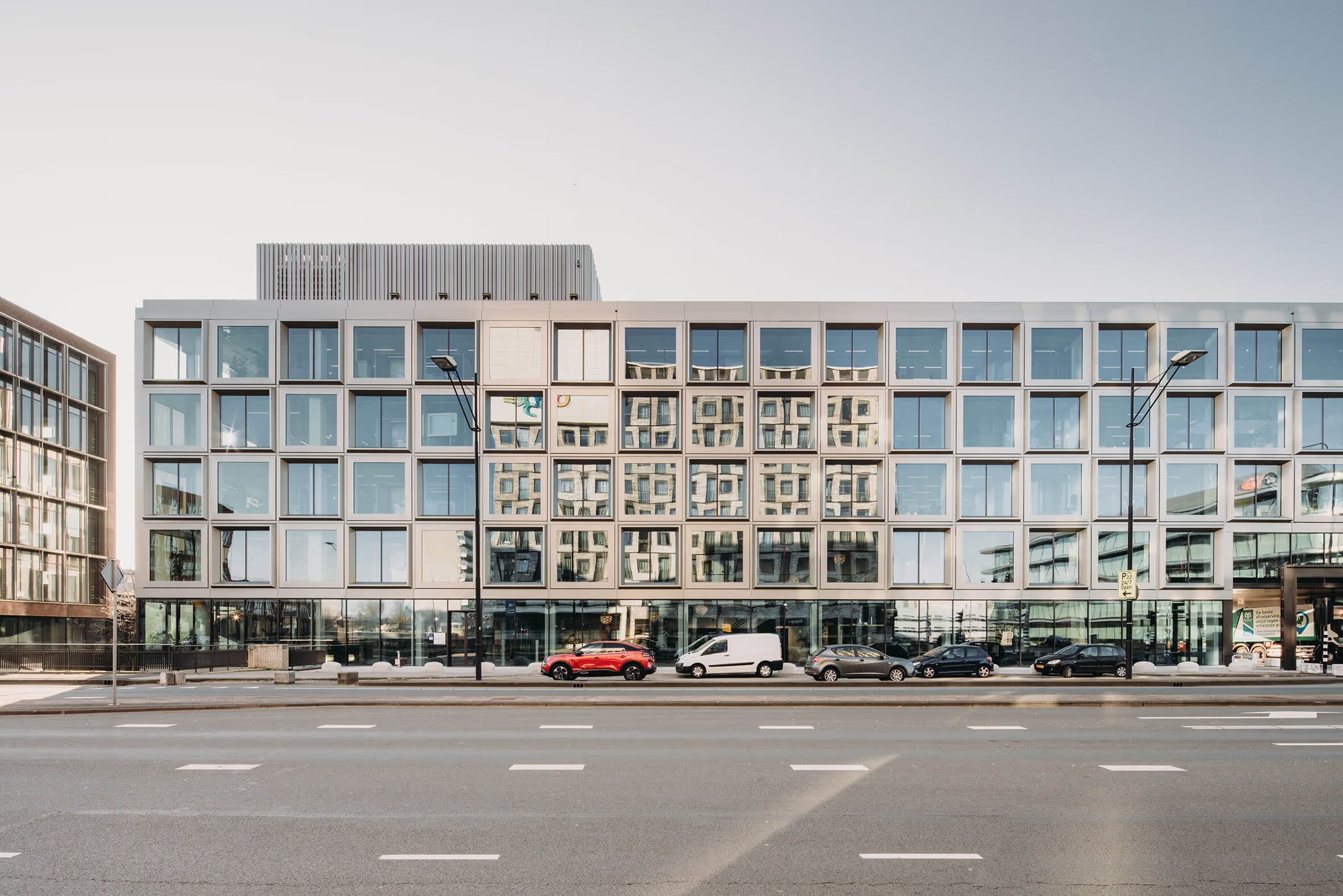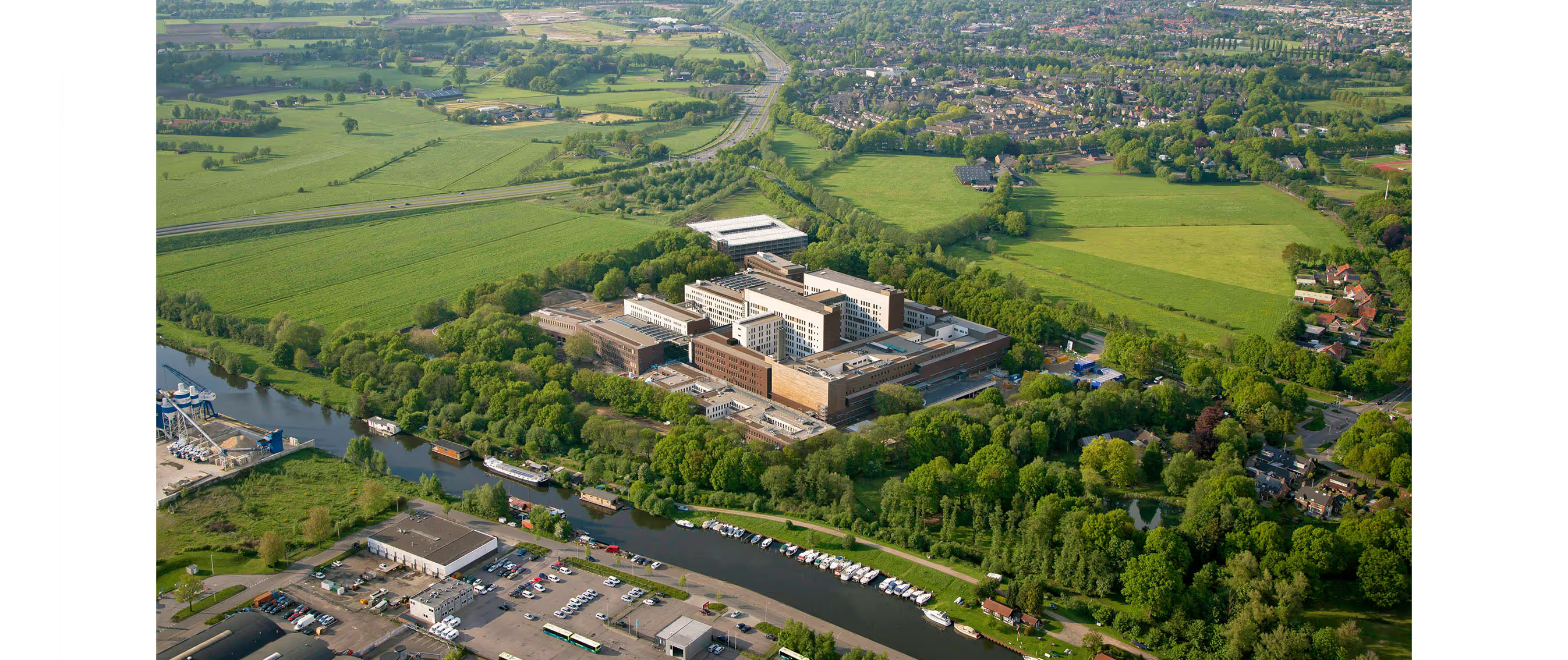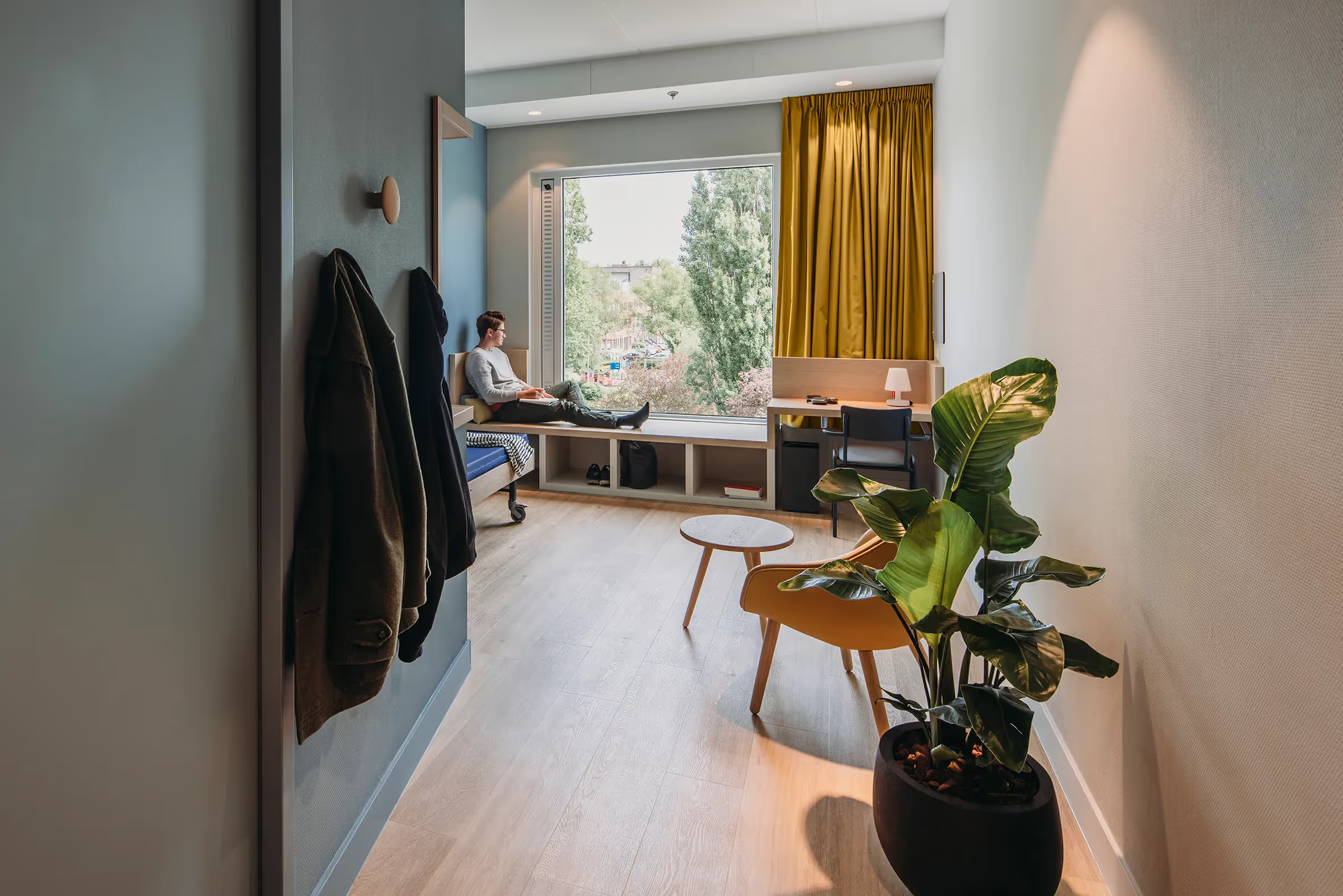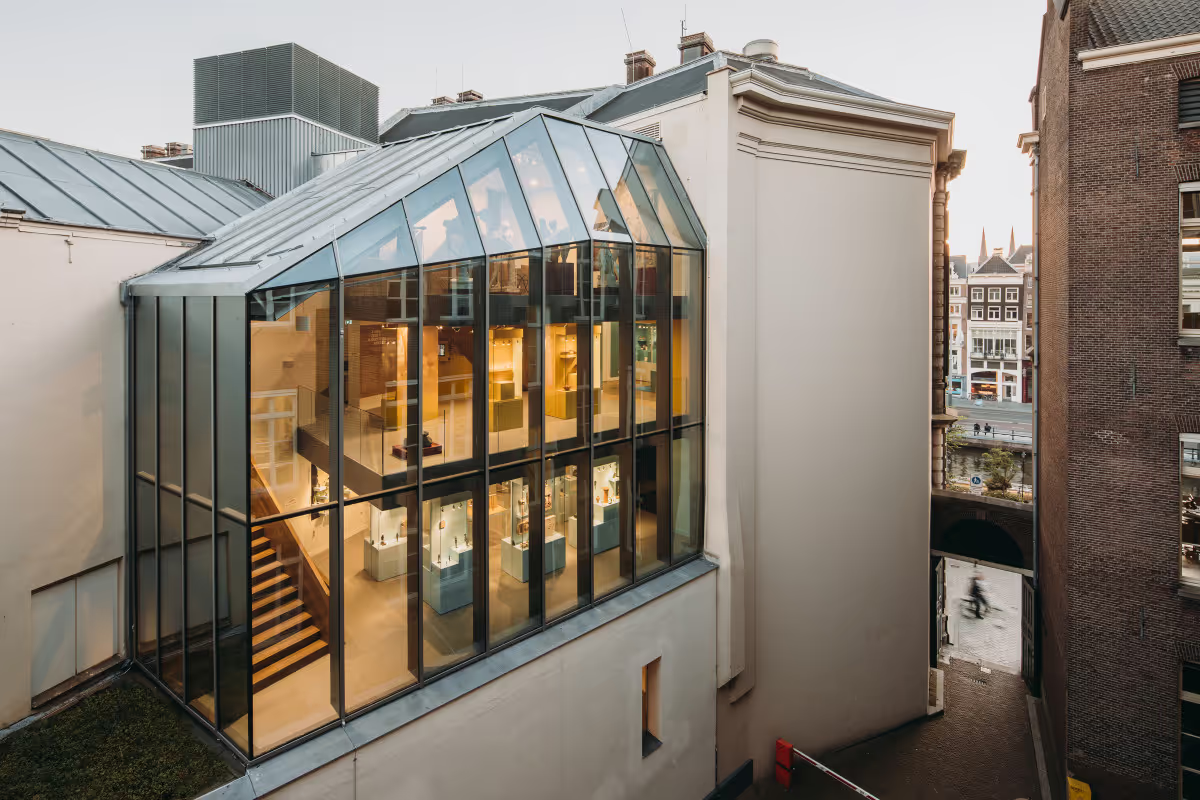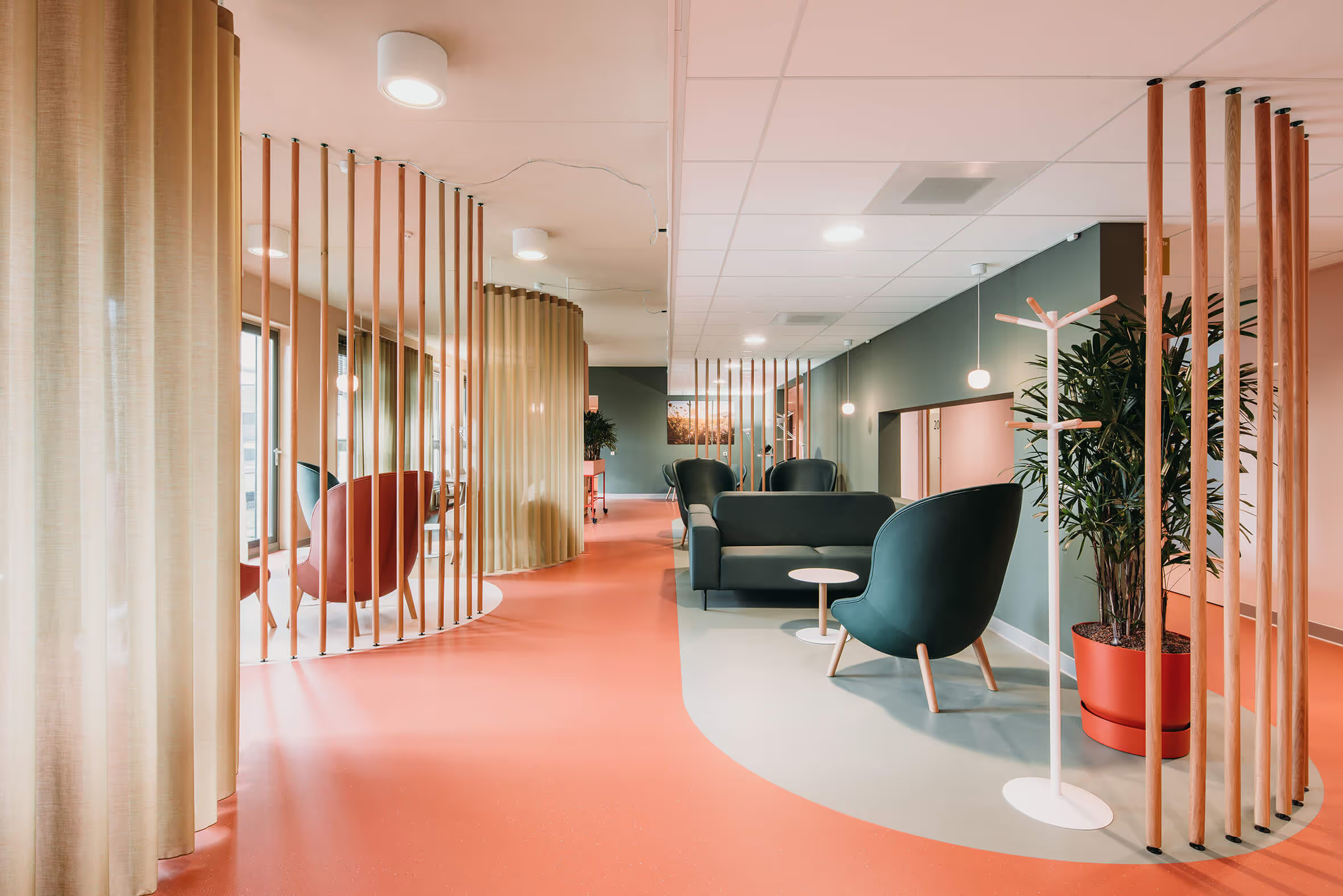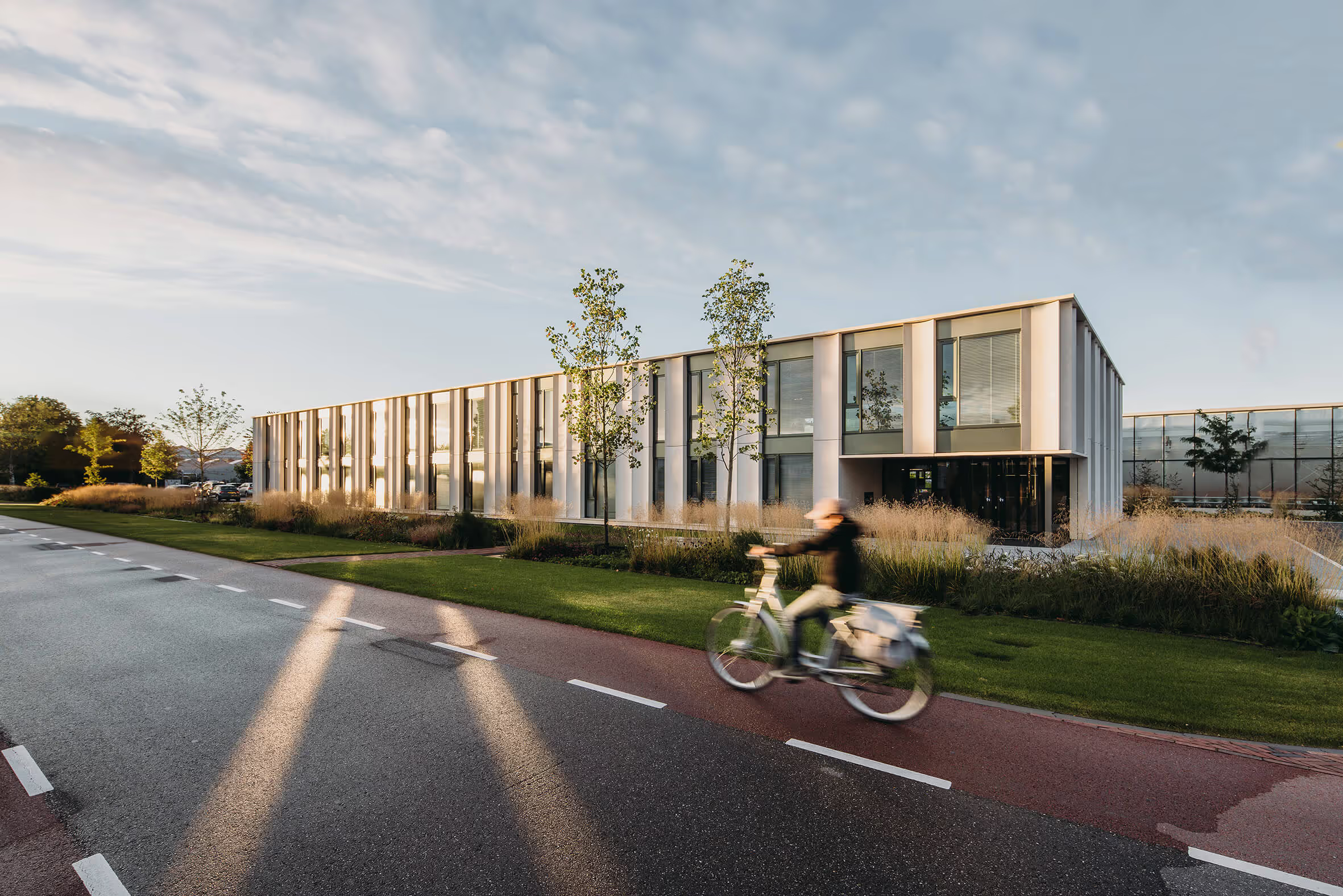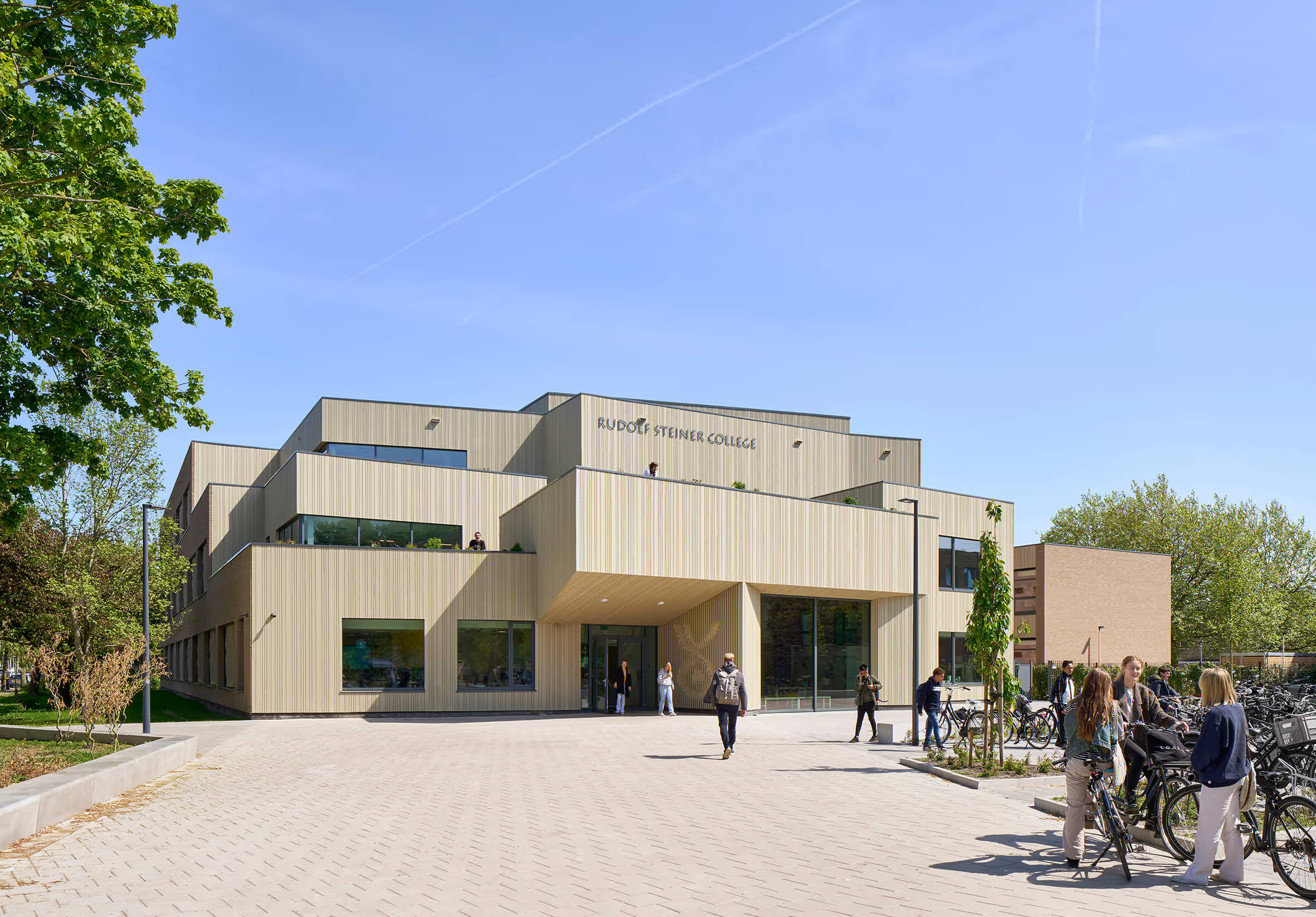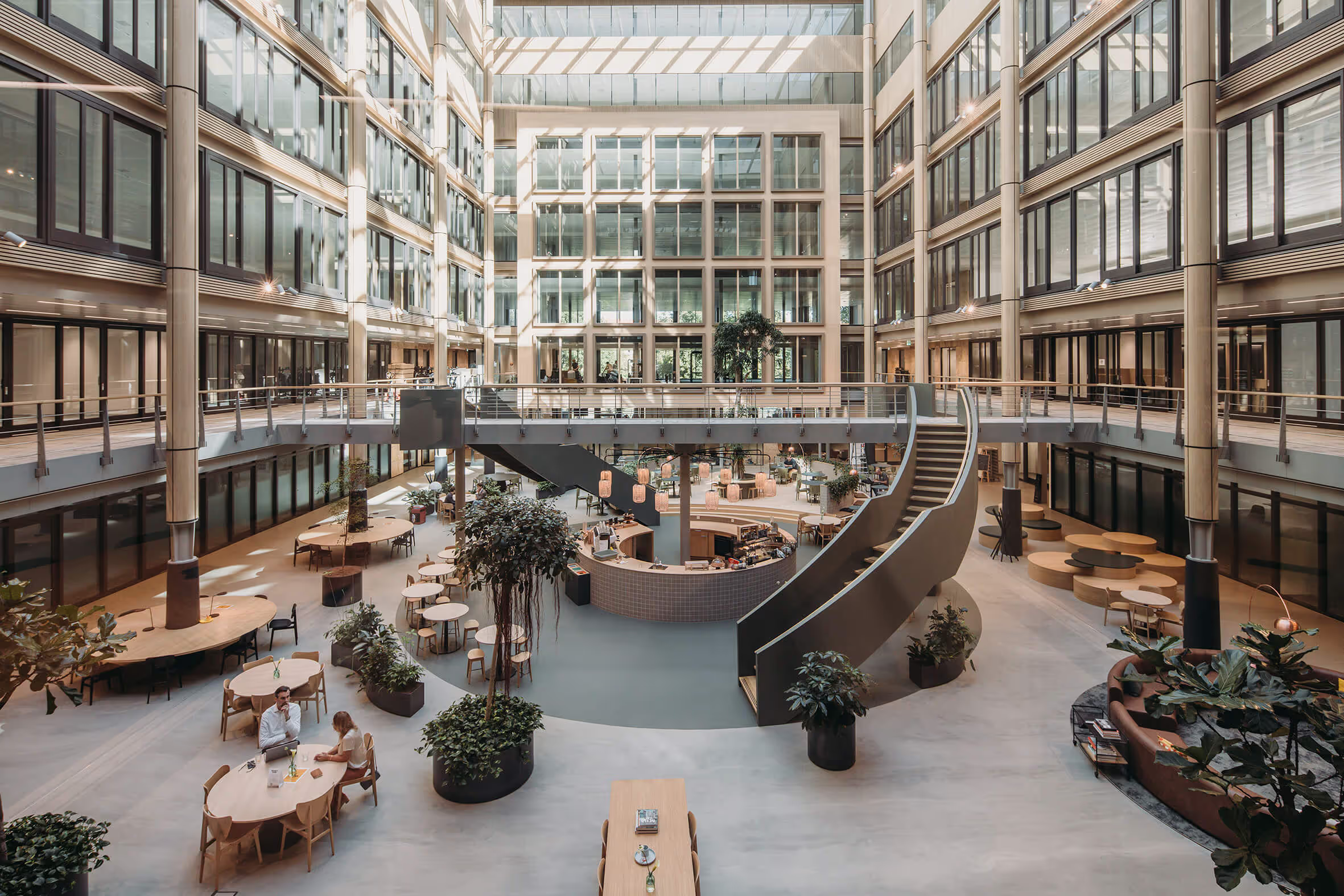Enexis Regional Offices
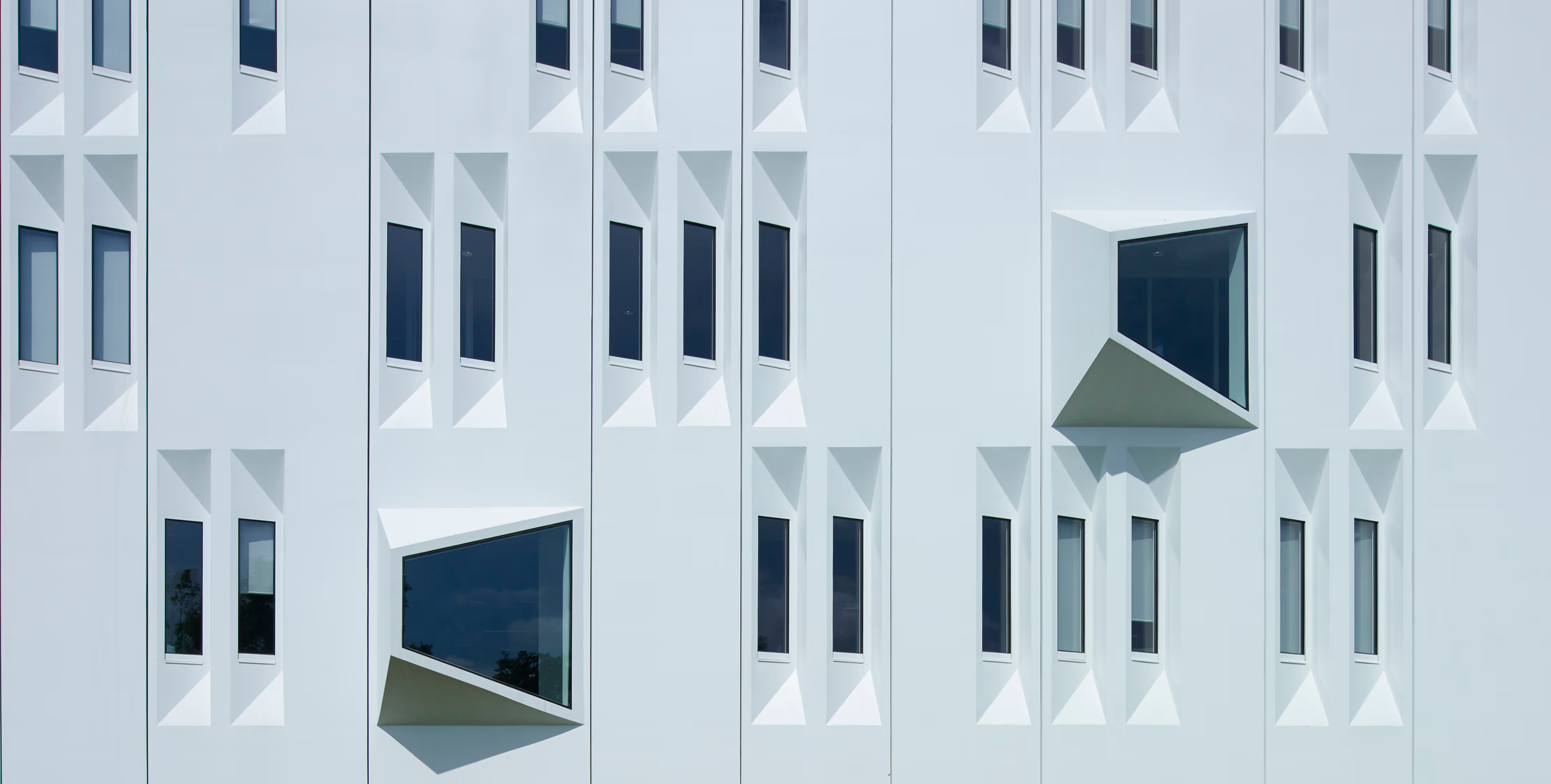
Enexis Regional Offices
Enexis Regional Offices

Energy neutral new construction for forward-looking grid operator
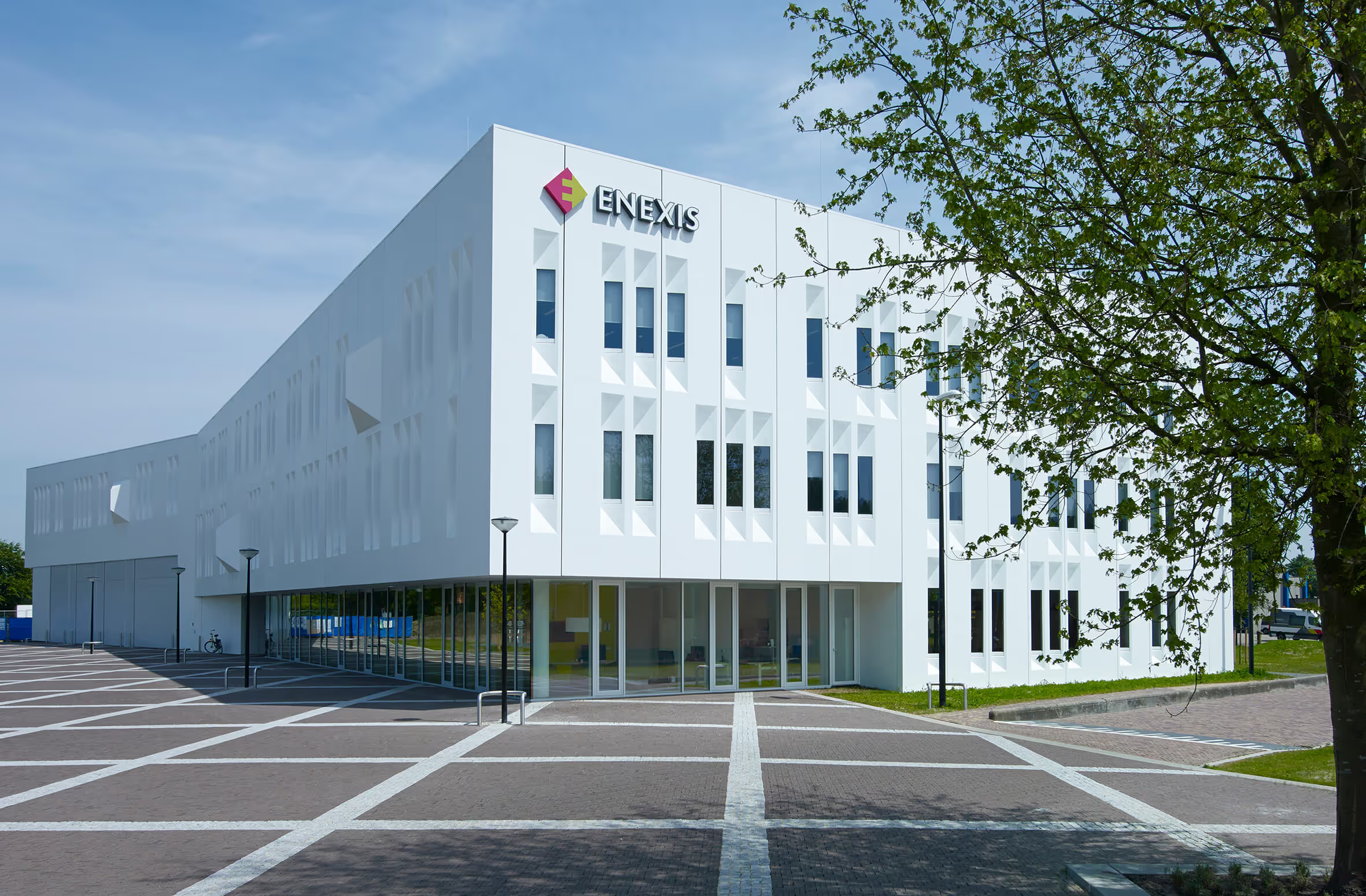
Three individual buildings under one overarching identity
The three offices are family - both when it comes to the exterior, sustainability and spatial layout; this ensures kinship and familiarity. The most prominent part of the design is the modular facades, which still allowed for a high degree of individuality. The facades are made up of white composite elements, inspired by the work of Delft artist Jan Schoonhoven, with receding and cantilevered shapes. These elements can also be used for Enexis's future buildings.
Smart façade design as a carrier of innovation
For the facades, we looked for a total package of smart solutions in order to achieve a high degree of sustainability. With a relatively new technology, the composite elements could be manufactured with a limited number of moulds. The elements are lightweight, have a high RC value and require very little material. Due to their geometry, the building-tall façade elements are self-supporting; this means that they are completely windproof and watertight and can be installed at a rapid pace. The receding and cantilevered shapes ensure that the facades are self-shading and prevent heating from direct sunlight; the interplay between smaller windows and large bay windows simultaneously guarantees sufficient daylight and views. The facades have no moving parts - which are expensive and also vulnerable - but because of the so-called “green lung”, the windows can open inside.
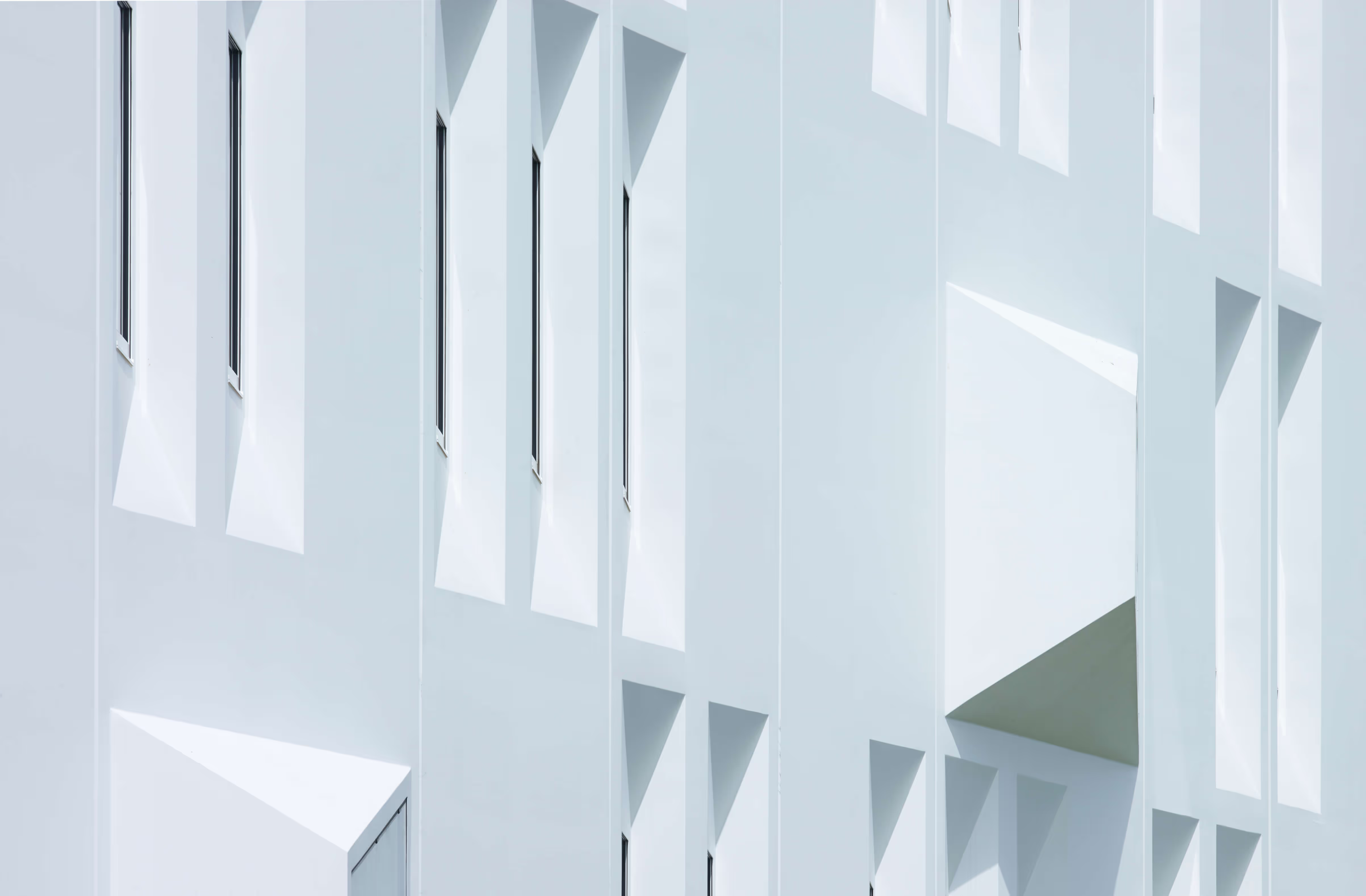
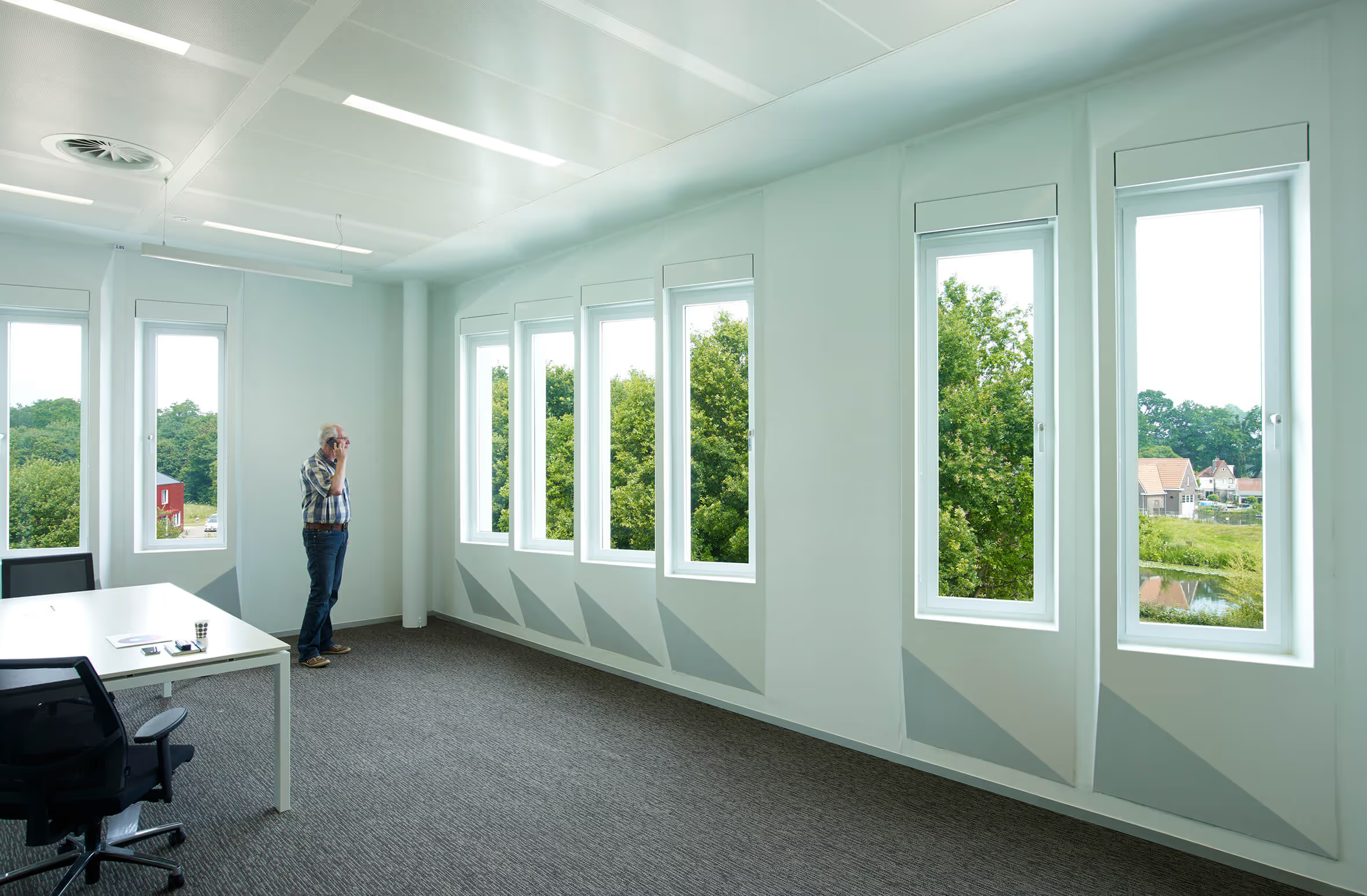
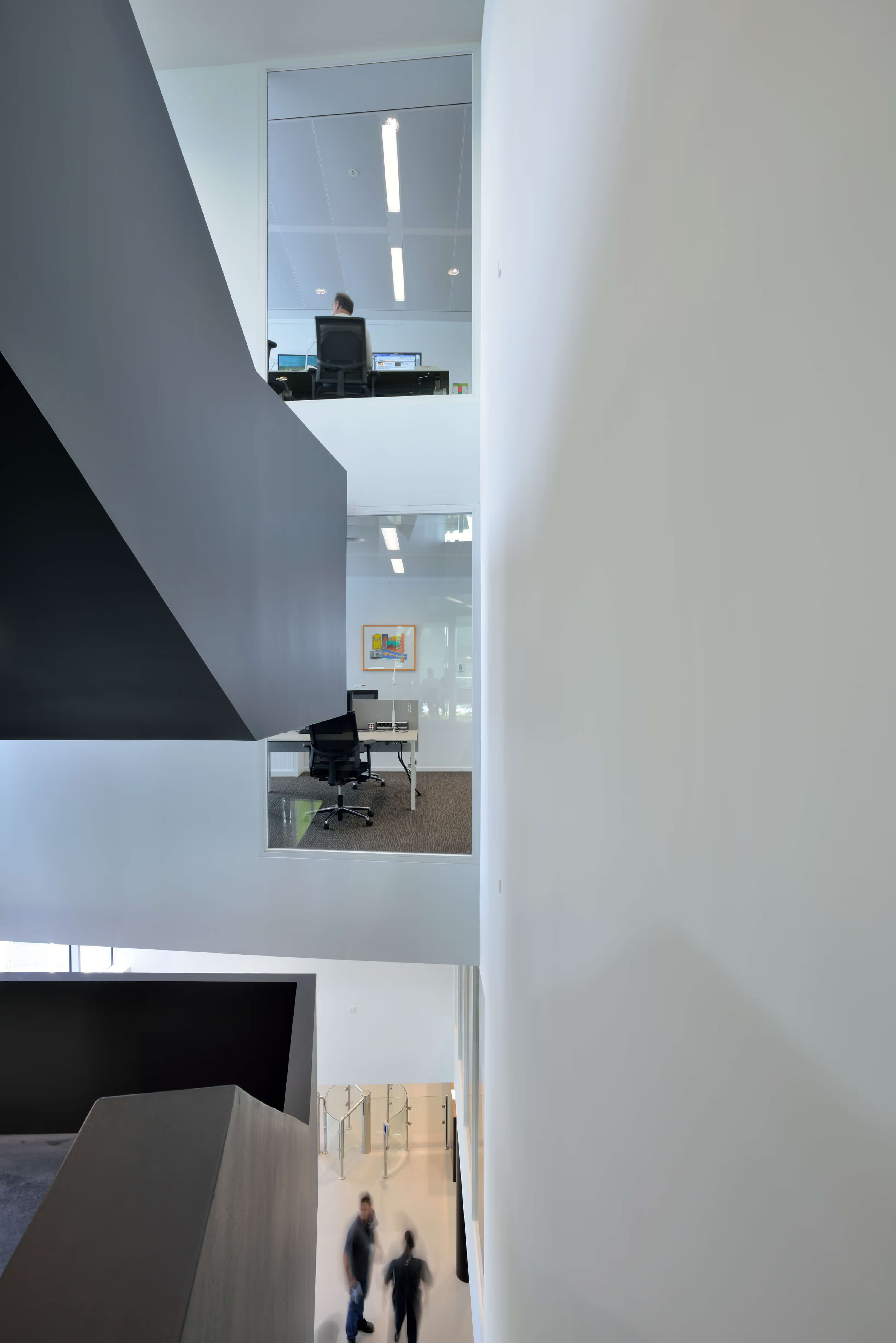
A green lung for sustainable ventilation and heating
Each regional office has a central “green lung”: a courtyard located in the middle of the building with lush plants, which tempers the outdoor climate and serves as a suction area for fresh air for ventilation. In the winter, the ventilation air is heated by sunlight; in the summer, the heated air is used to sustainably regenerate the heat and cold storage system in the soil.
The energy transition as an integral part of the design
For the installations, we developed a concept in which proven techniques are applied and combined as efficiently as possible — including a CHP installation and energy storage in the soil, in combination with climate ceilings. All three offices are also equipped with energy-efficient lighting, daylight control and presence detection. PV cells on the roof capture the energy level that is needed for personal use and supply the remaining power back to the Enexis energy network. For example, the company was already a forerunner in the energy transition in 2013.
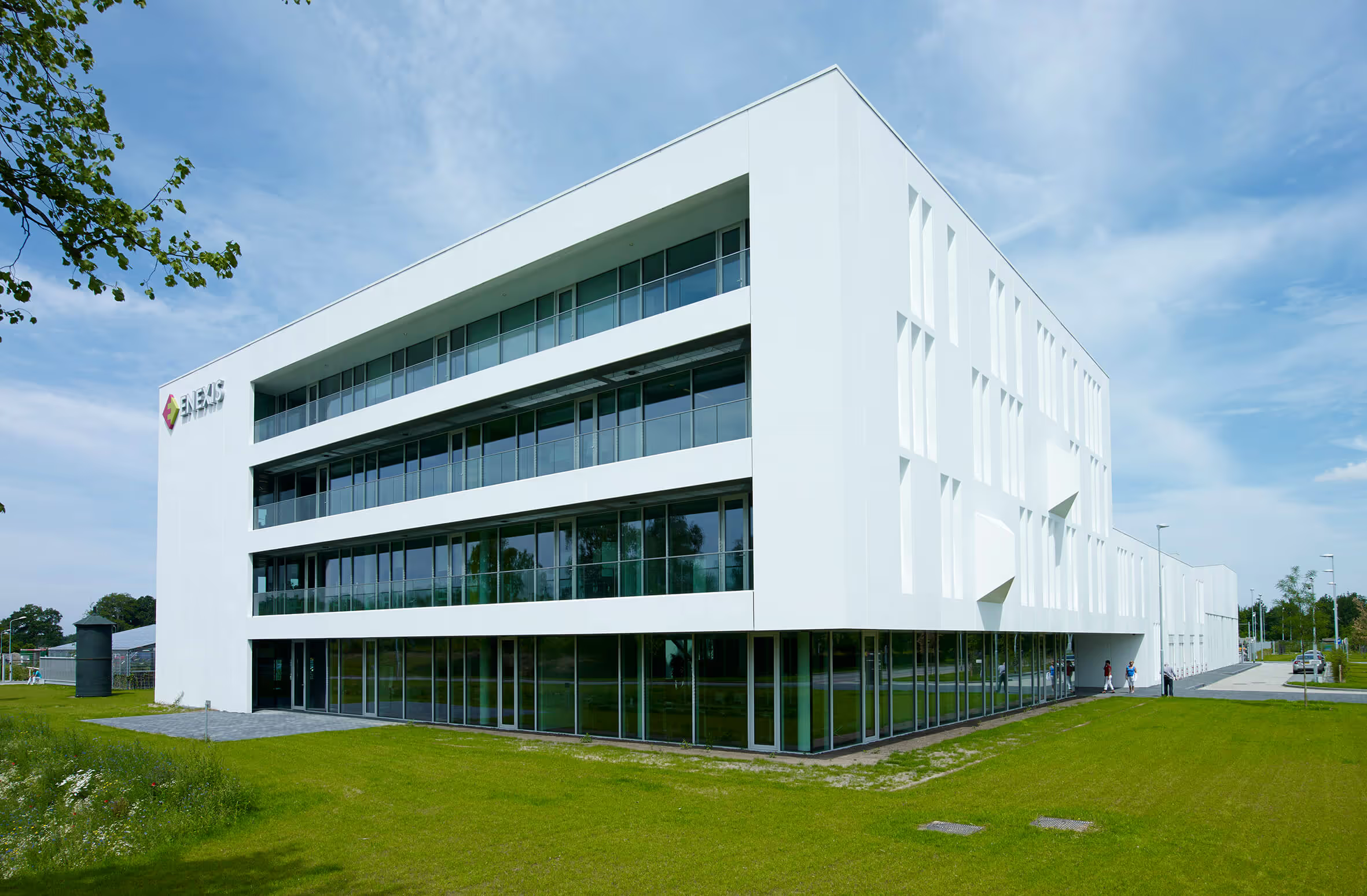
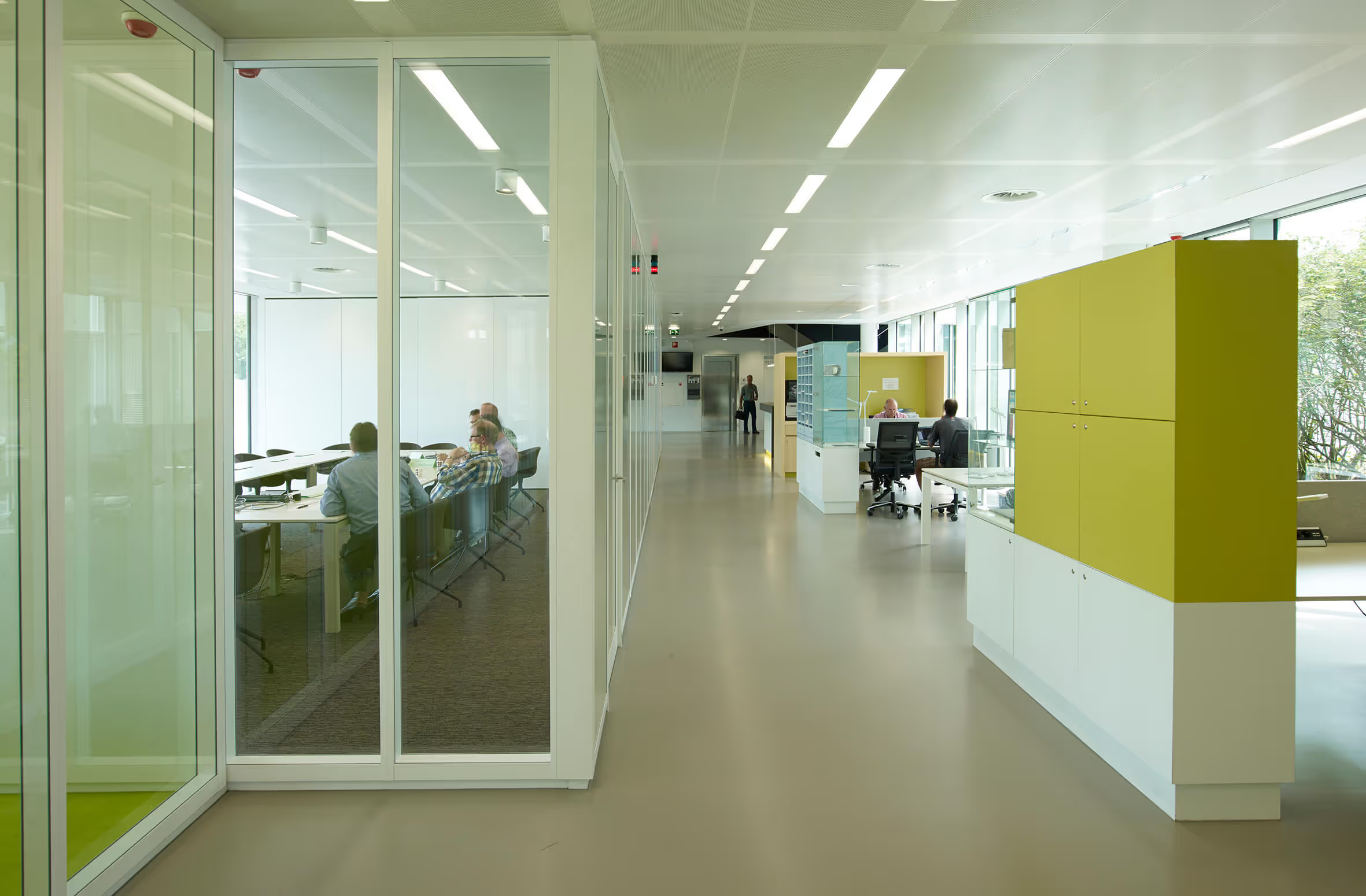
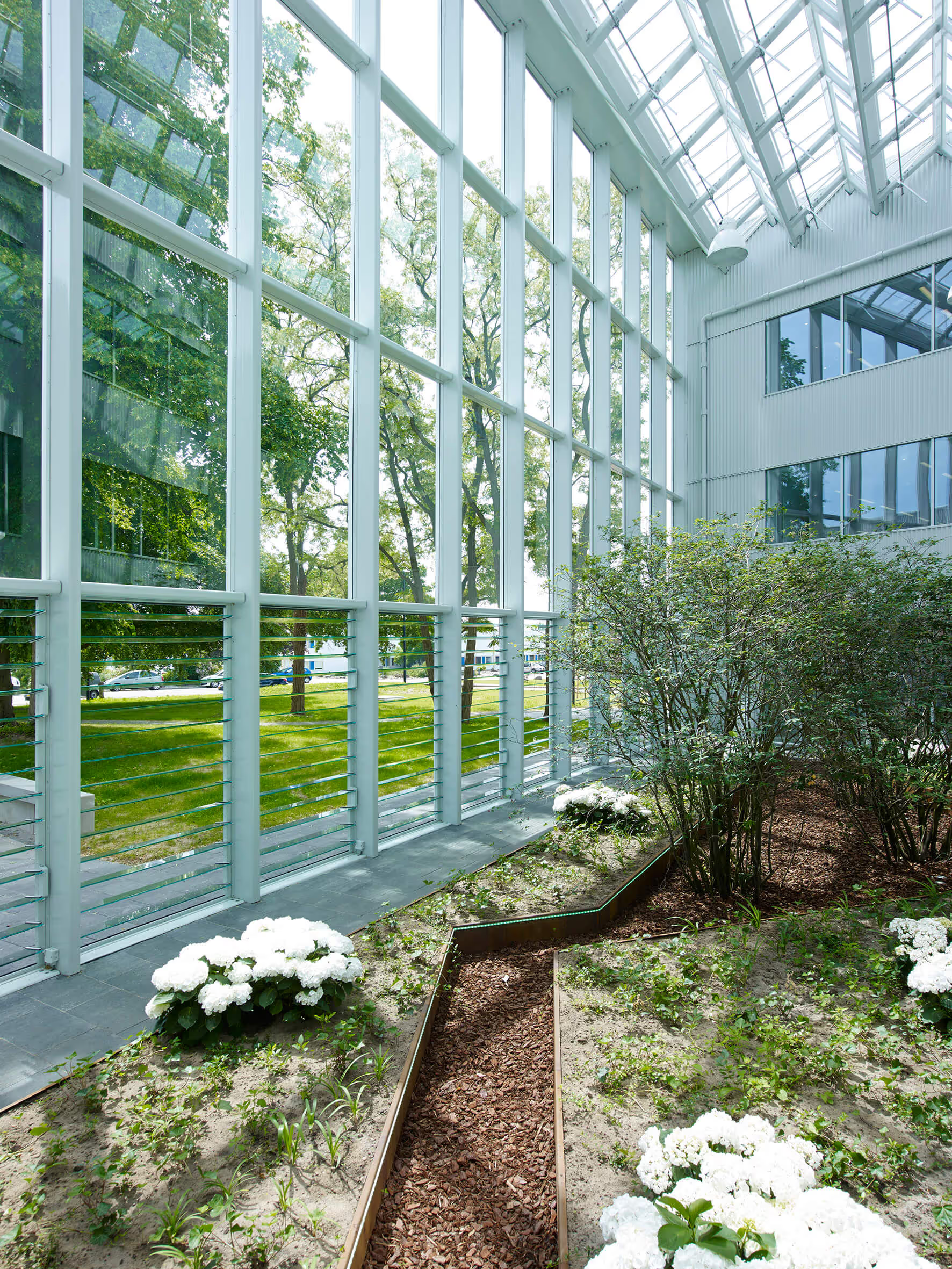
'The new way of work' in a building for all employees
In addition to sustainability, 'the new way of working' was also an important starting point in the design. All regional offices are set up in such a way that the floors can be arranged flexibly and are equipped with flexible desks. The entrance always has a central location within the building and thus connects the workshops with the offices, making it easier for office staff and professionals to meet each other. At Enexis, all employees are equal and live together under the same roof.
An individual identity for each regional office
At each individual location, the modular concept has also been given its own interpretation: each design is in character with the context and program. For example, the regional office in Zwolle was designed as an easily recognisable volume among other Enexis buildings on the grid operator's energy campus; the regional office in Venlo is located as a 'green' building in a unique, green environment, adjacent to the Floriade 2012 site, while in Maastricht, as a landmark, is located in a prominent location, on a corner of the exit route to the north of the city. What all three regional offices have in common, however, is that their design conveys the innovative and sustainable character of Enexis.
“The fascinating thing about the Enexis building [...] is that it forms a closed front or, on the contrary, opens when you tour the building. Of course, this is due to sustainability and the effective use of sun and shade, but atelier PRO shows that sustainability is not synonymous with a boring façade”, Katja van Roosmalen, The Architect
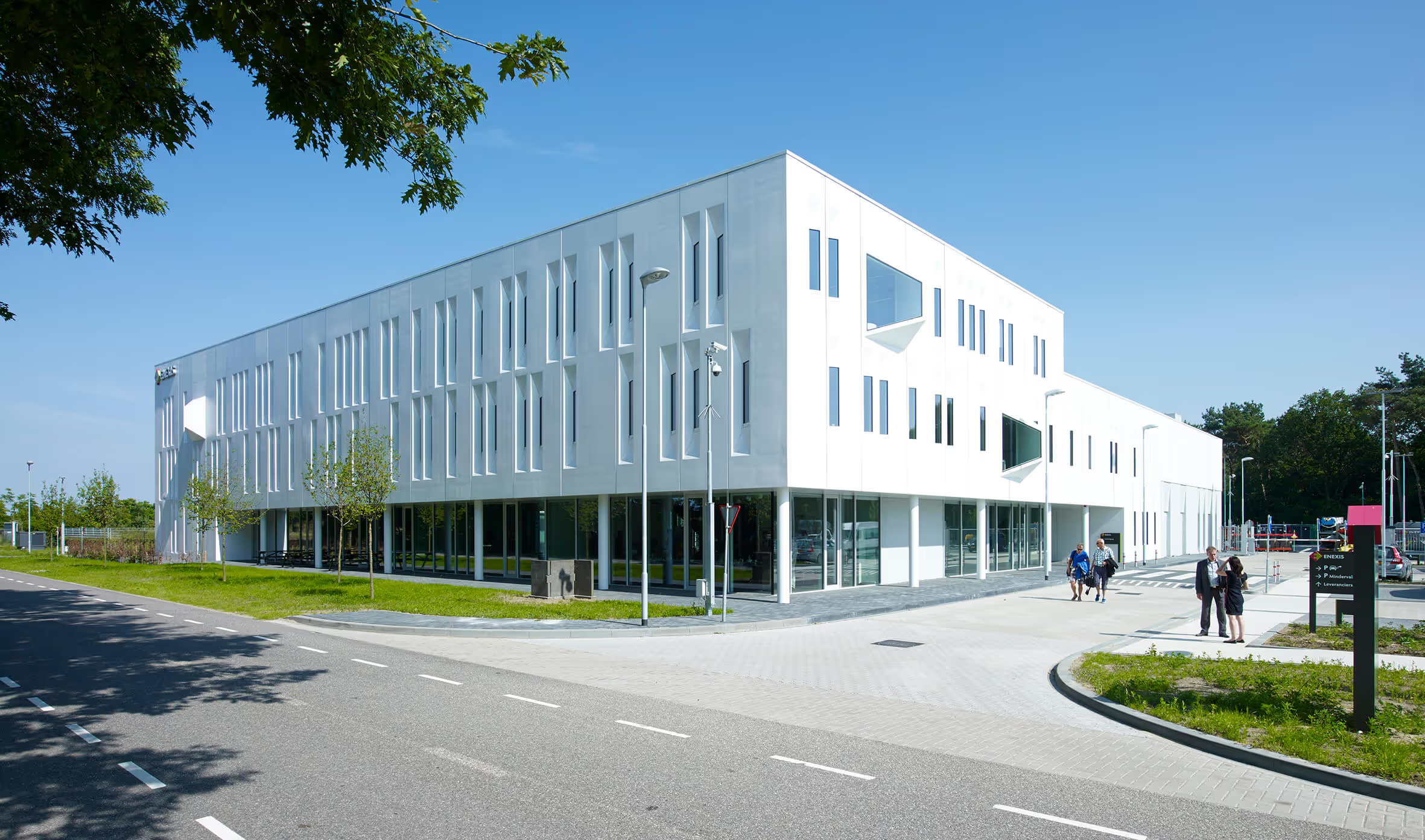
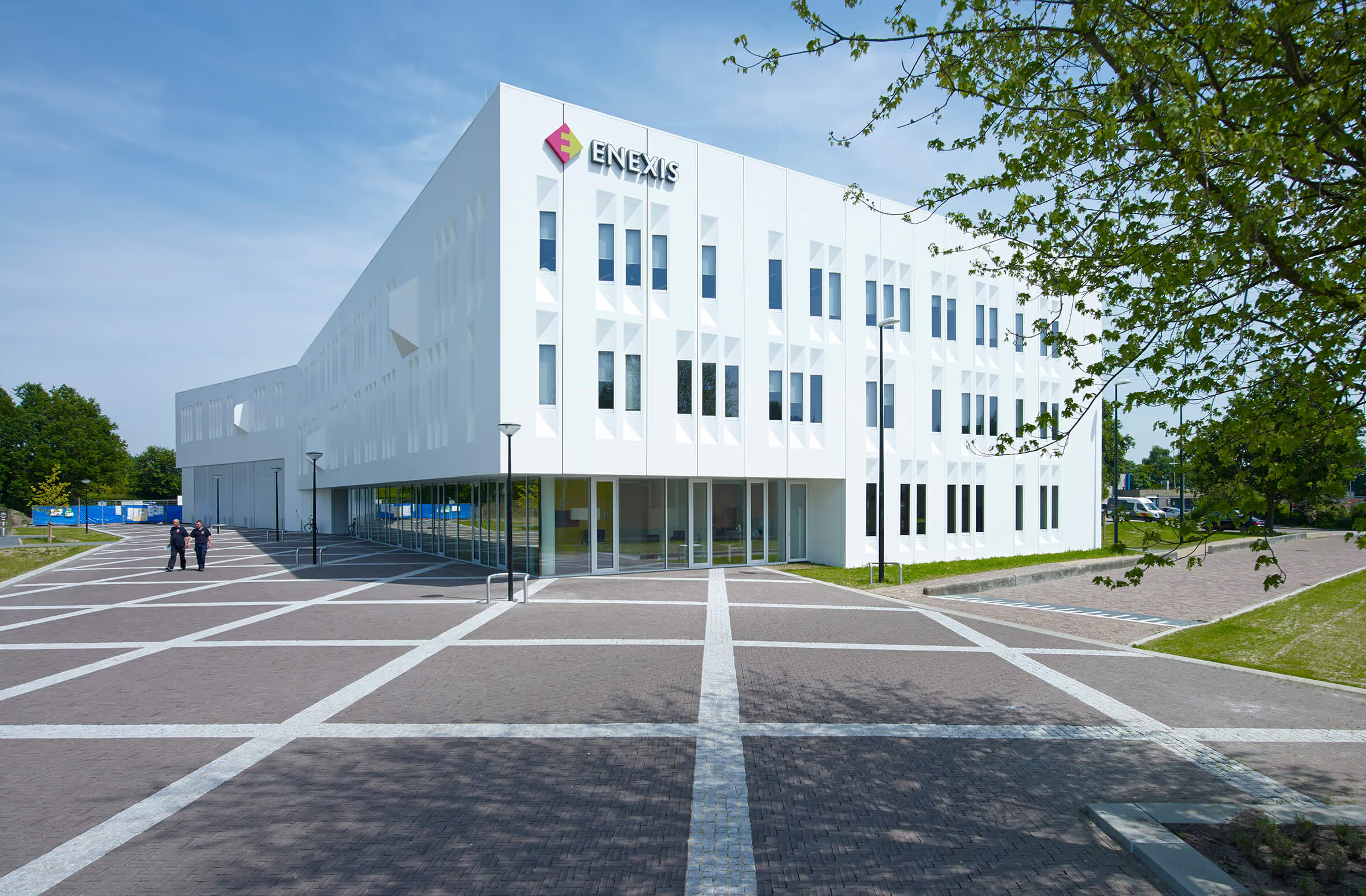
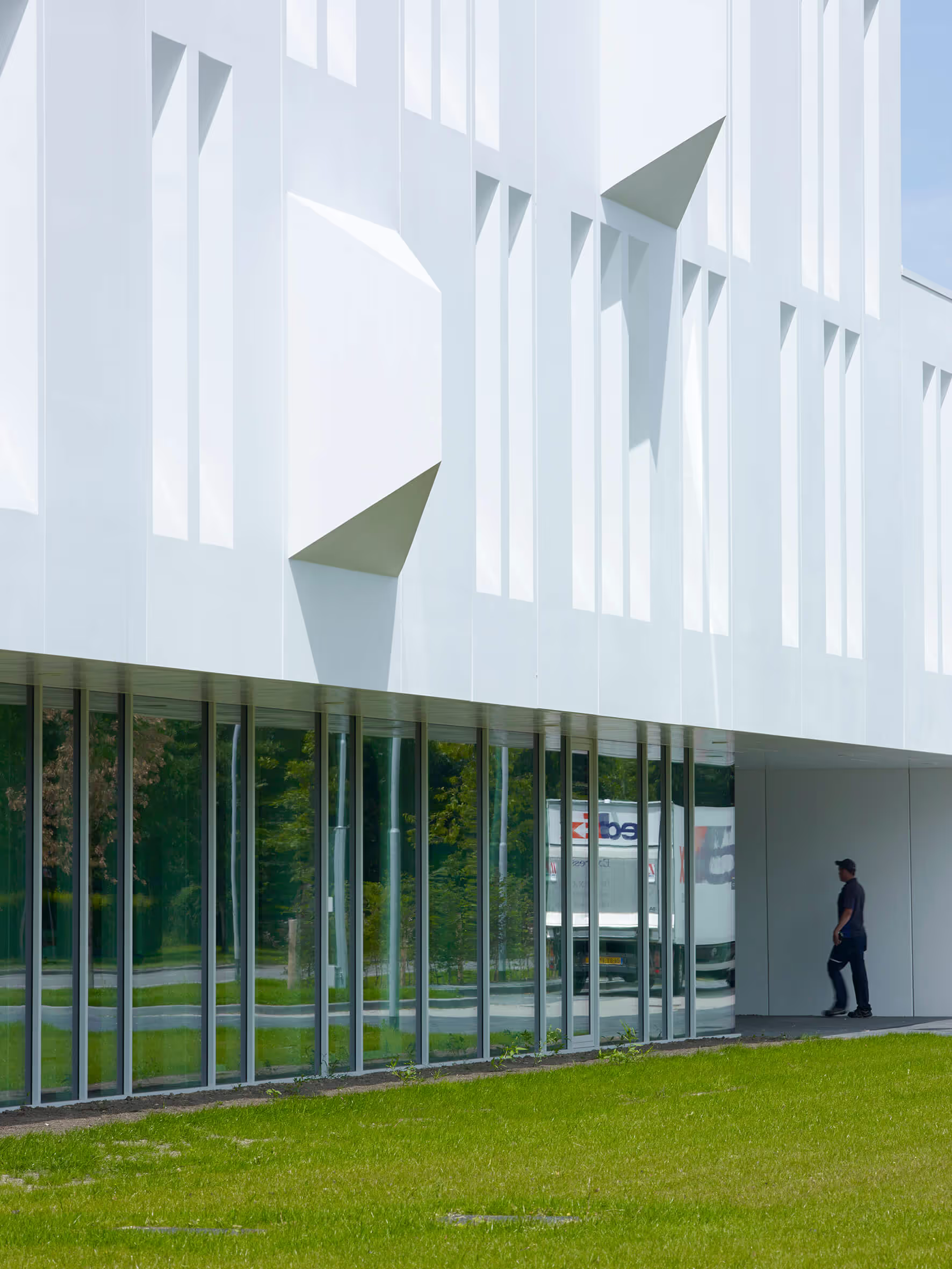
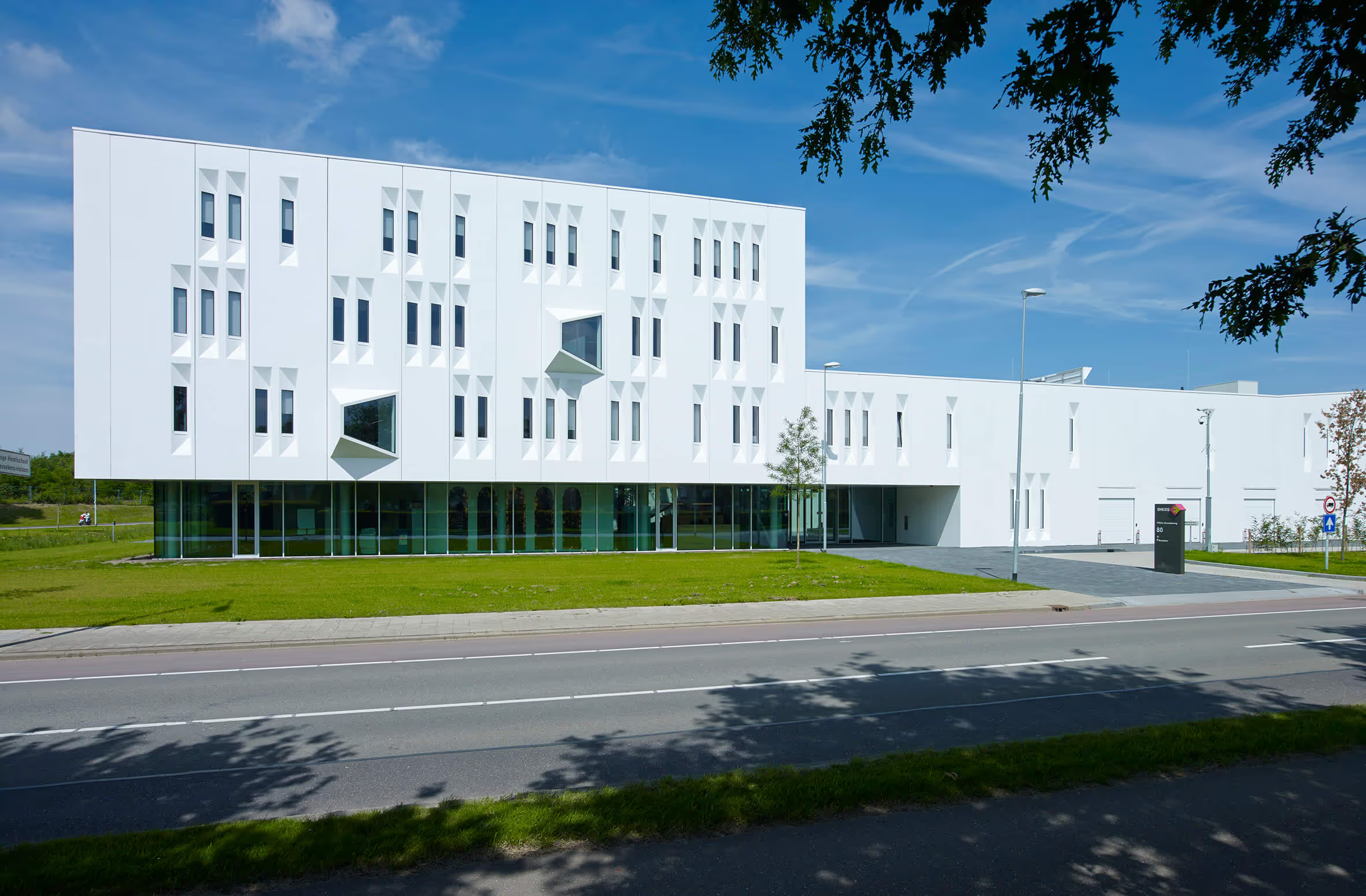
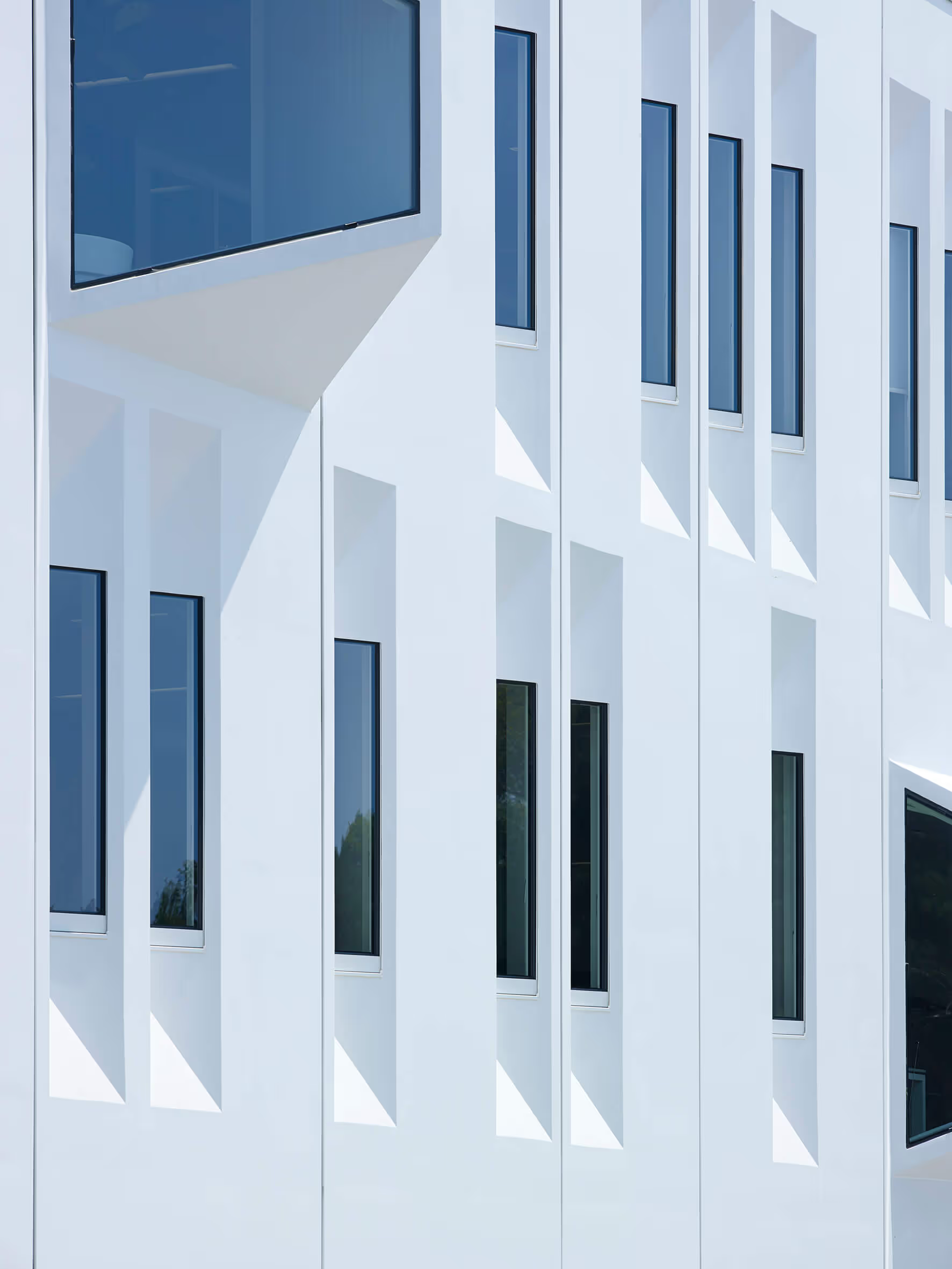

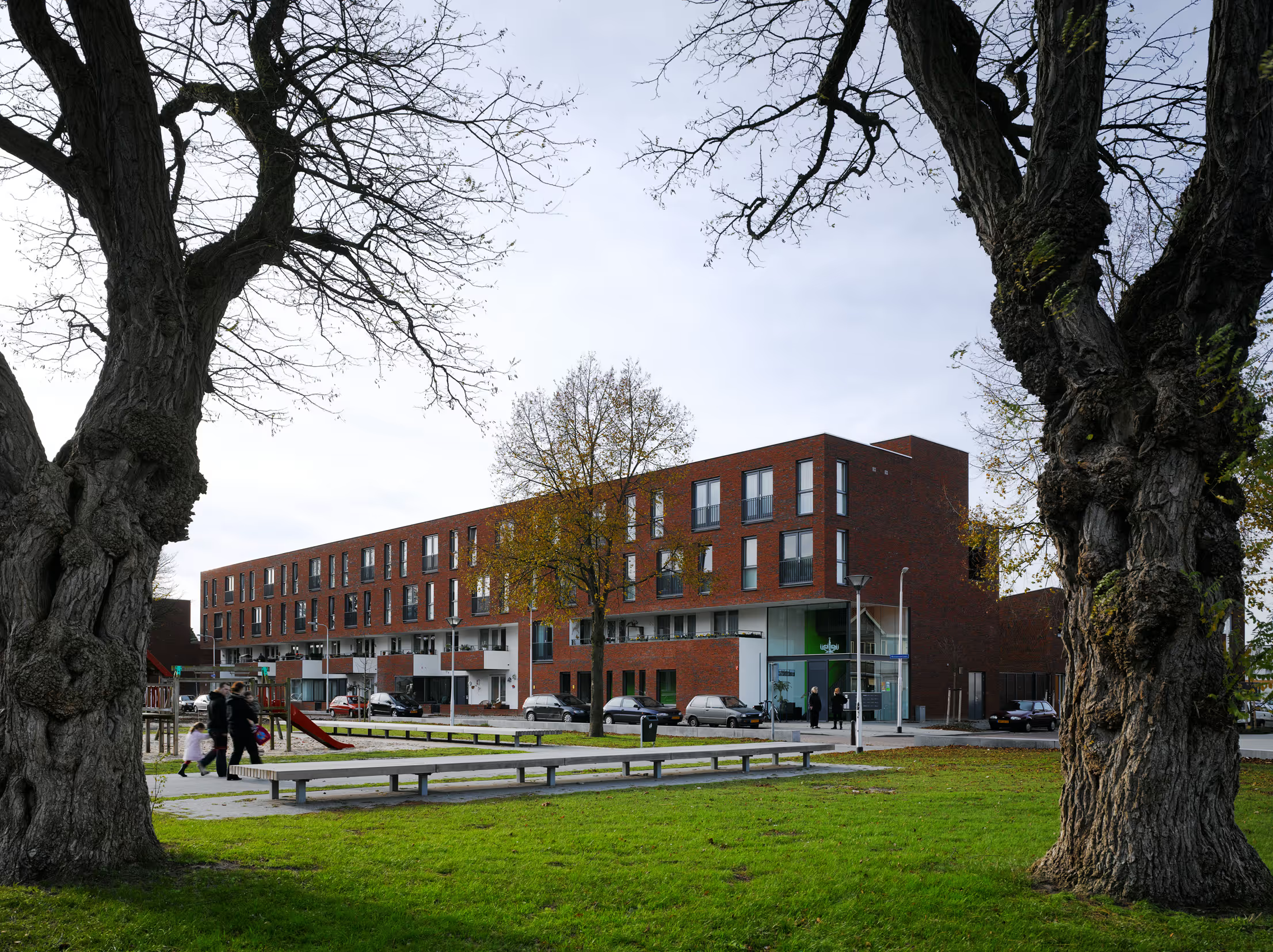
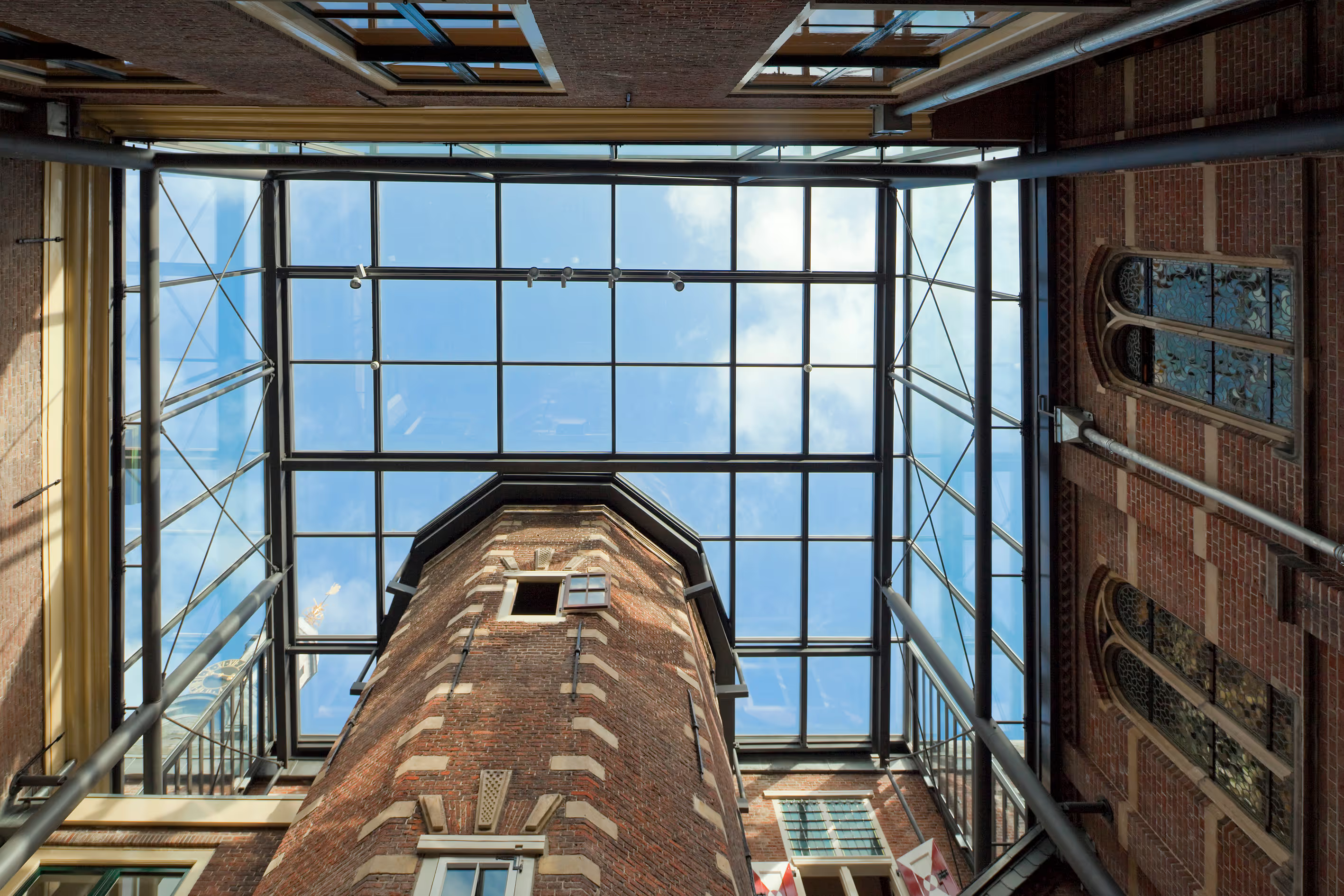

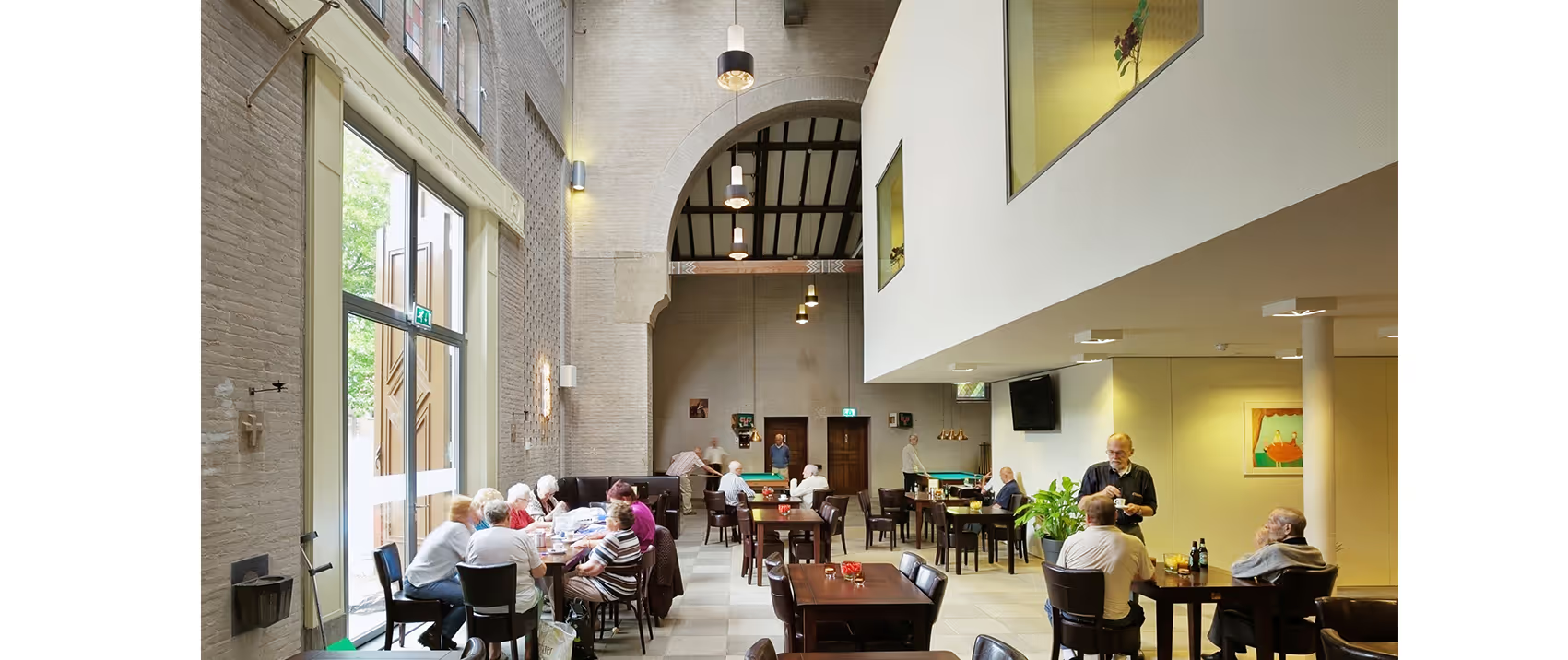
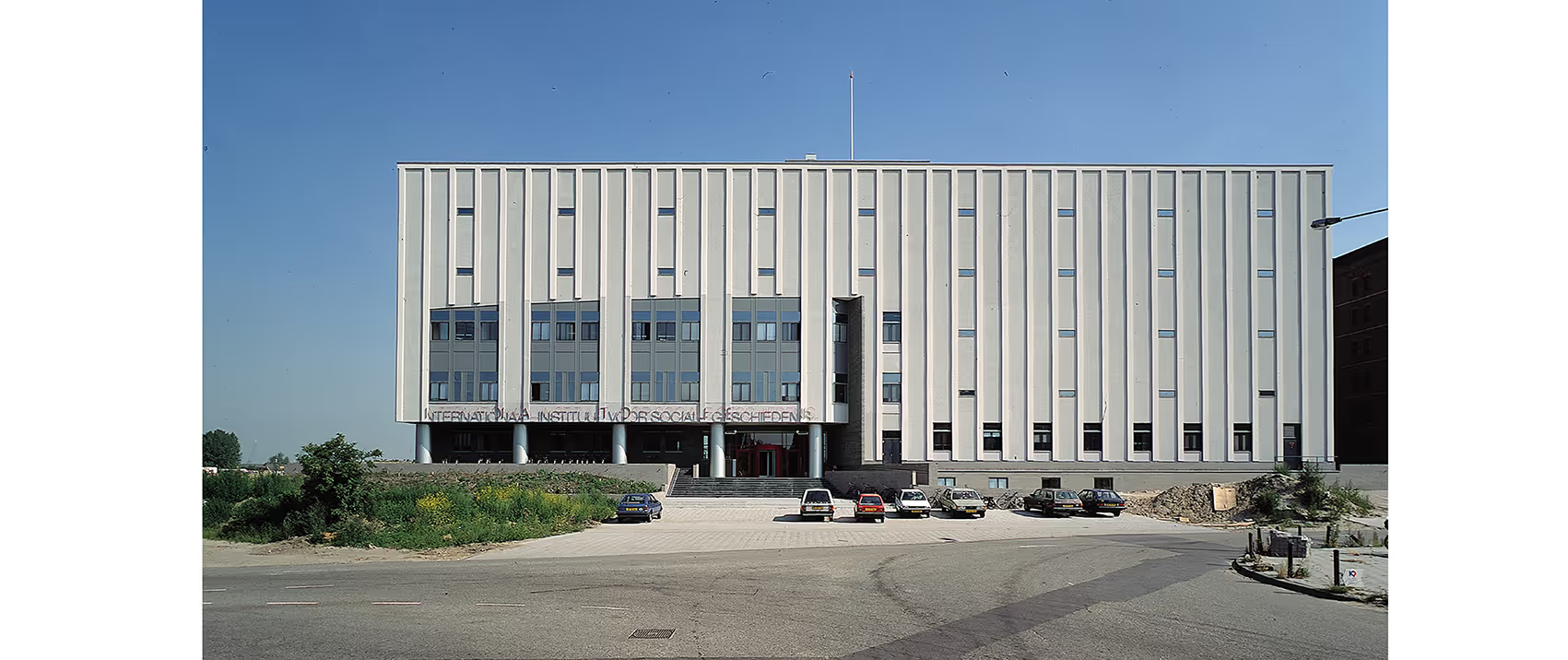
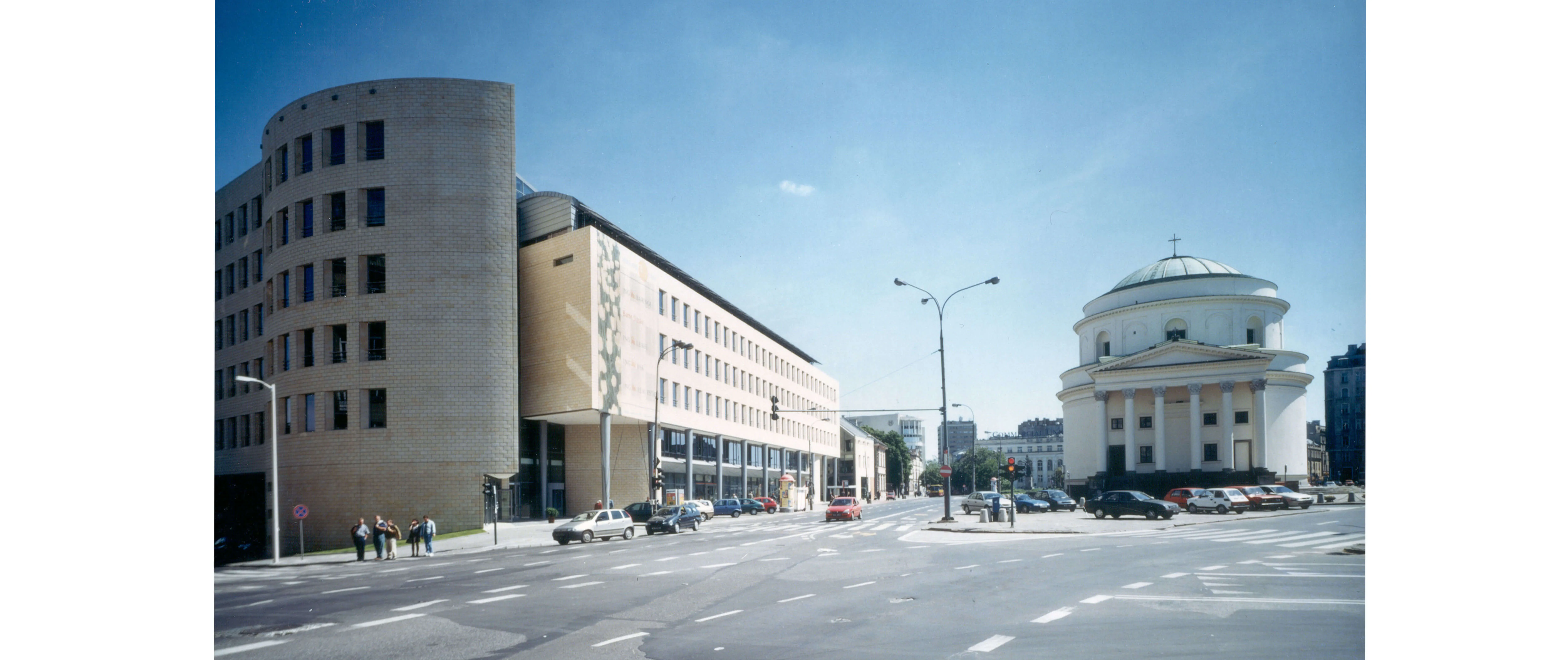
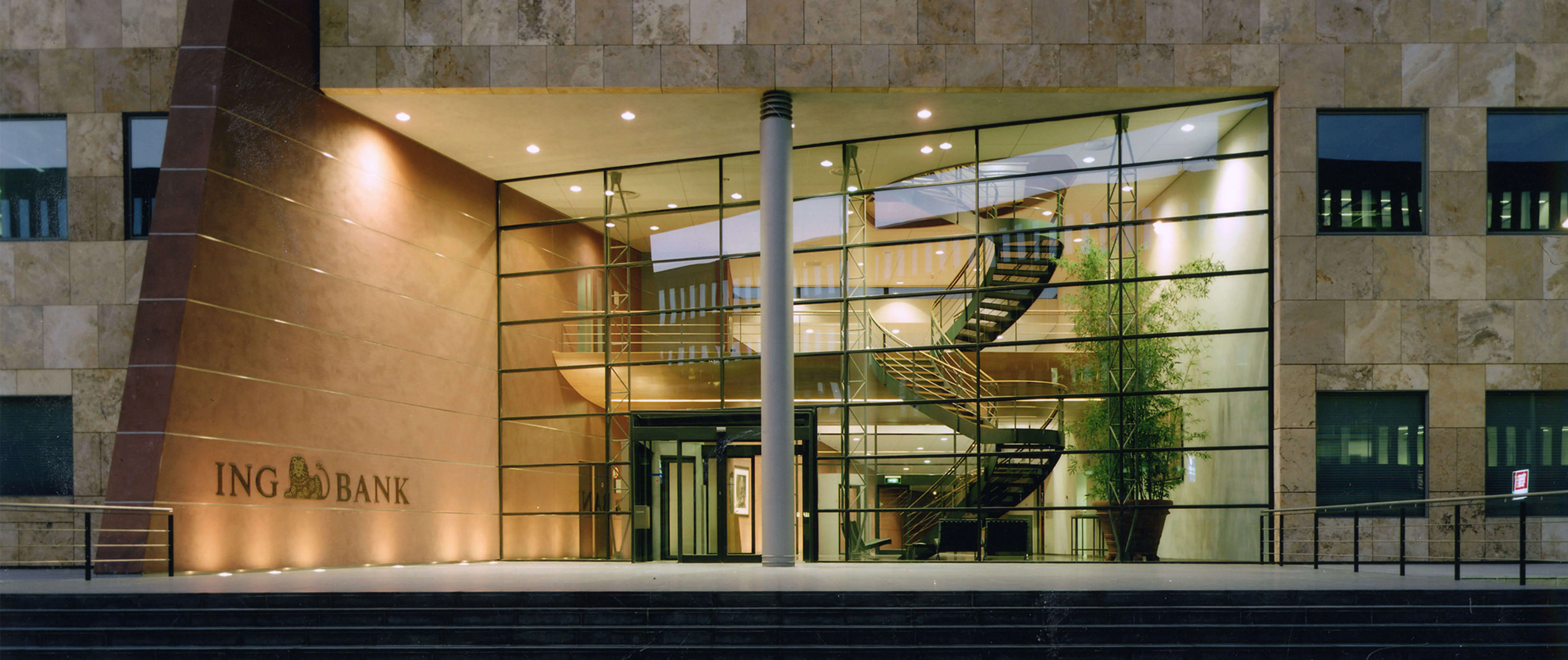
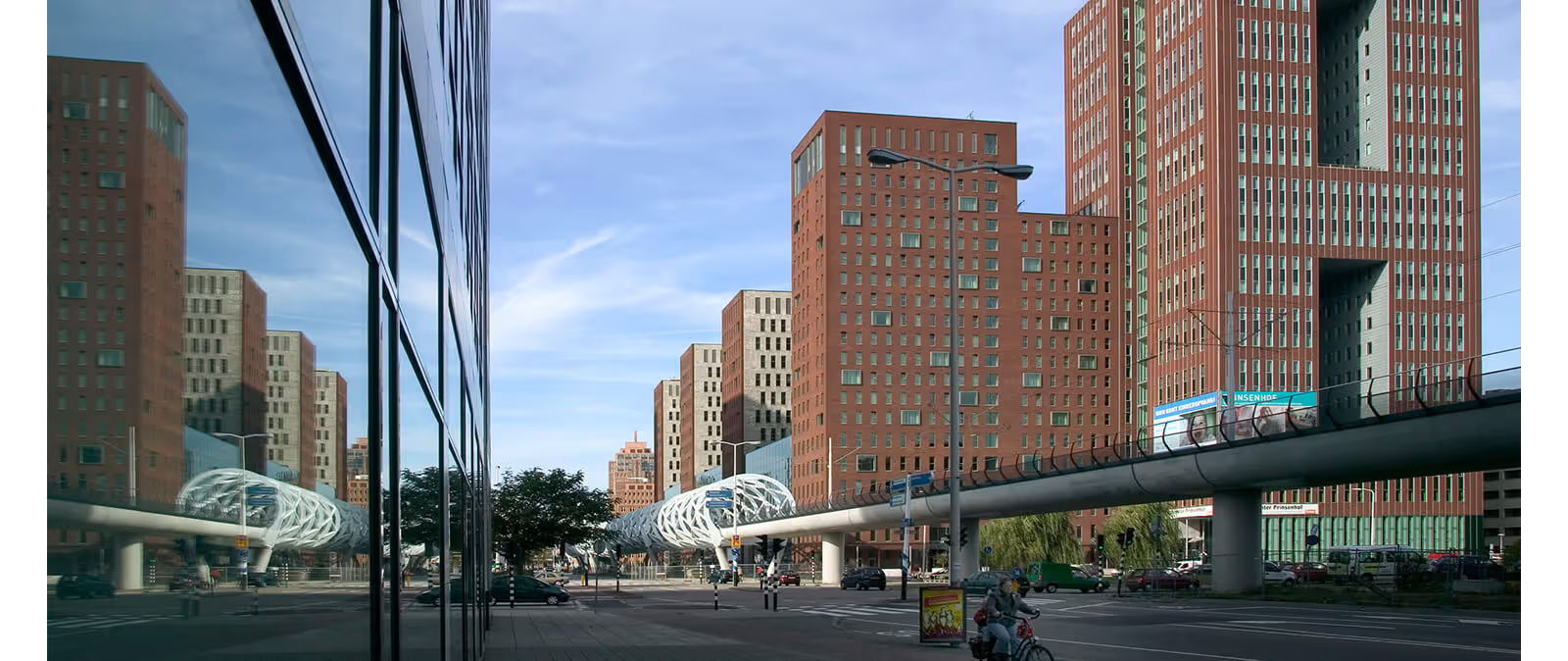
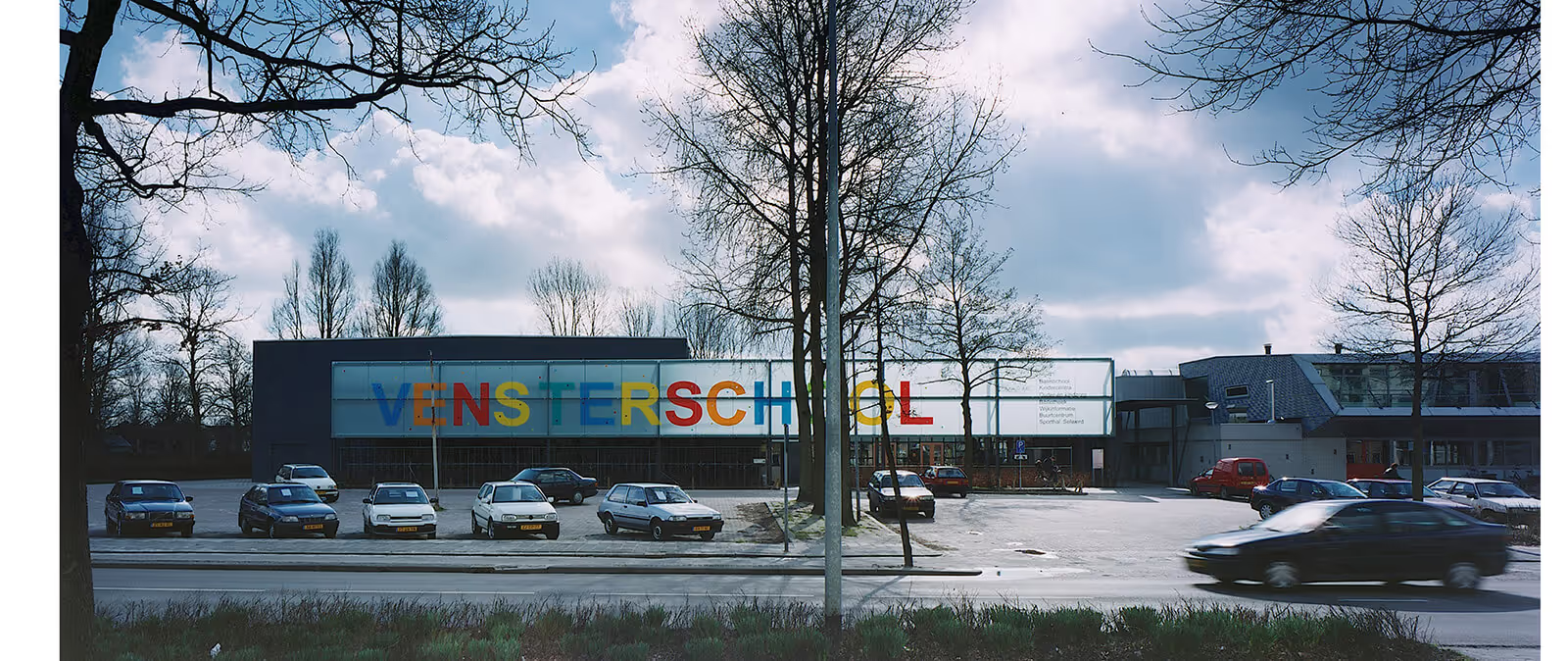

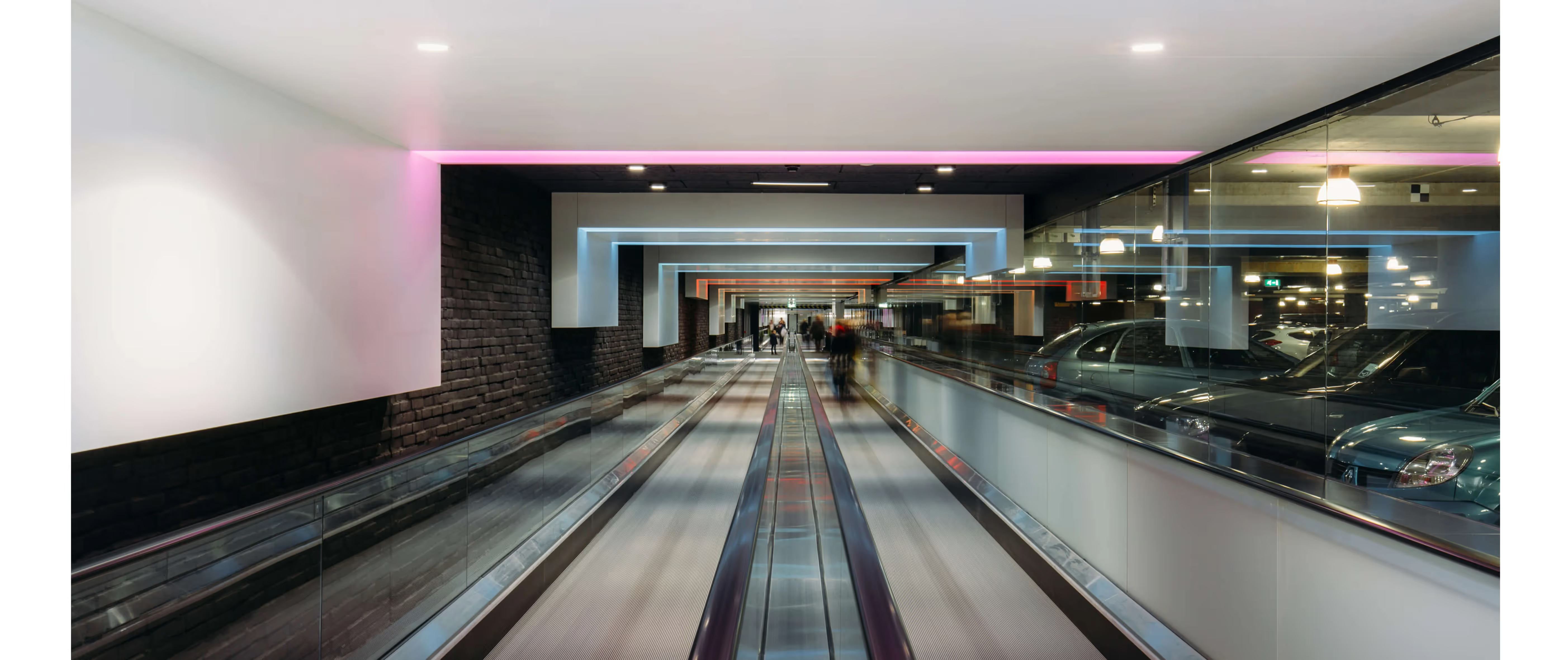

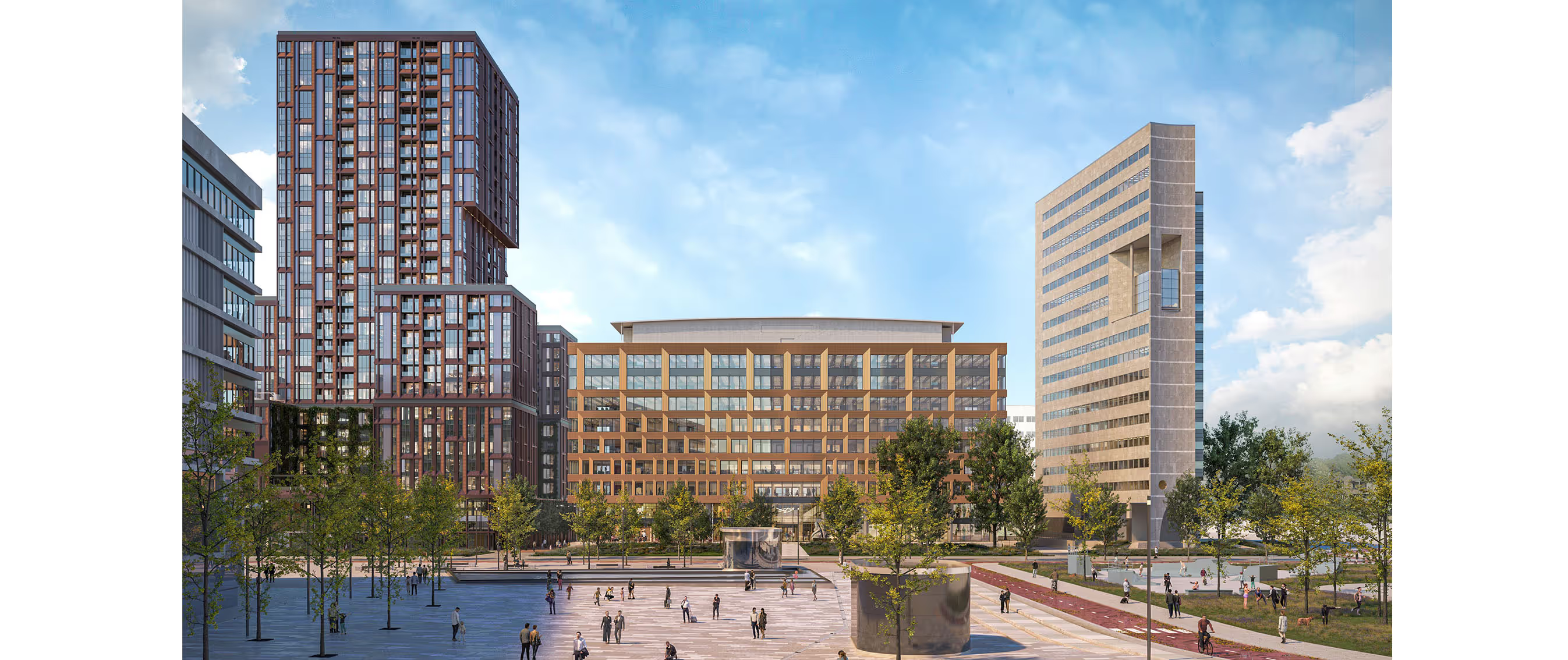
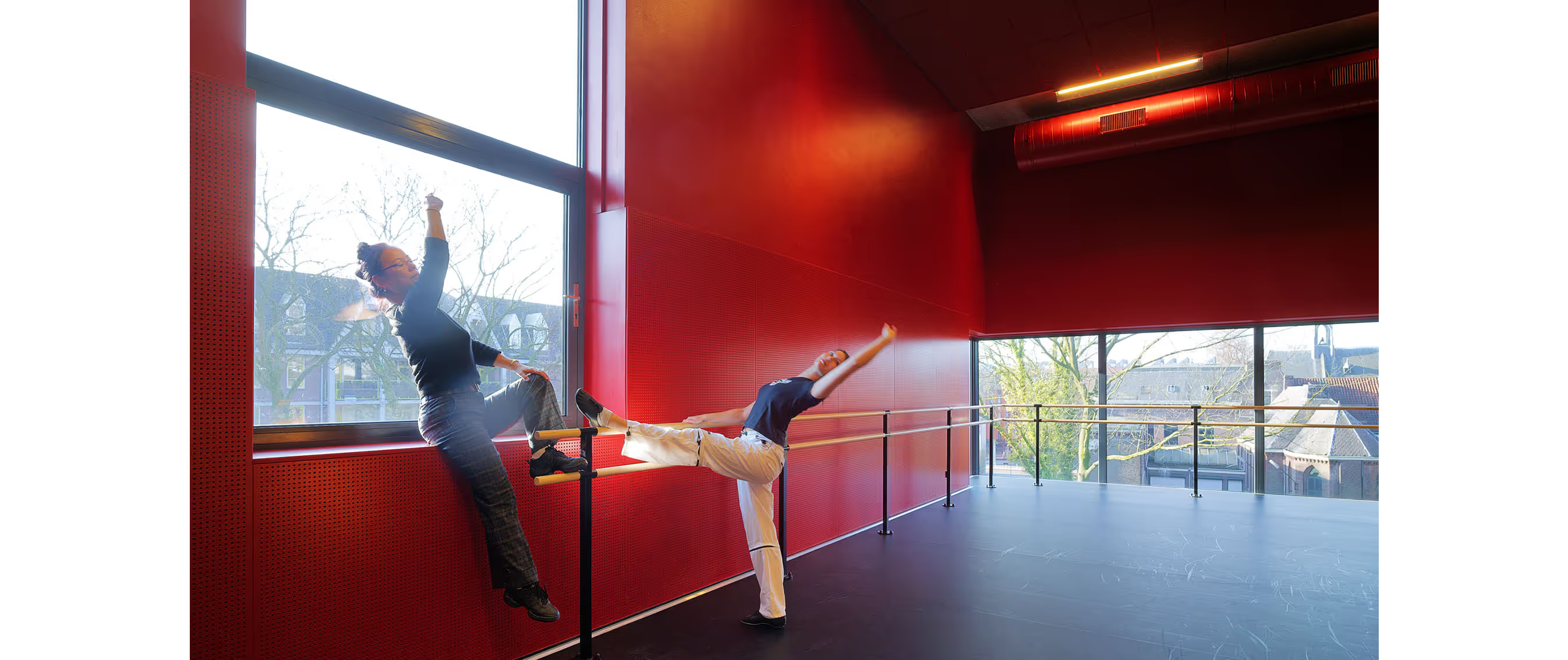
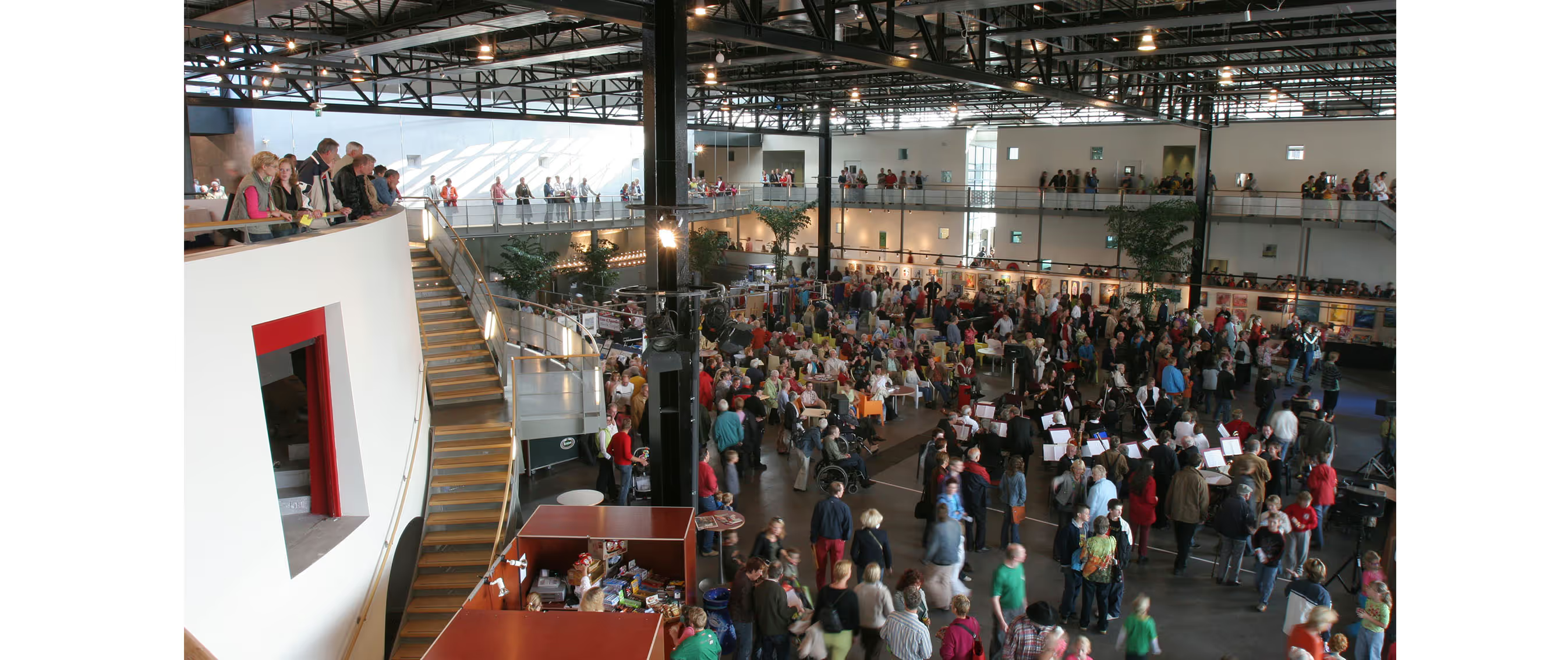
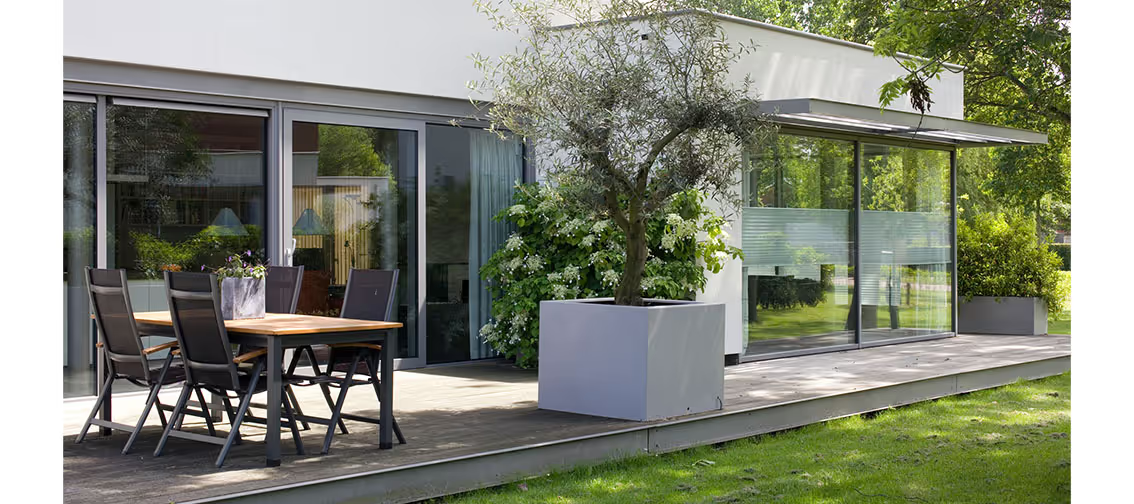
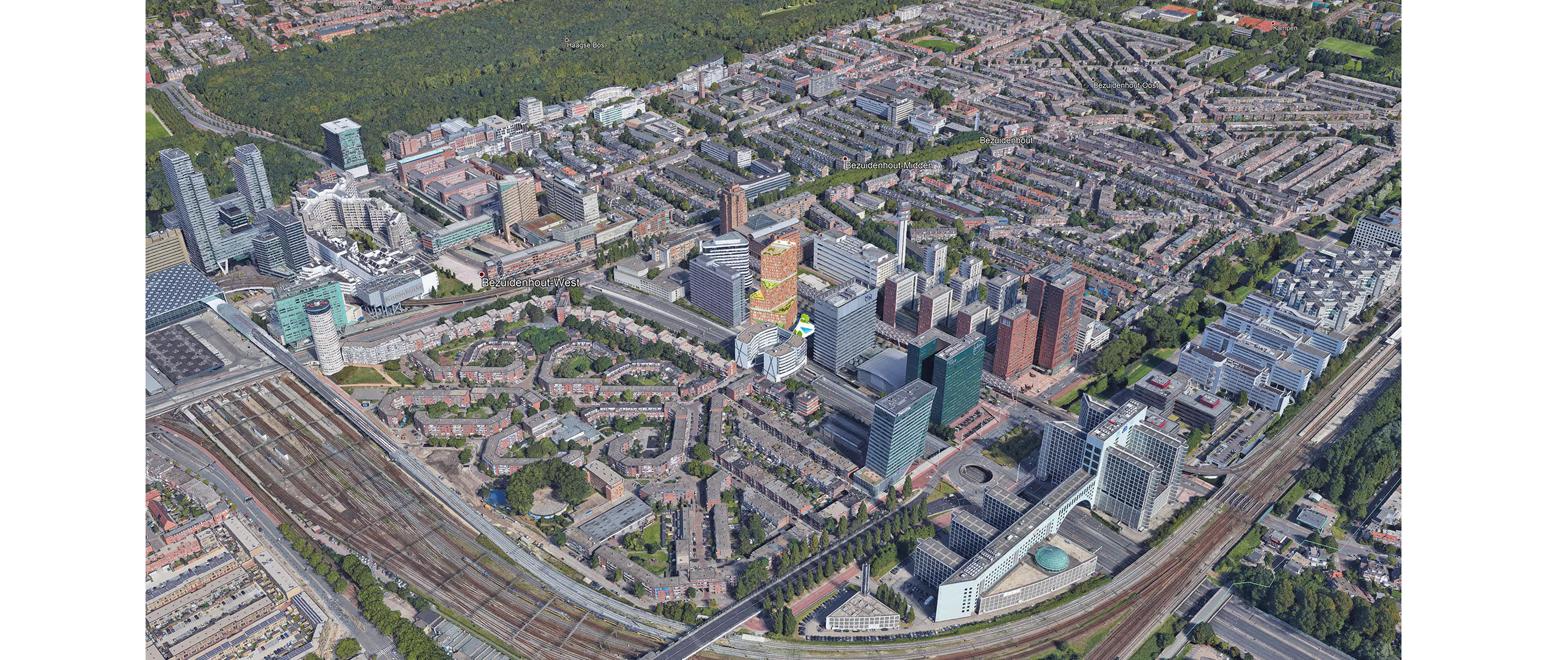

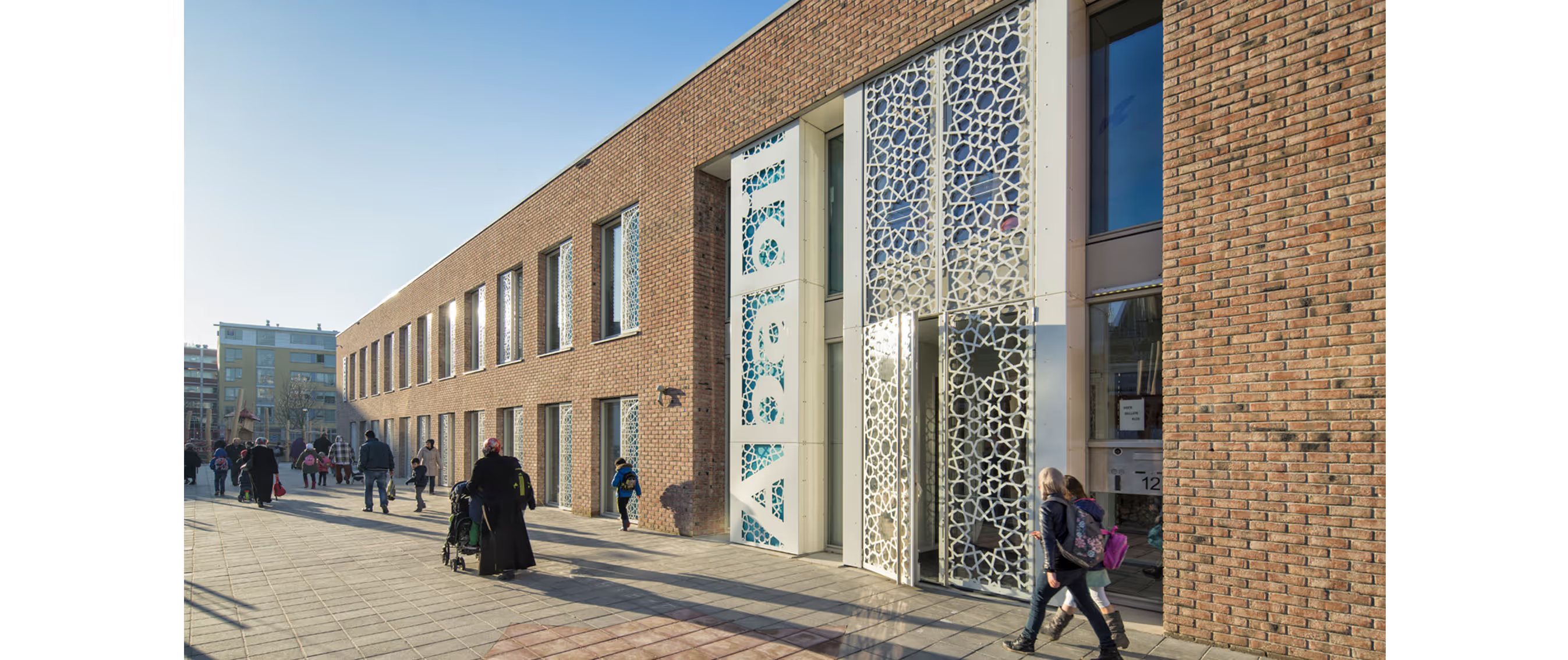
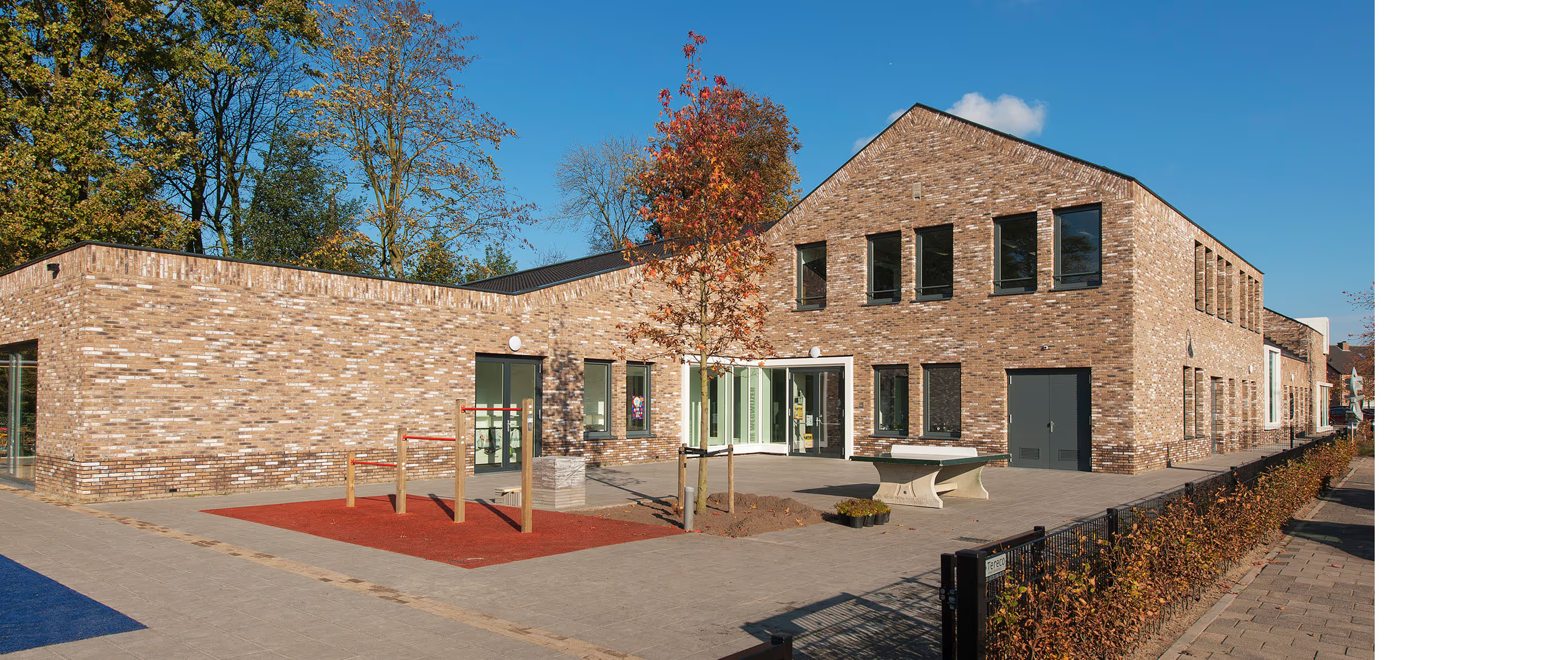

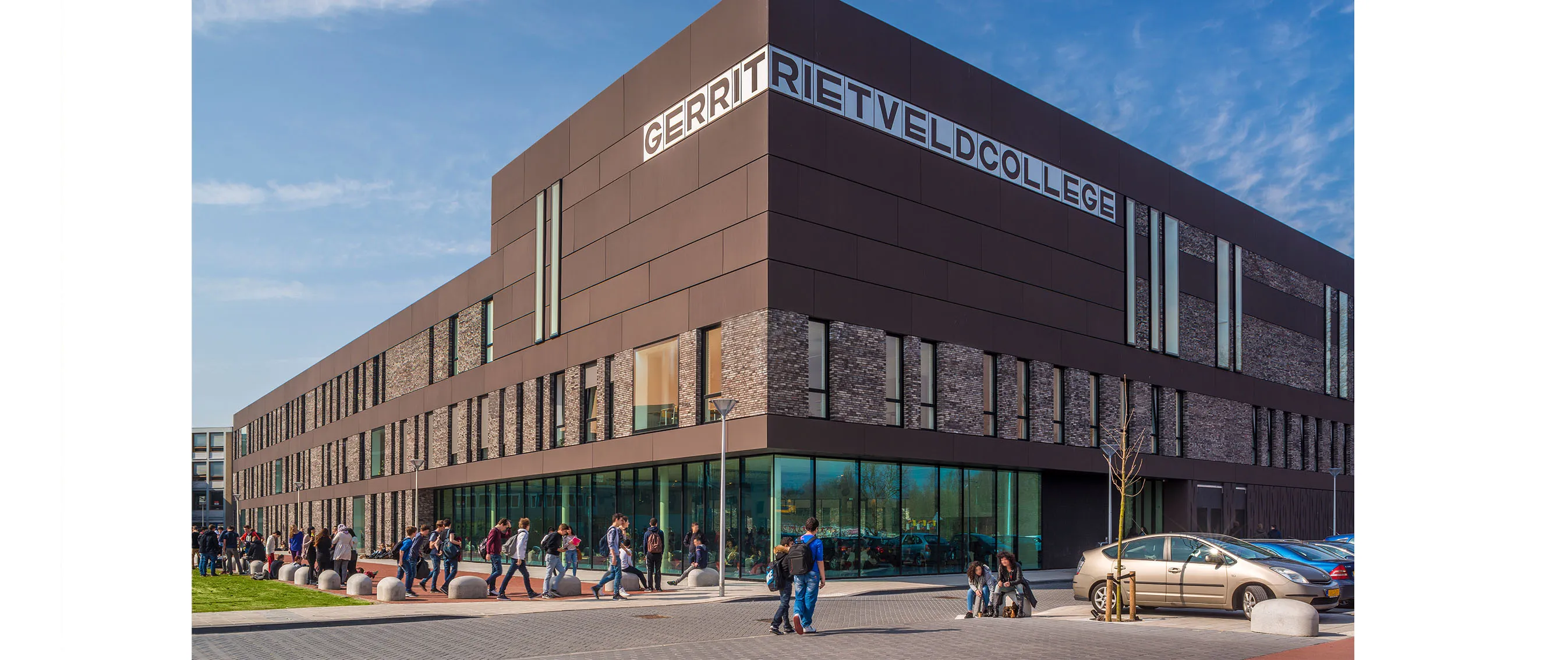
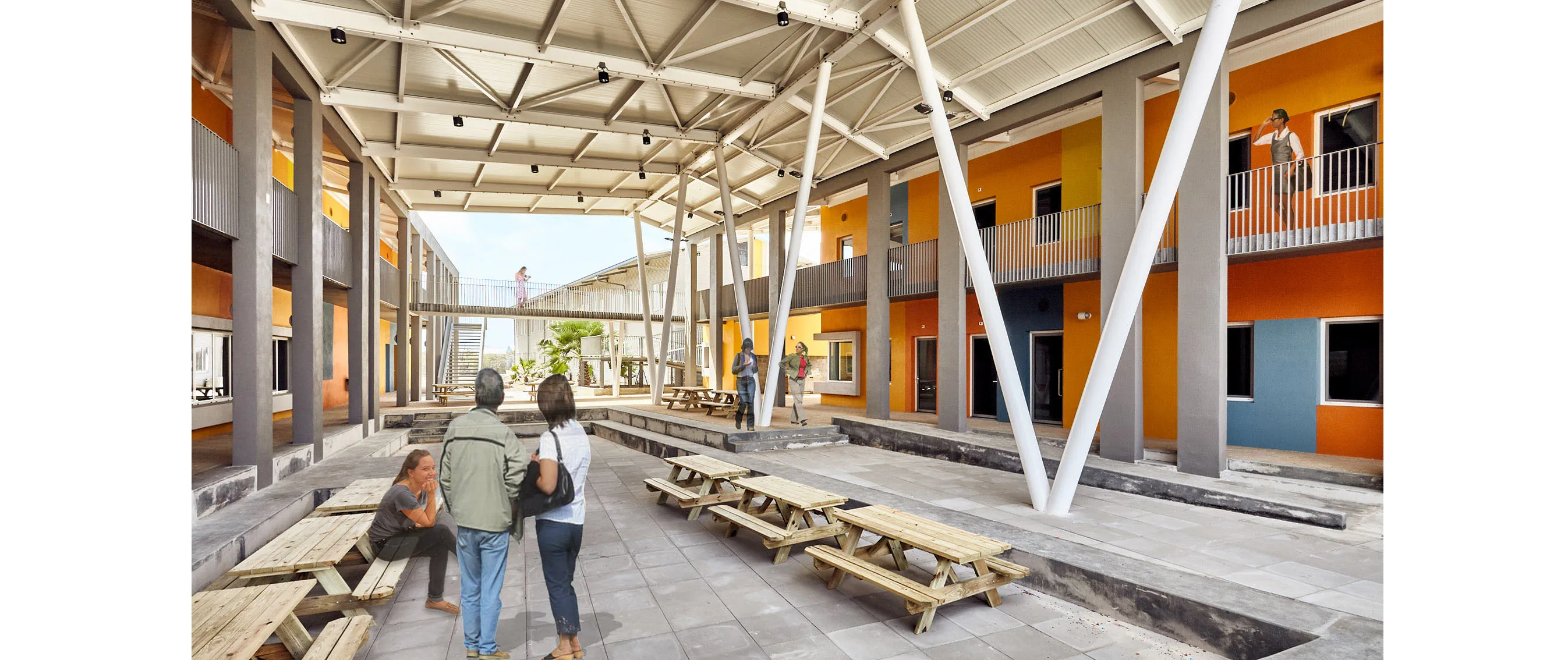
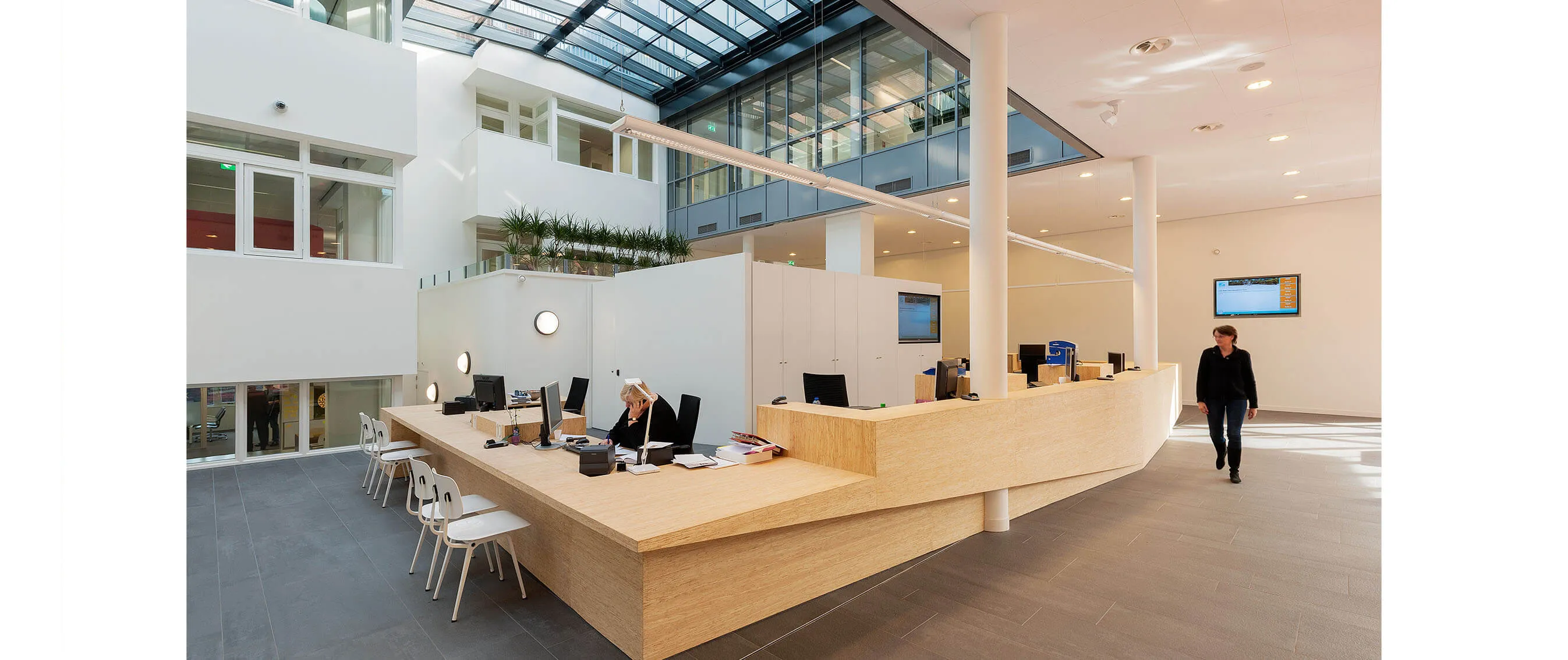
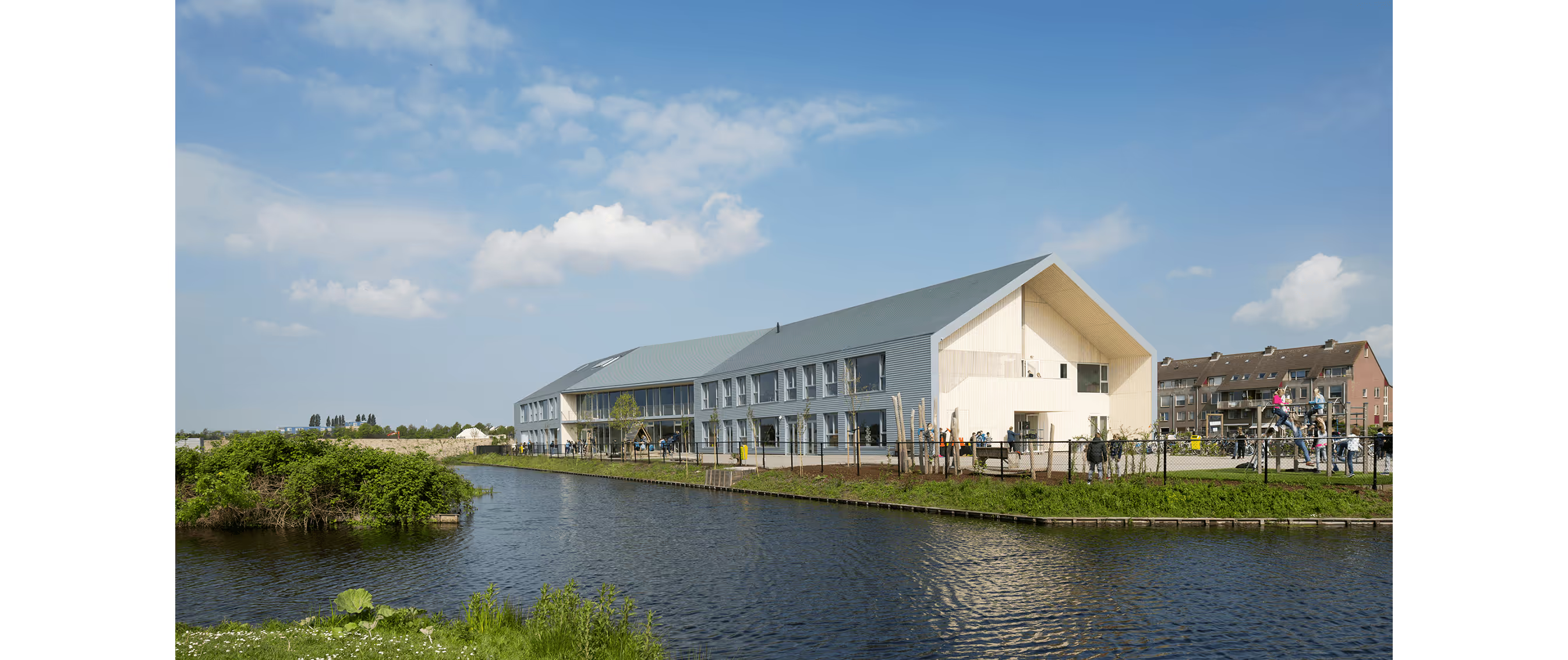

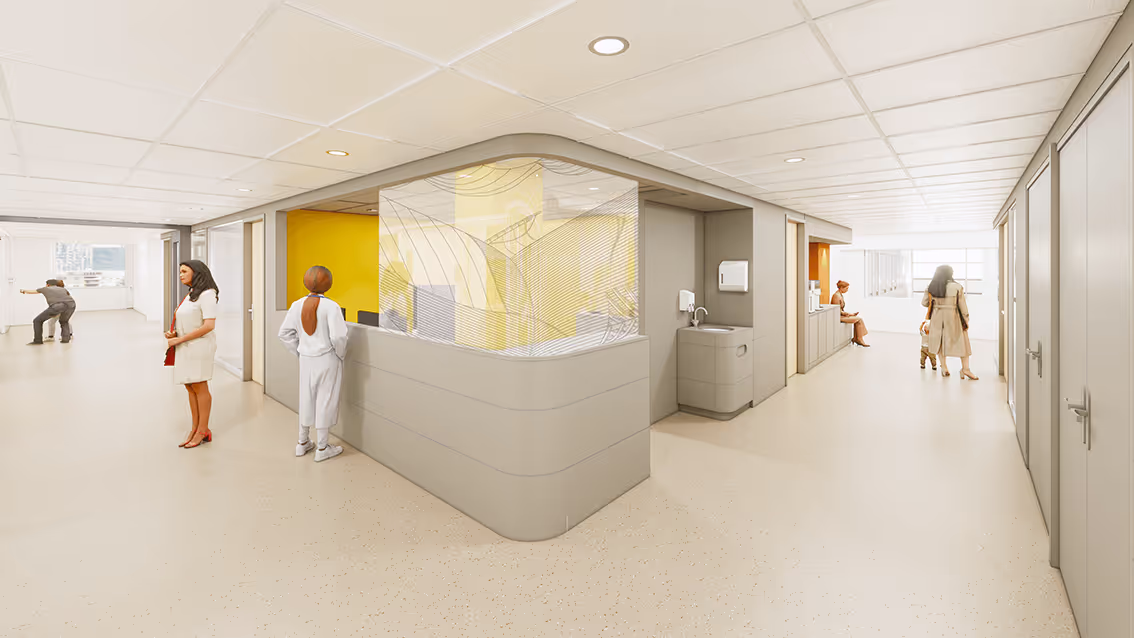
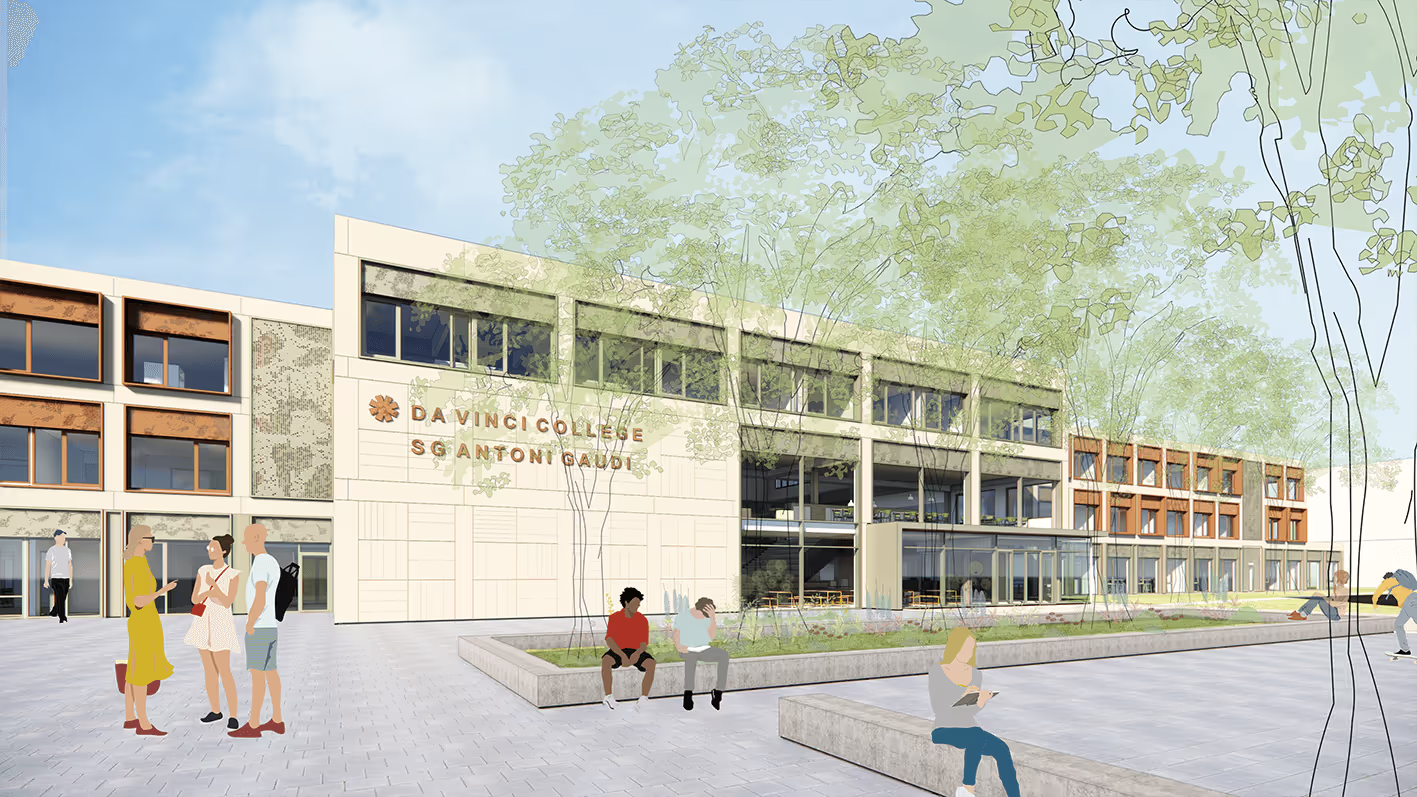
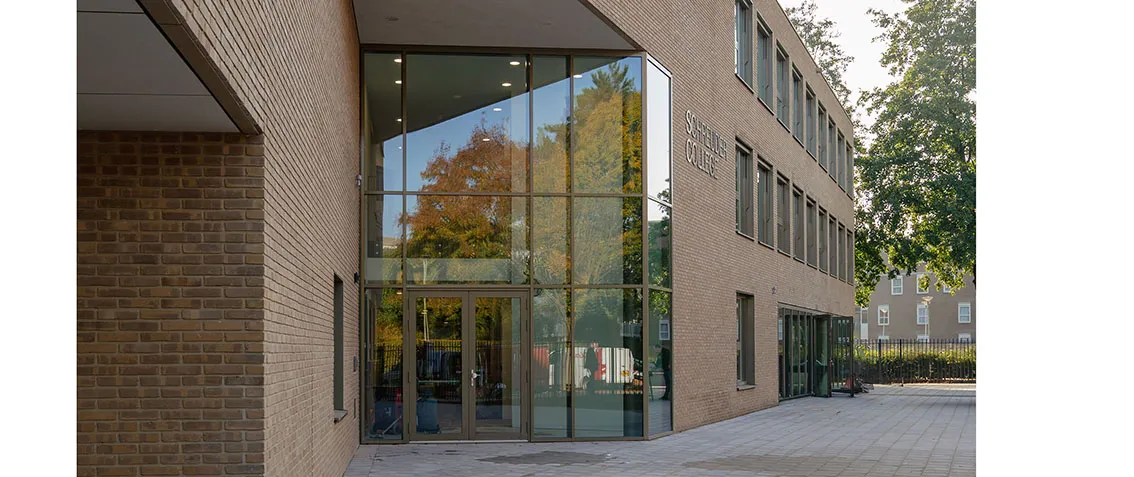
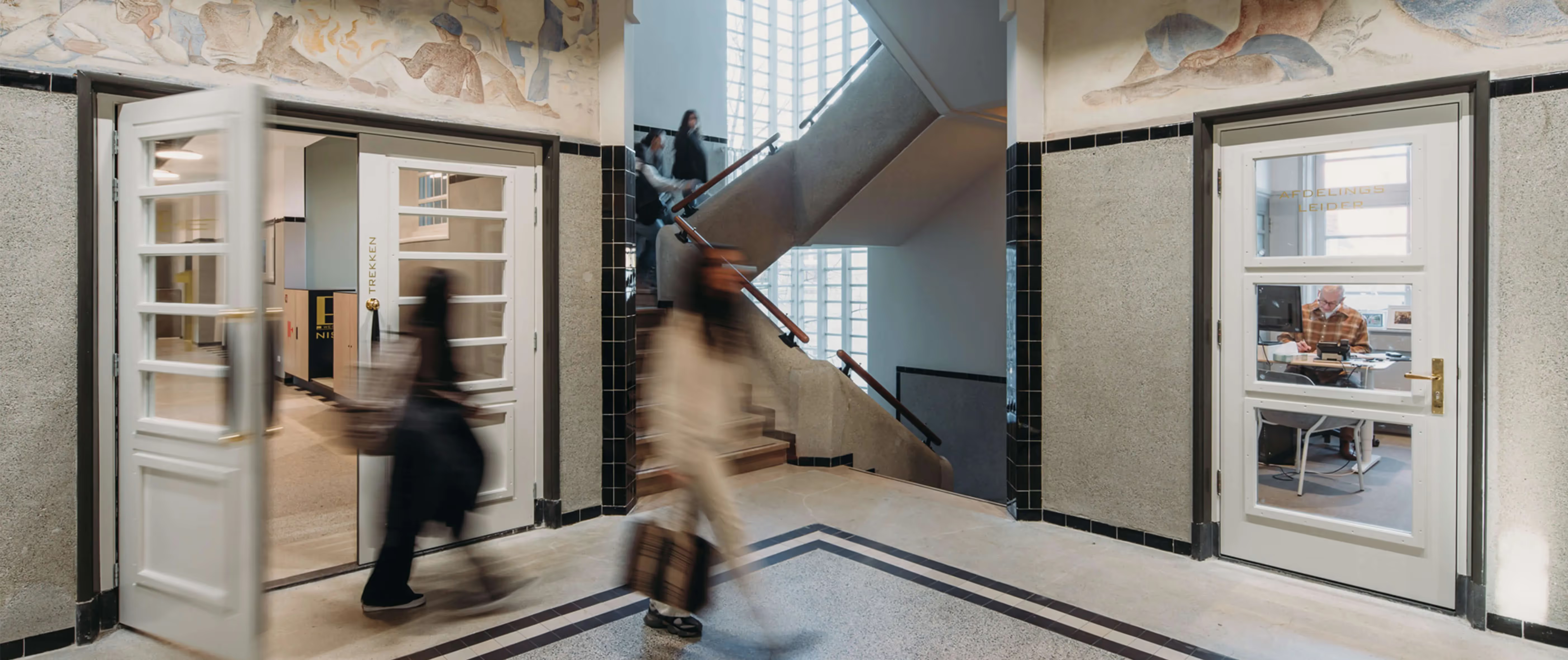
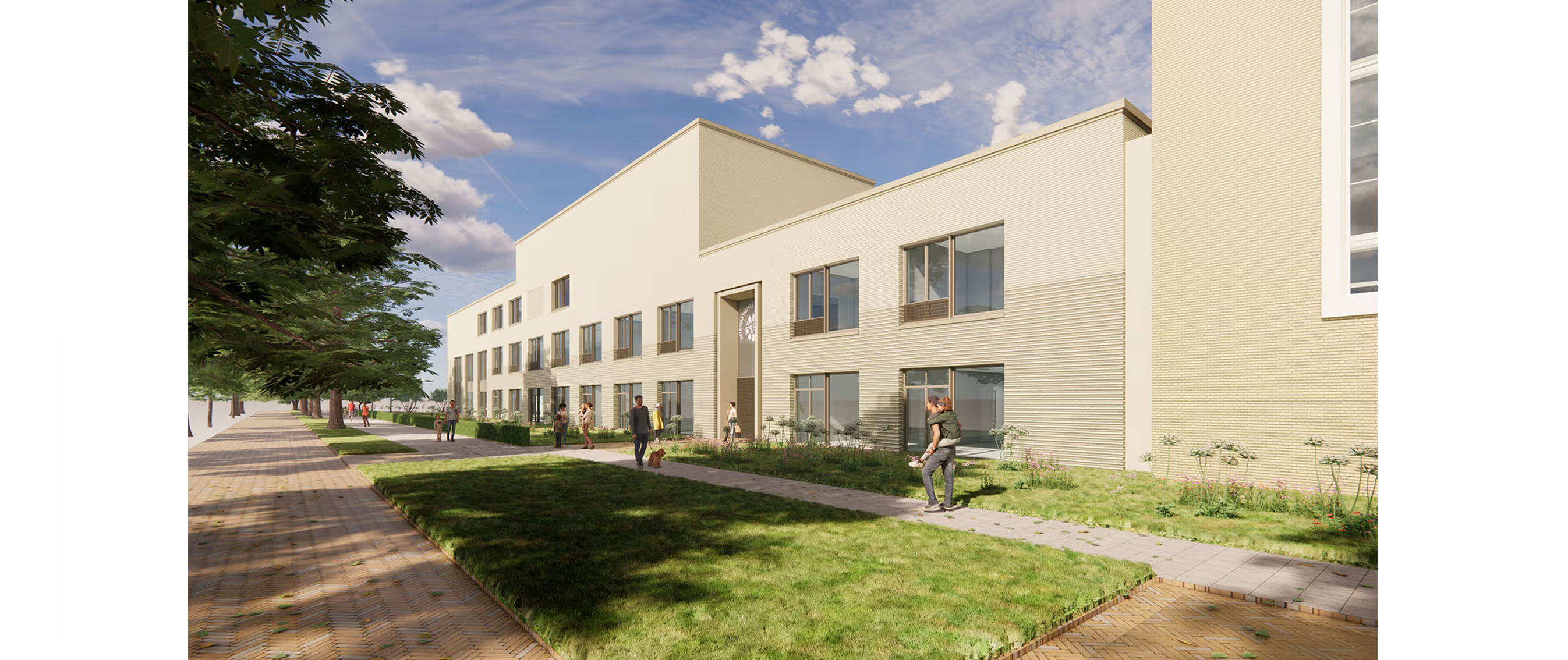

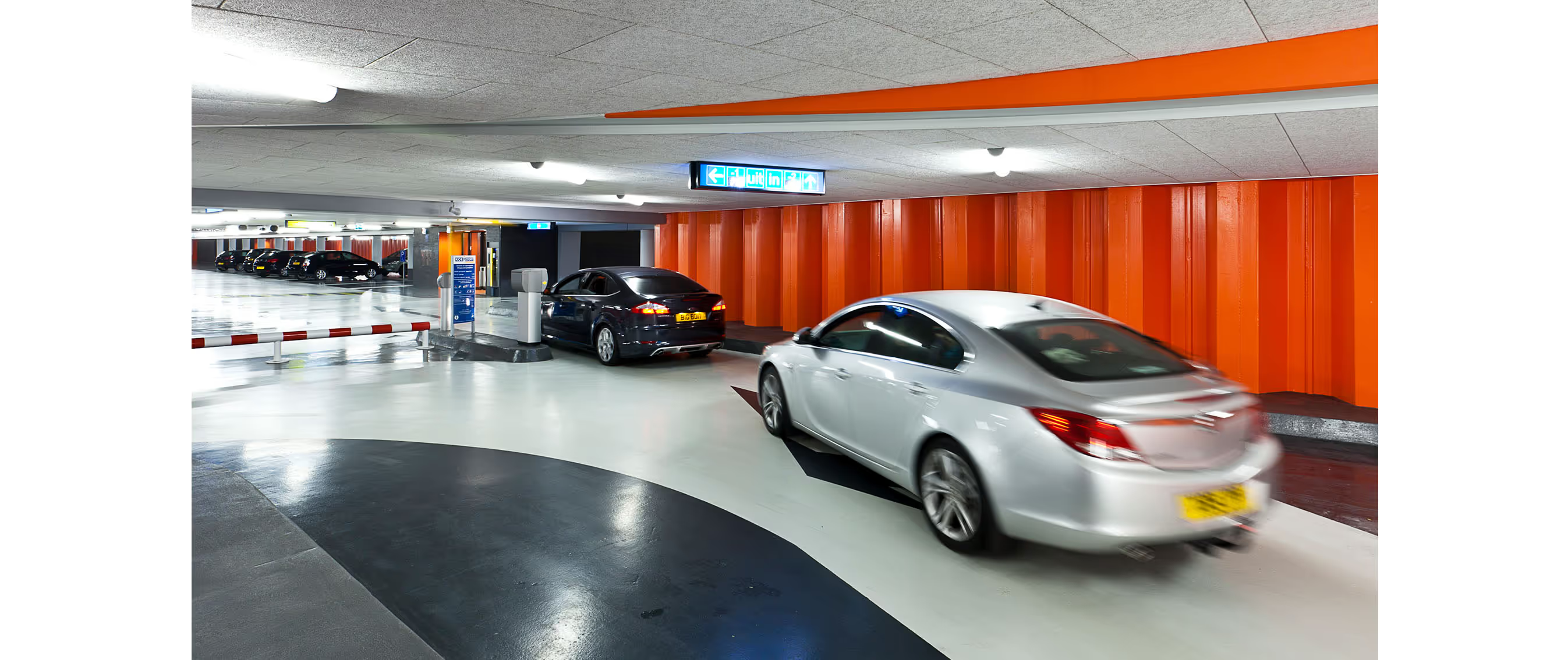
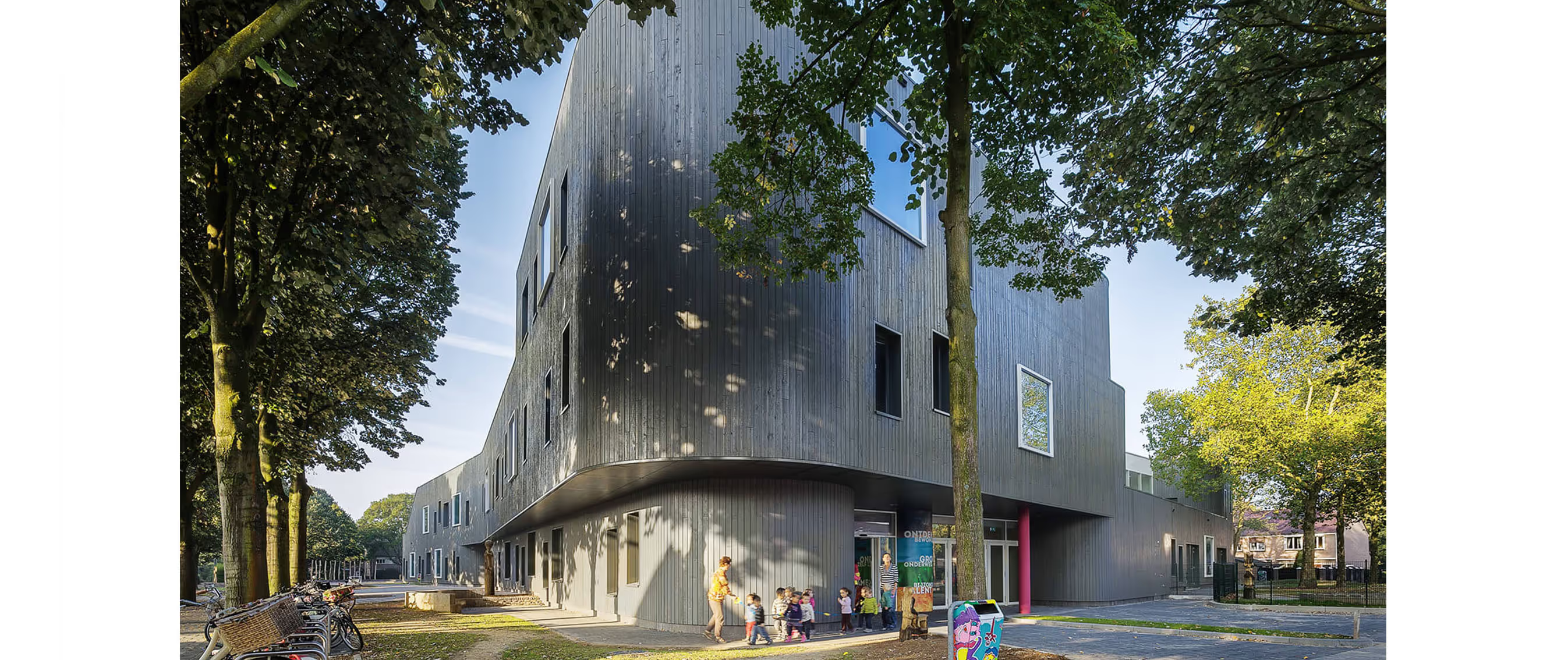
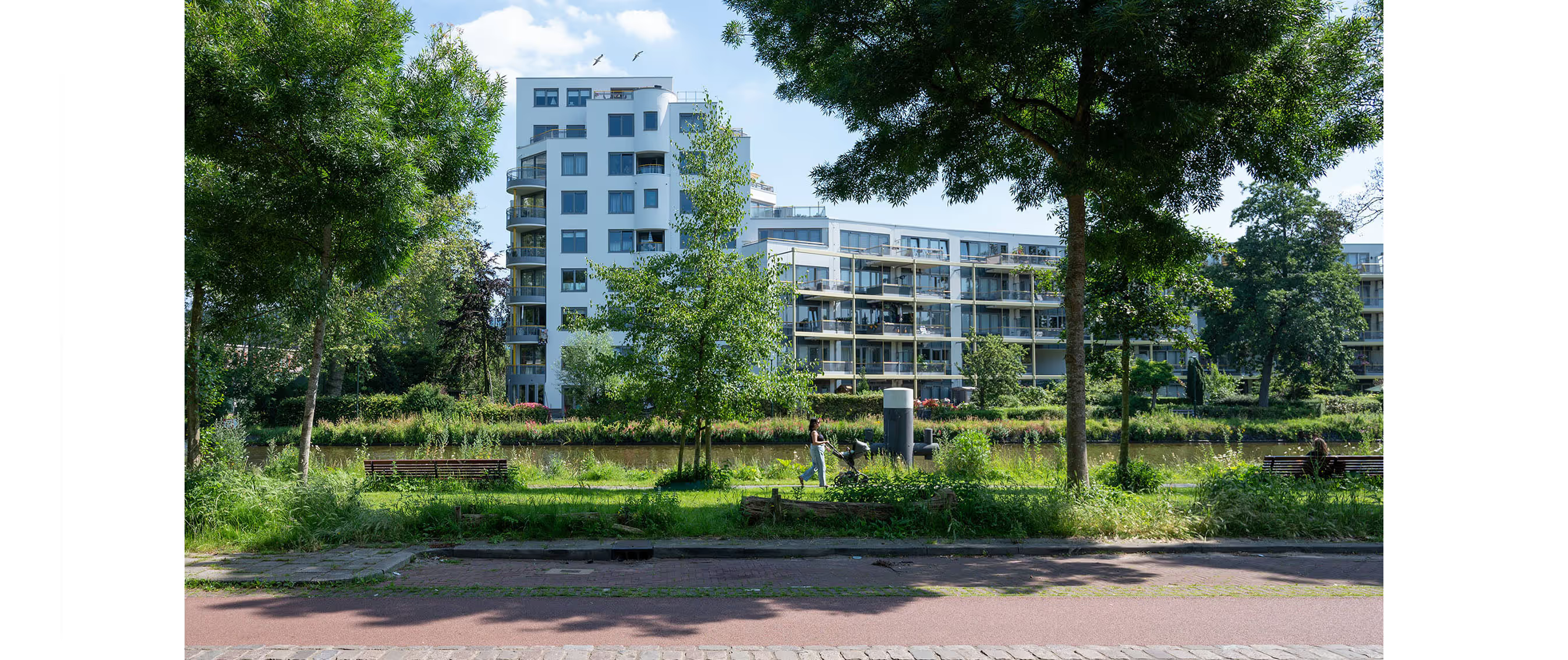
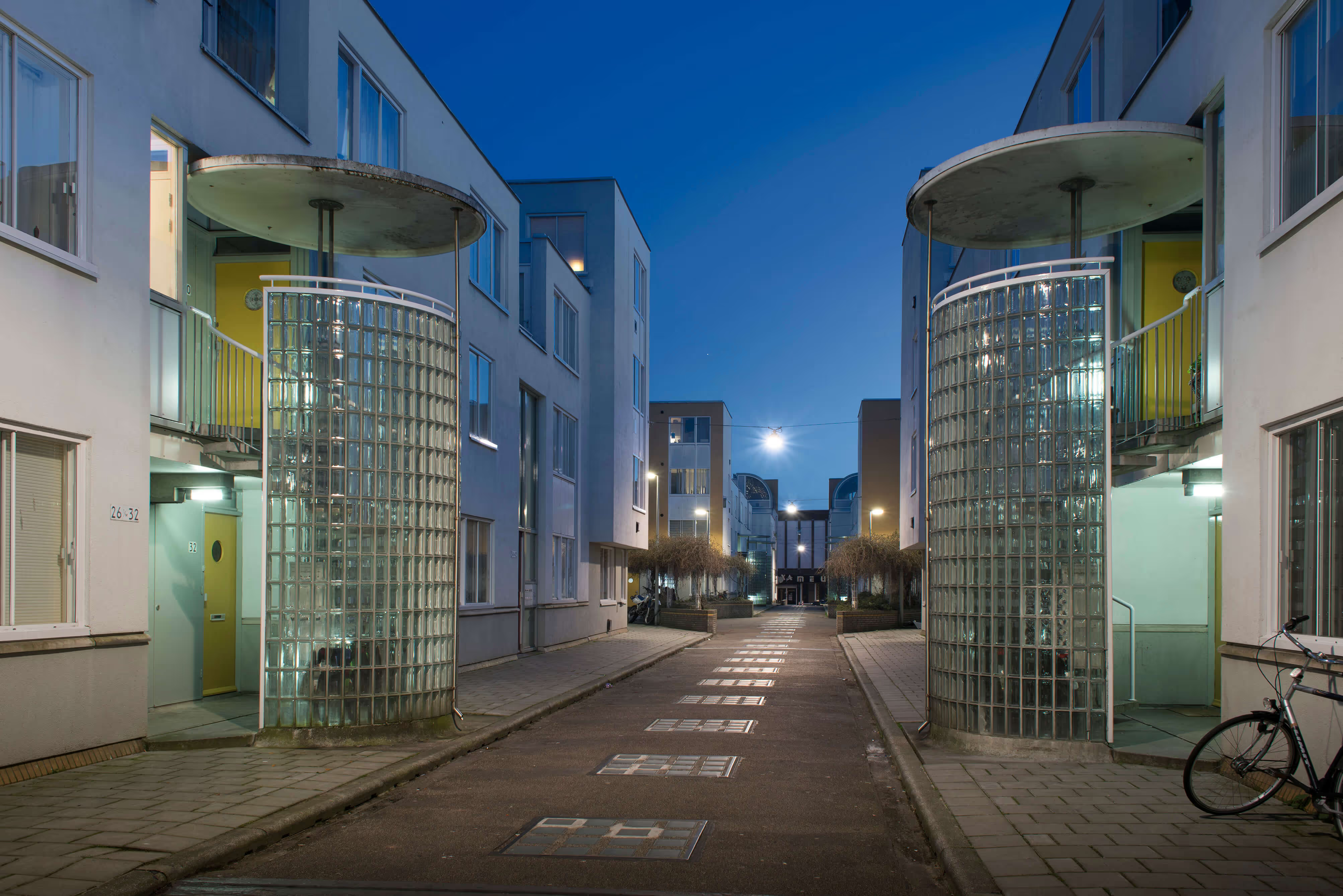
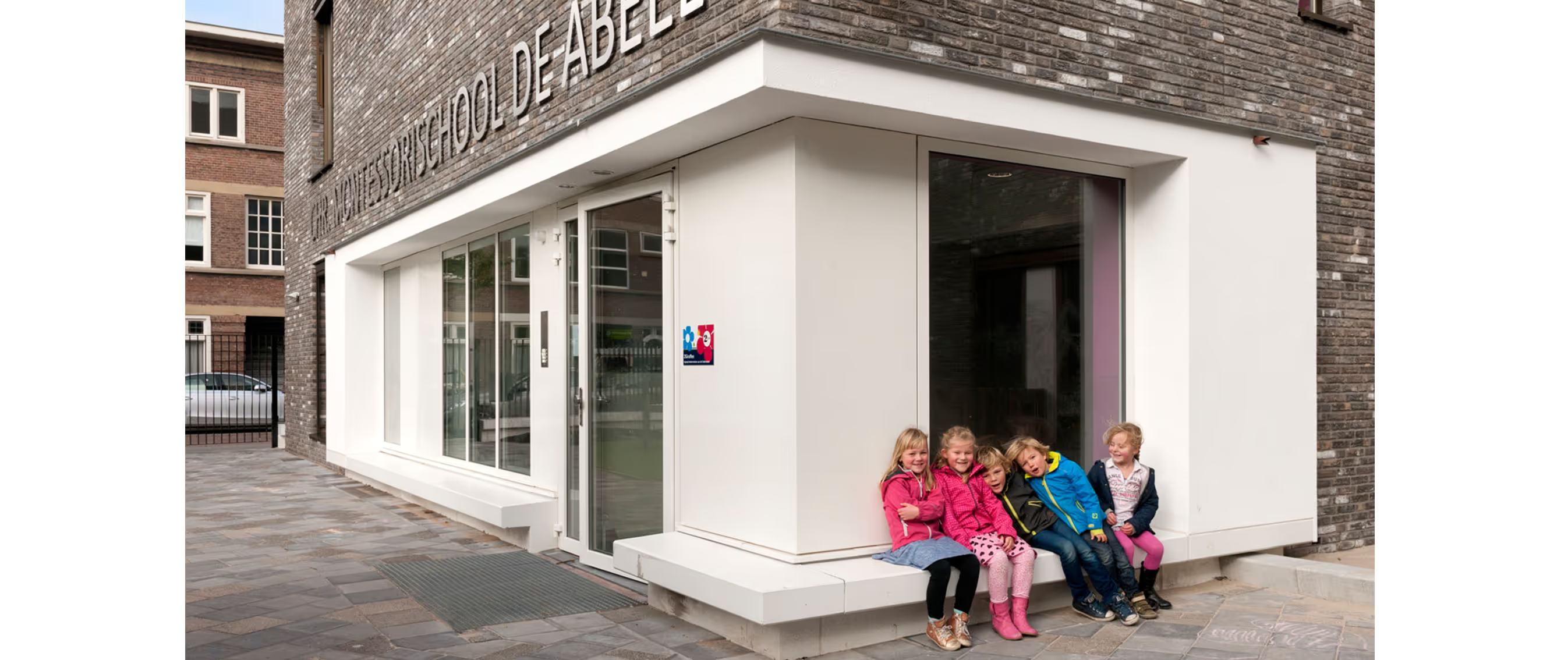
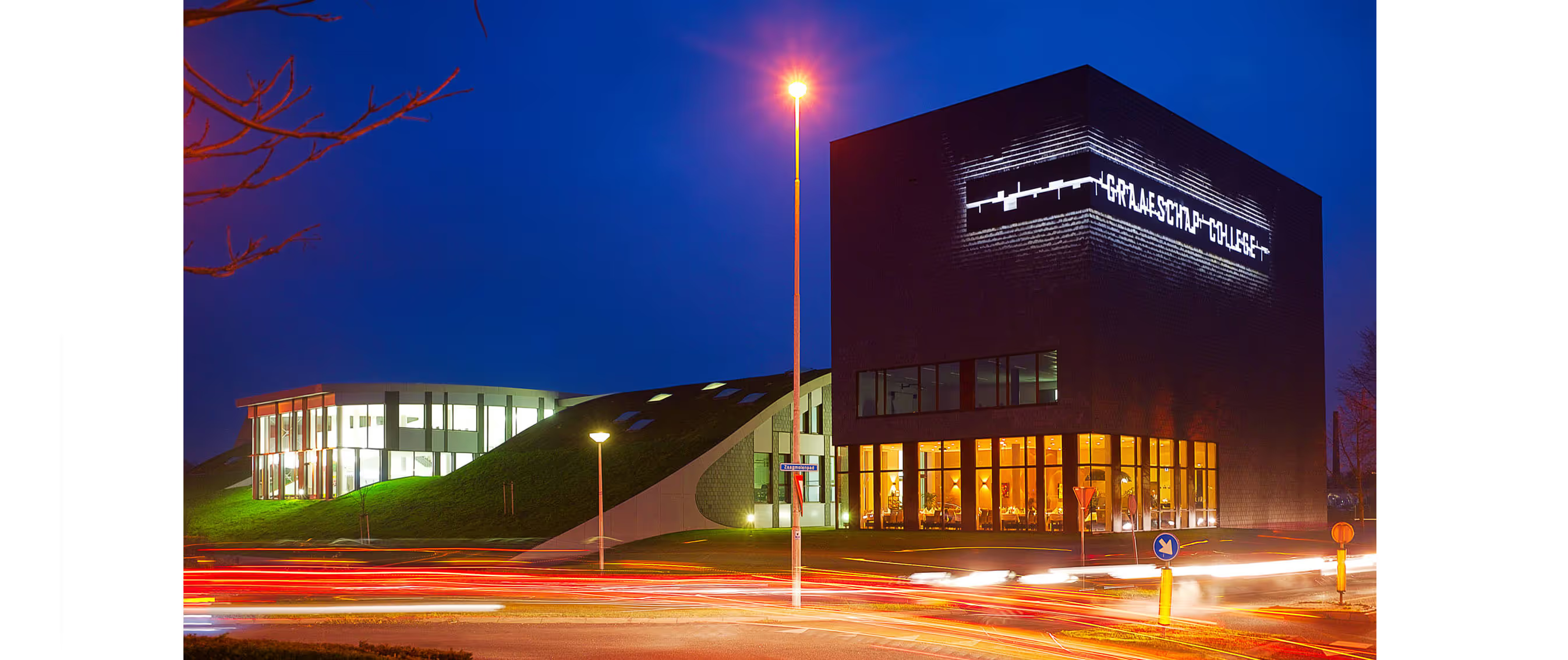
.jpg)
